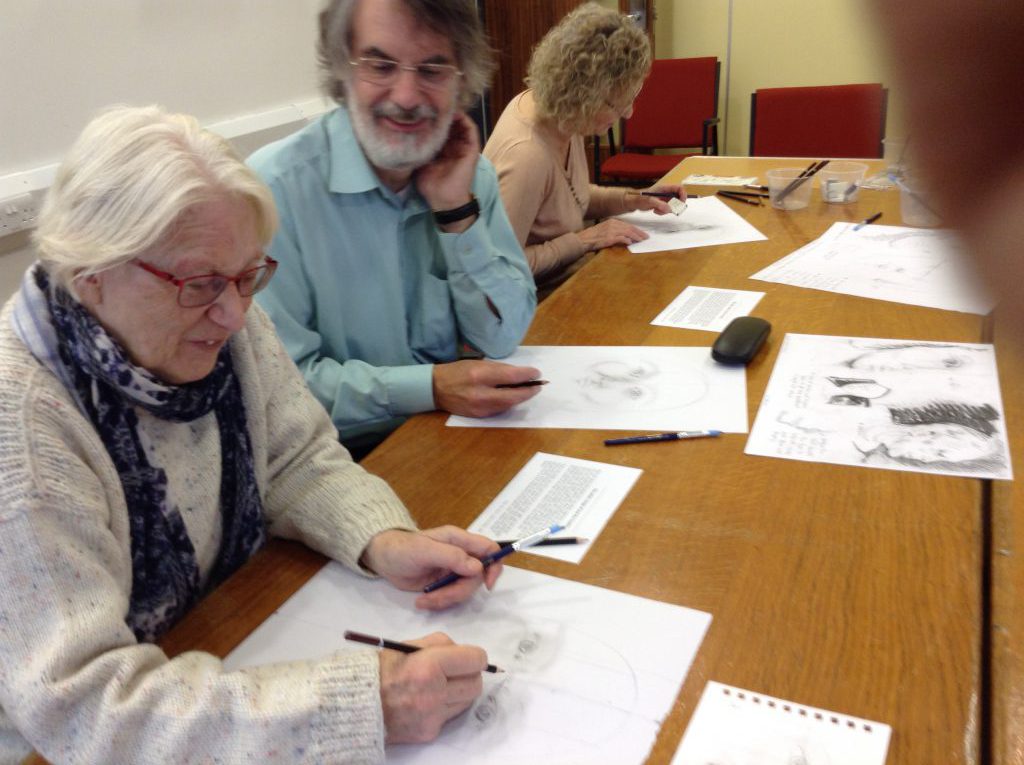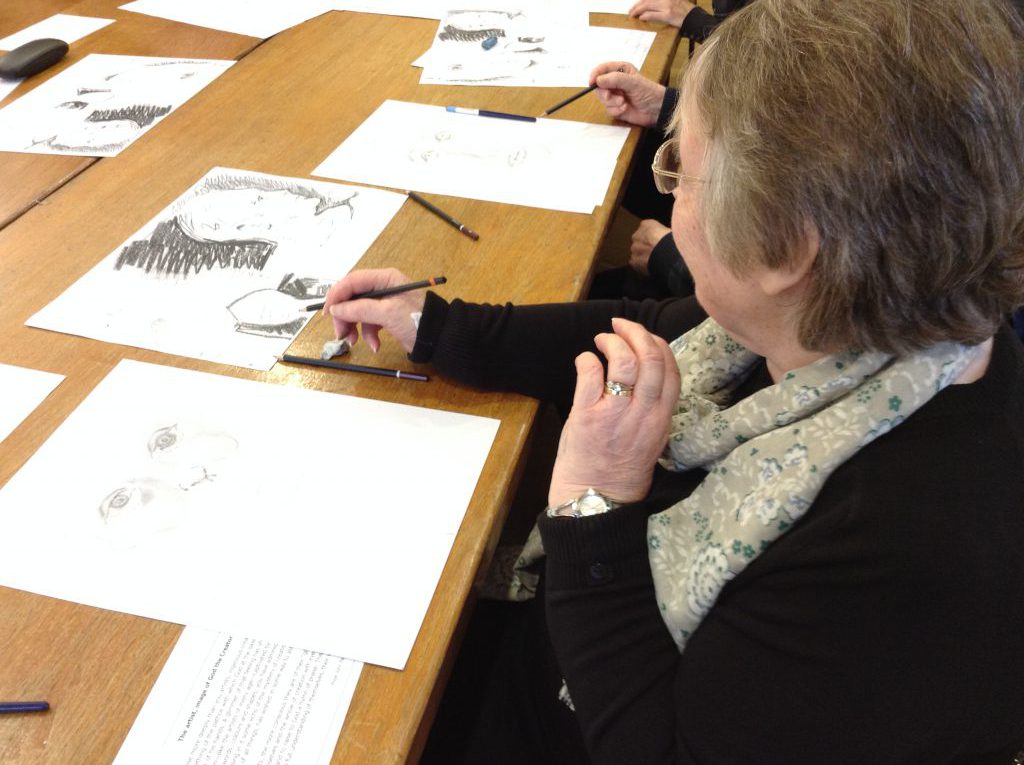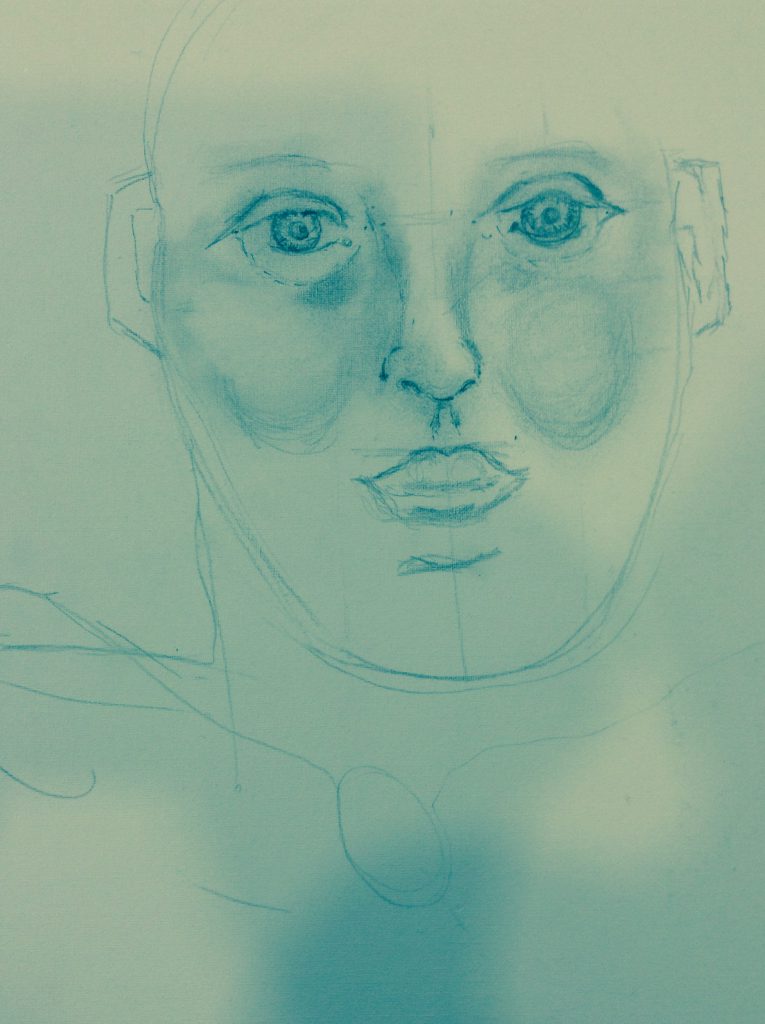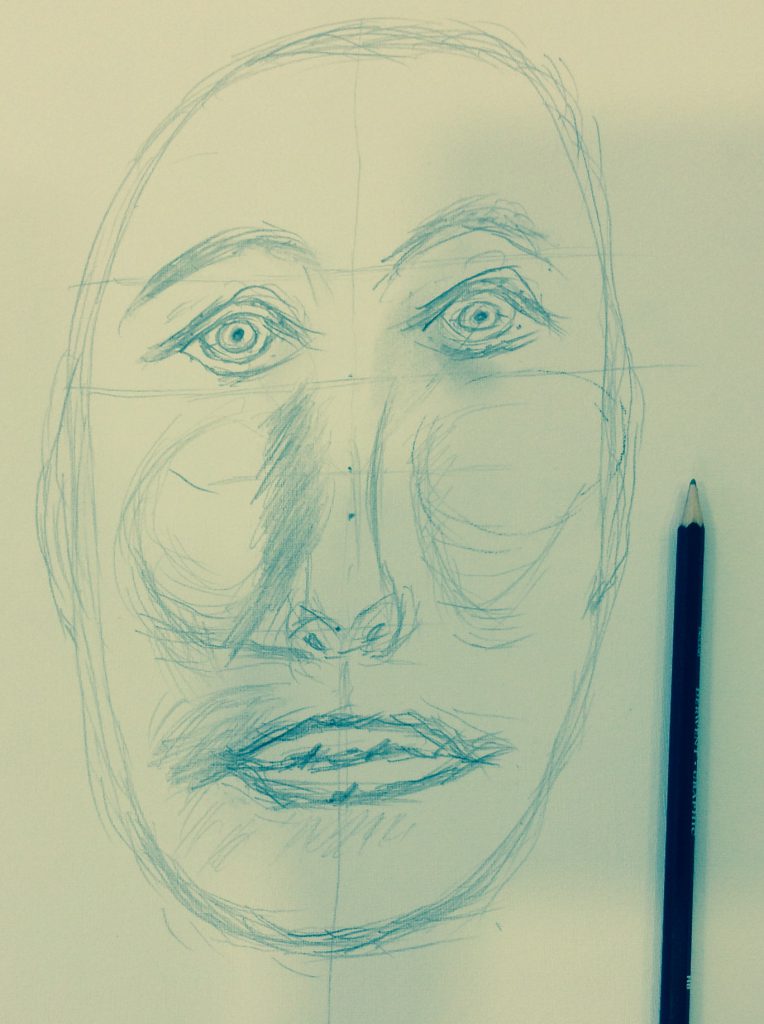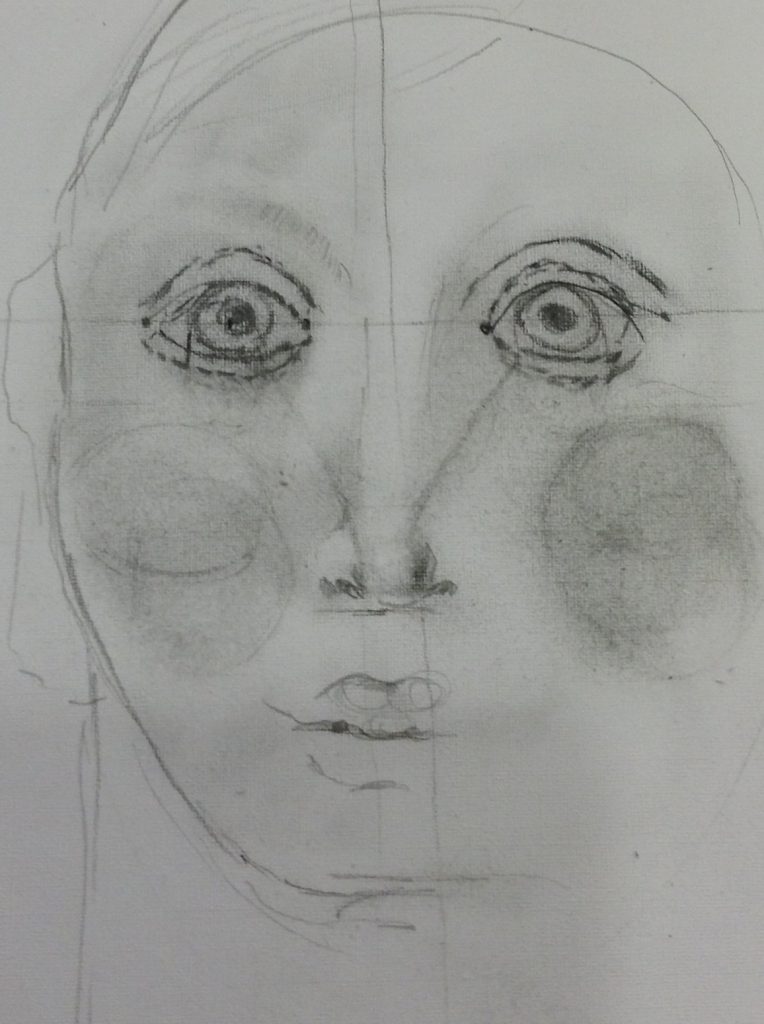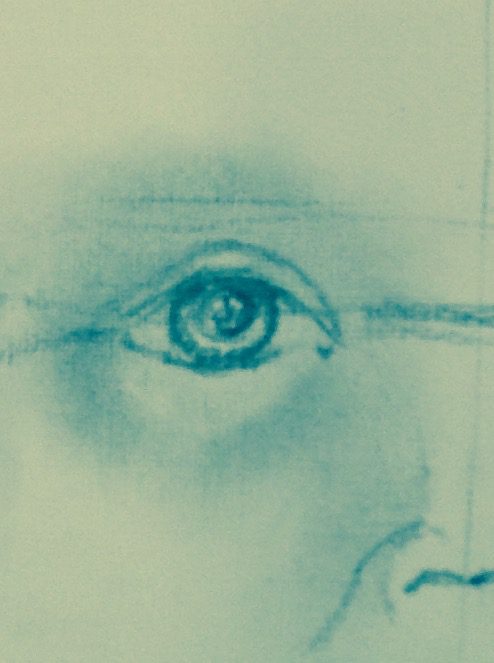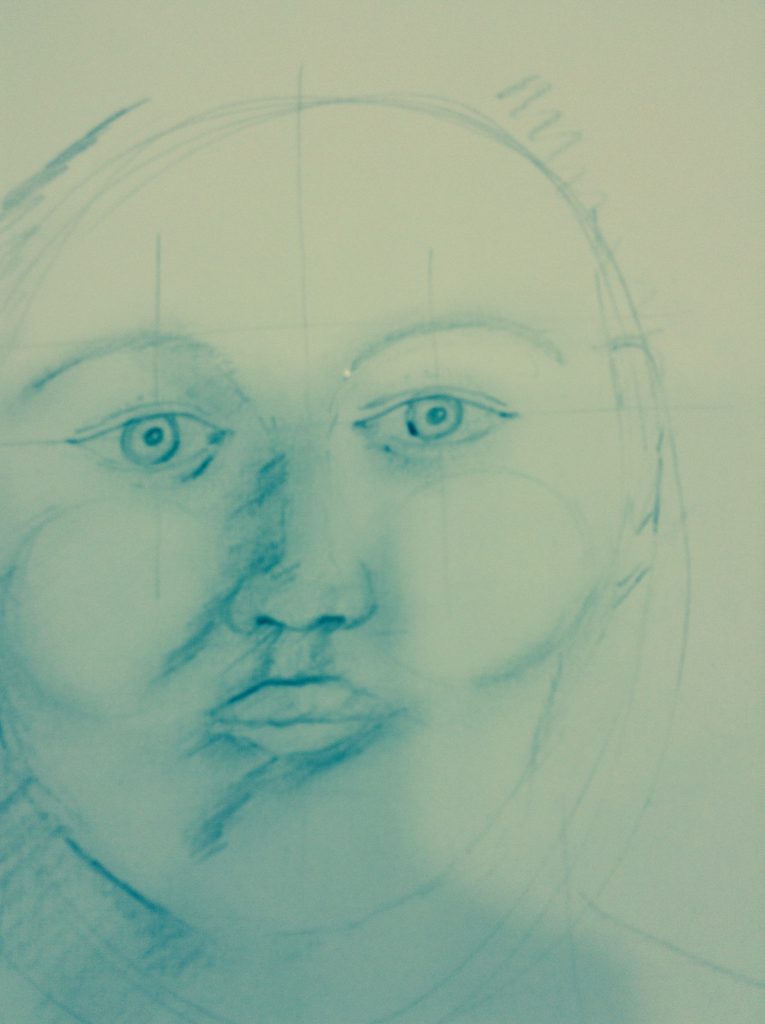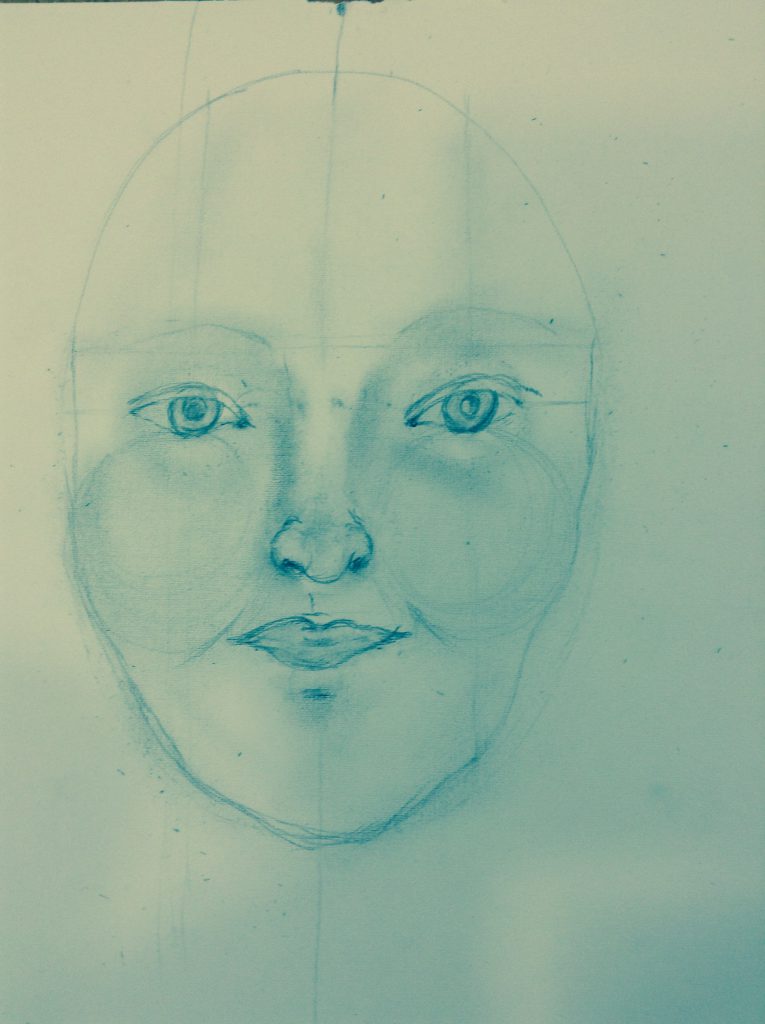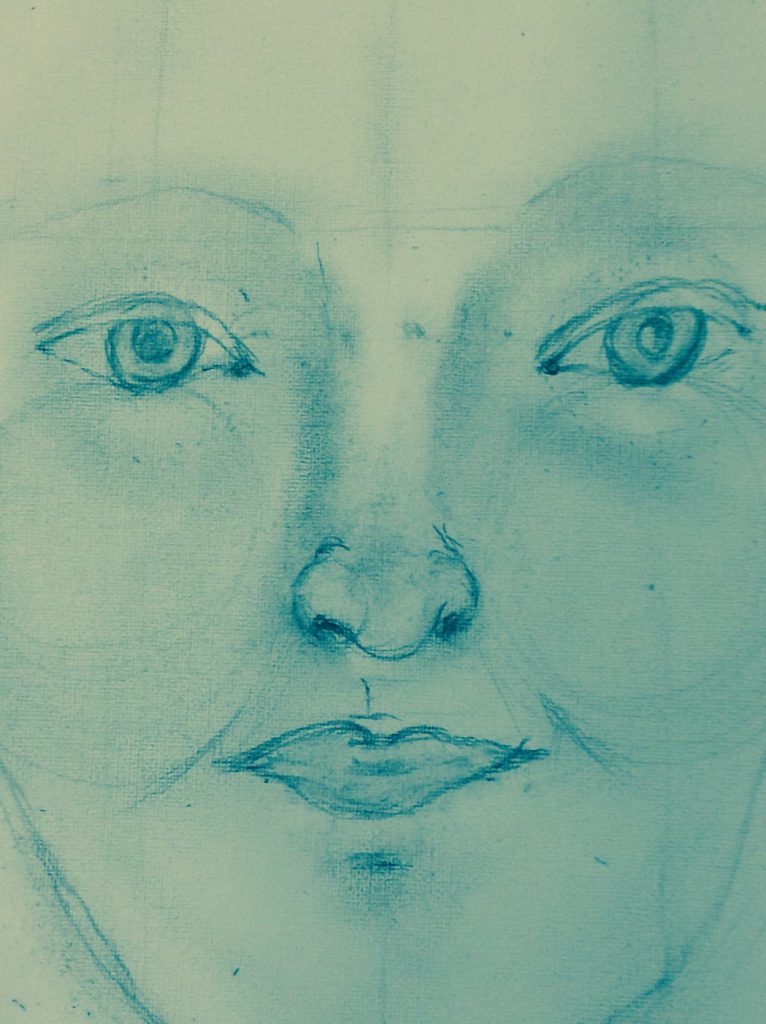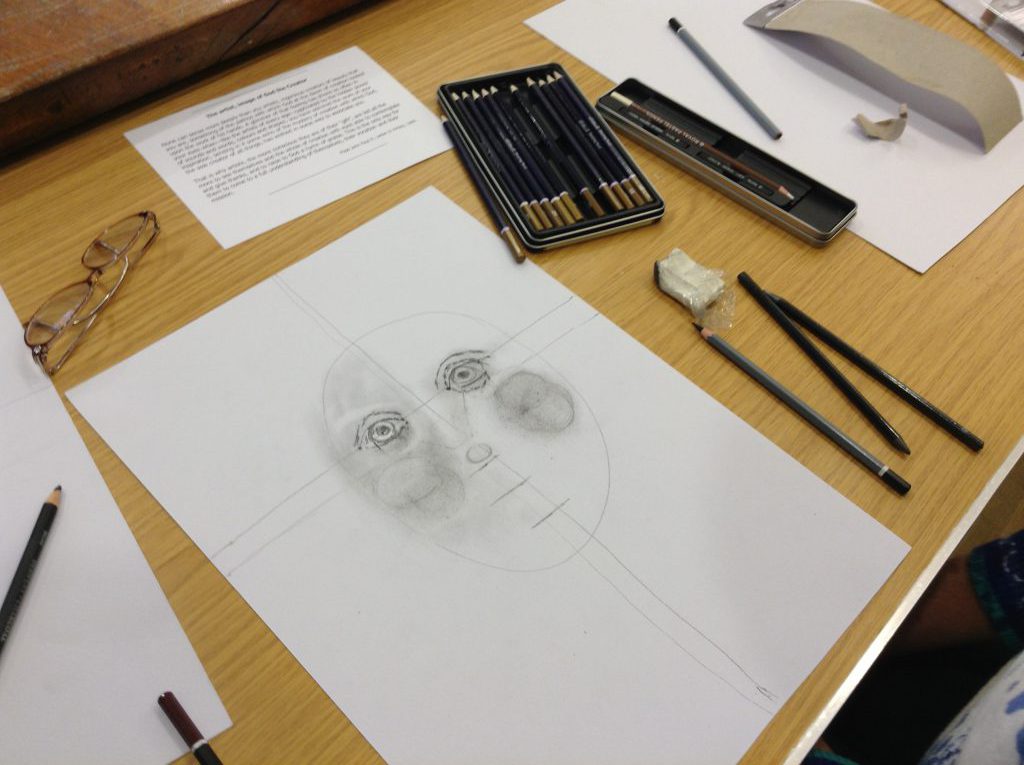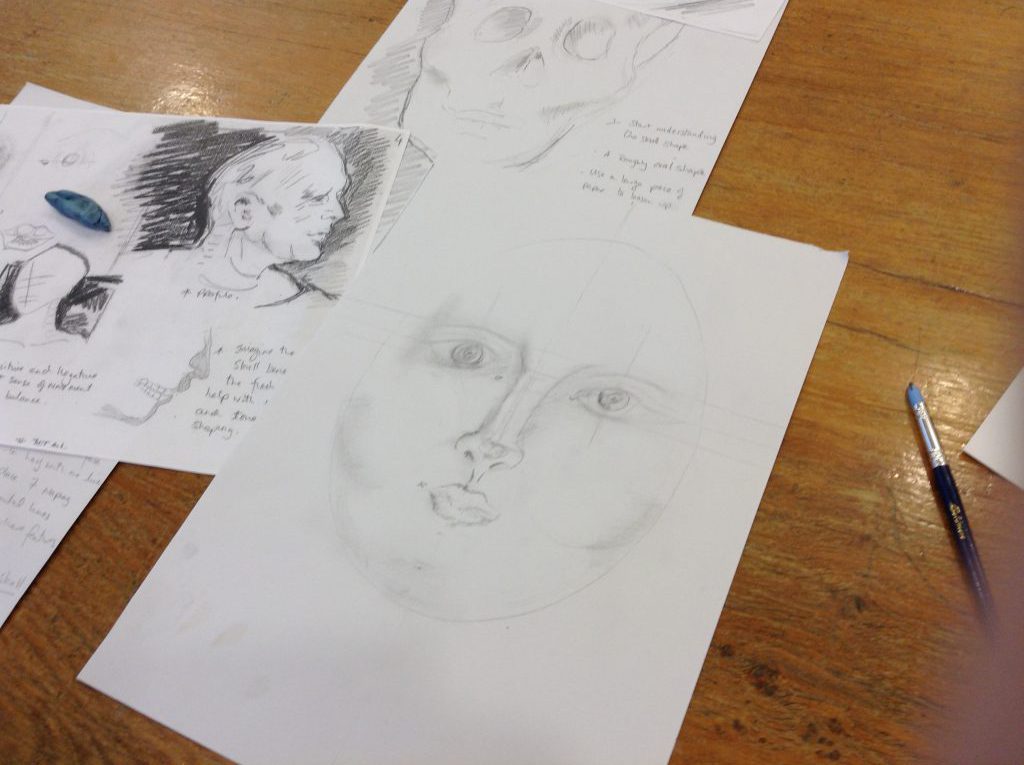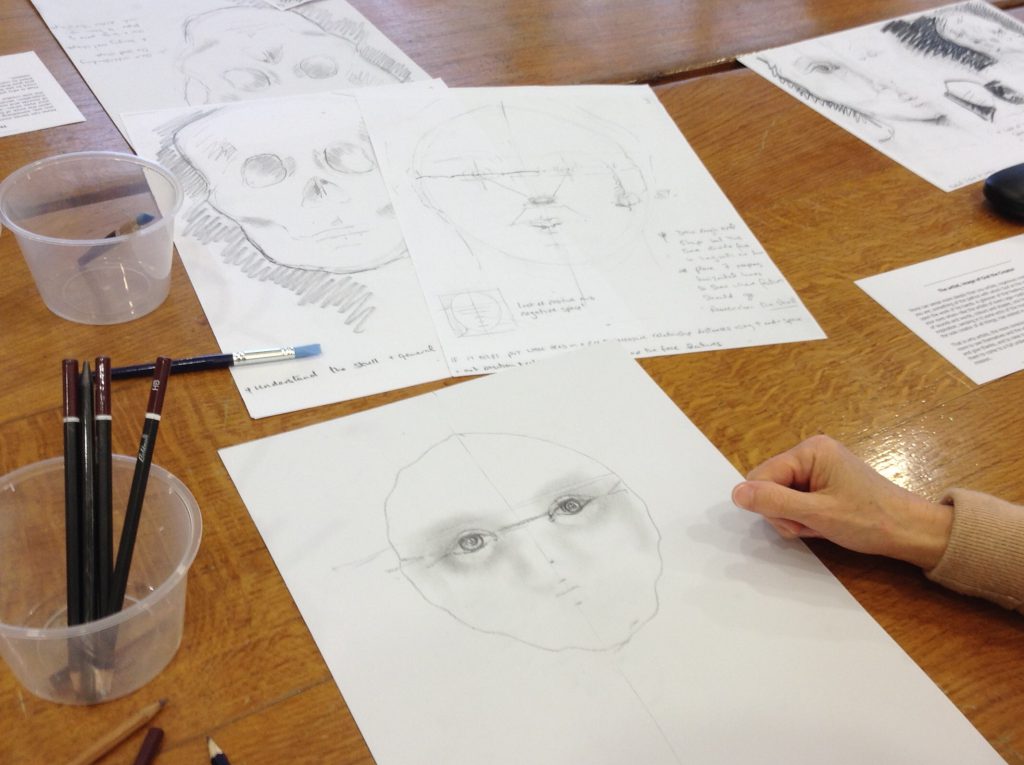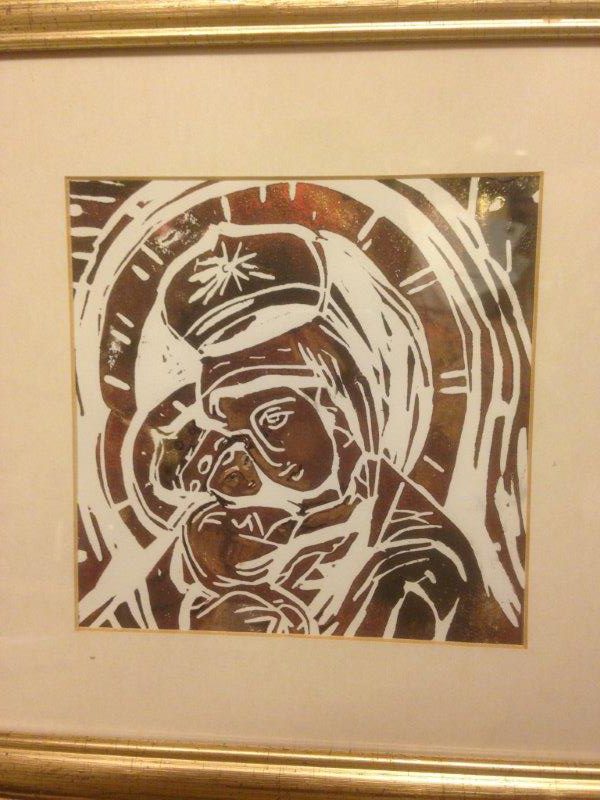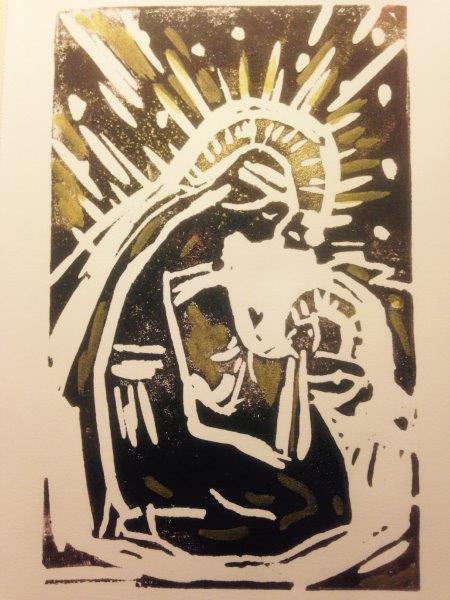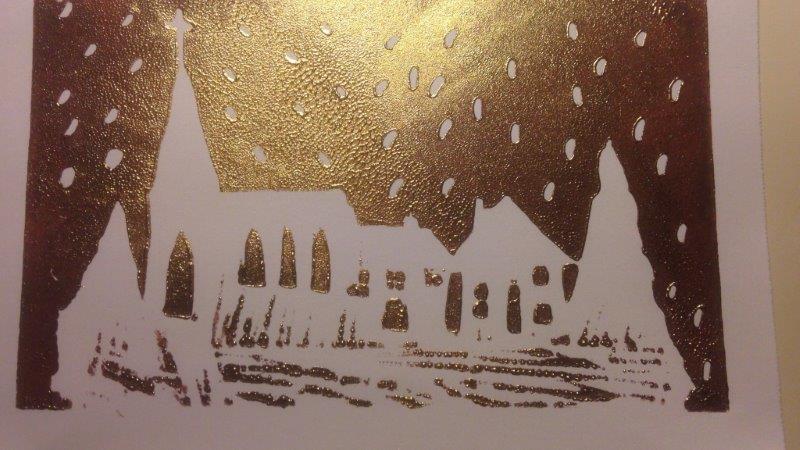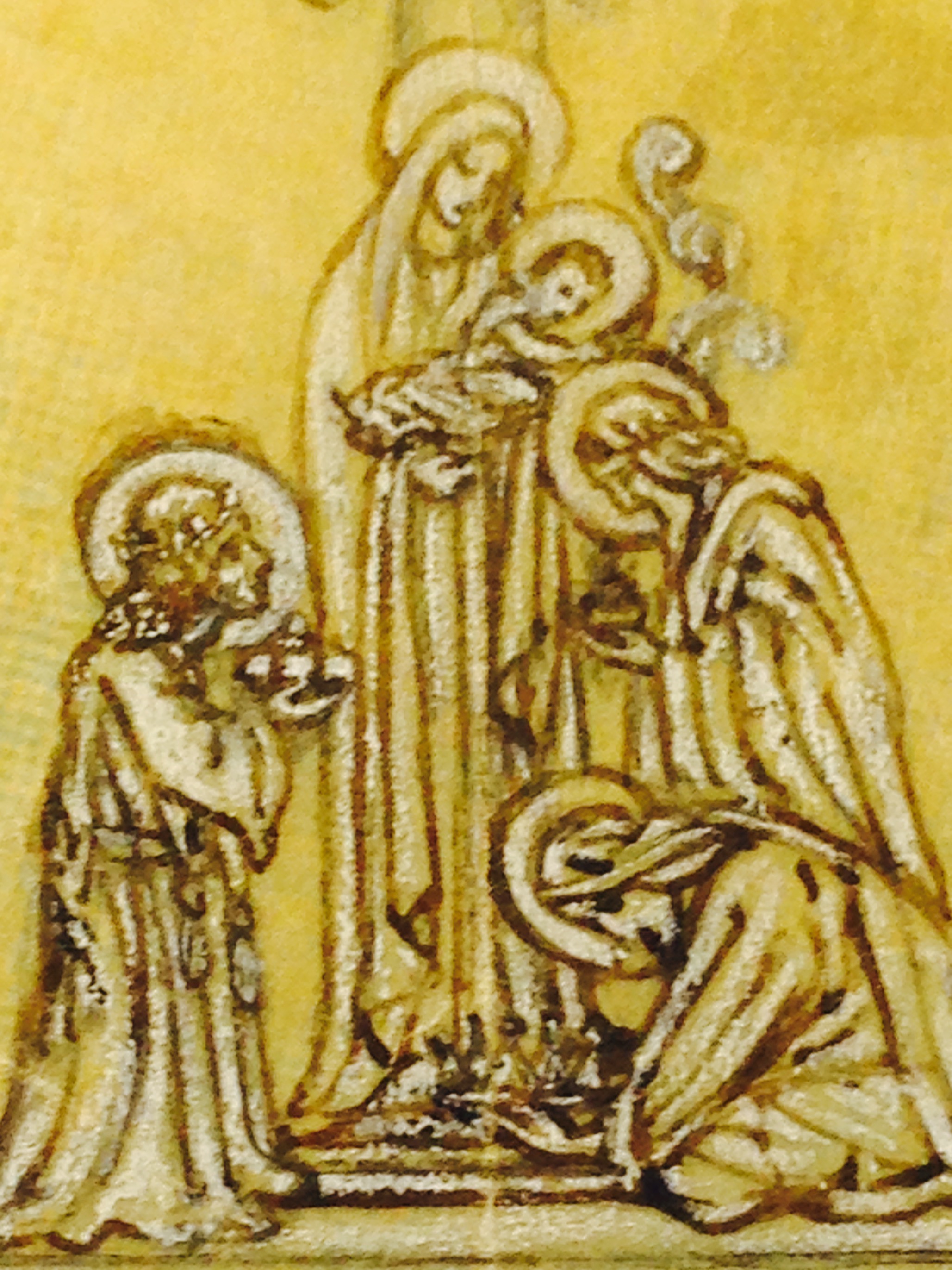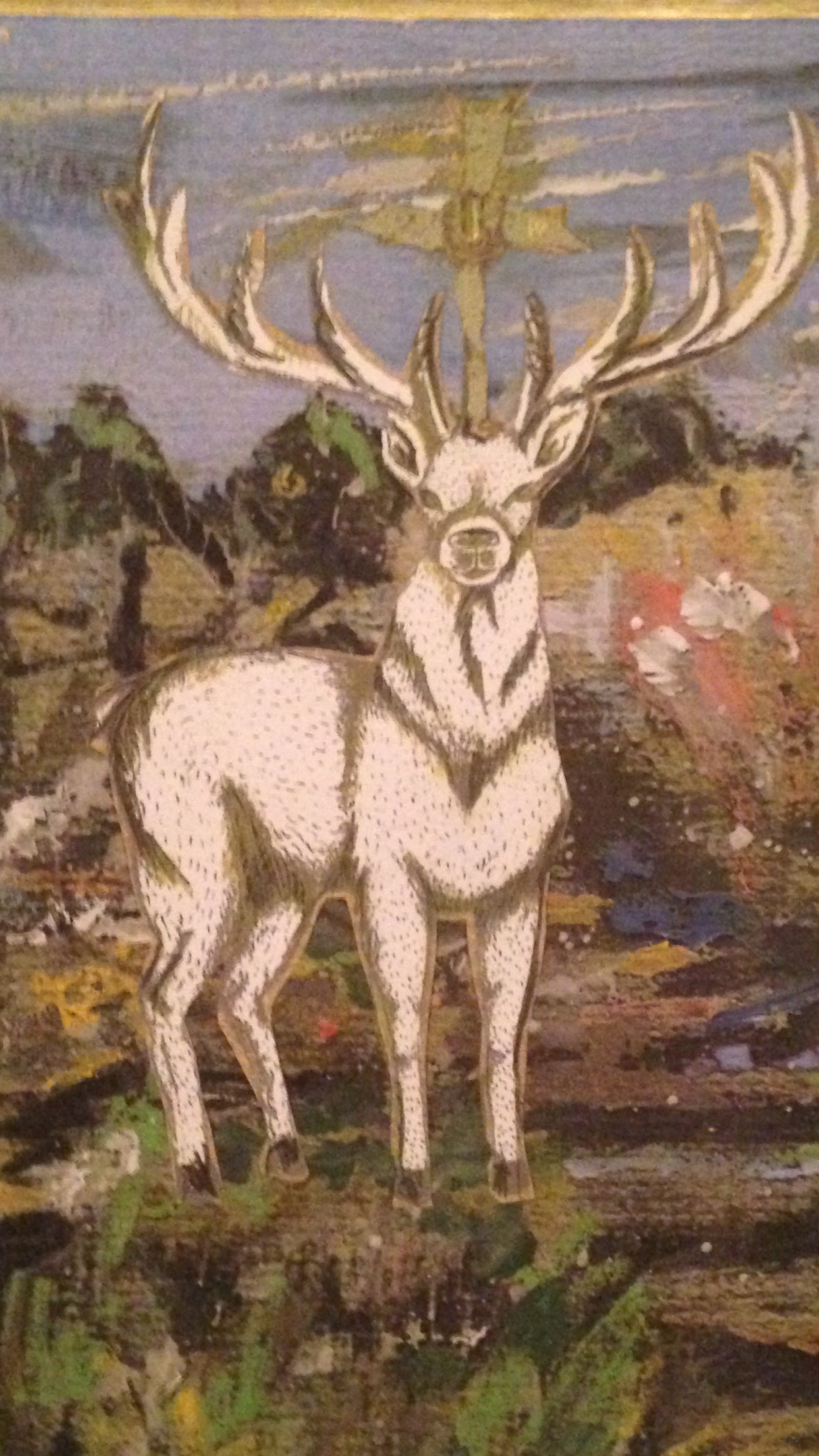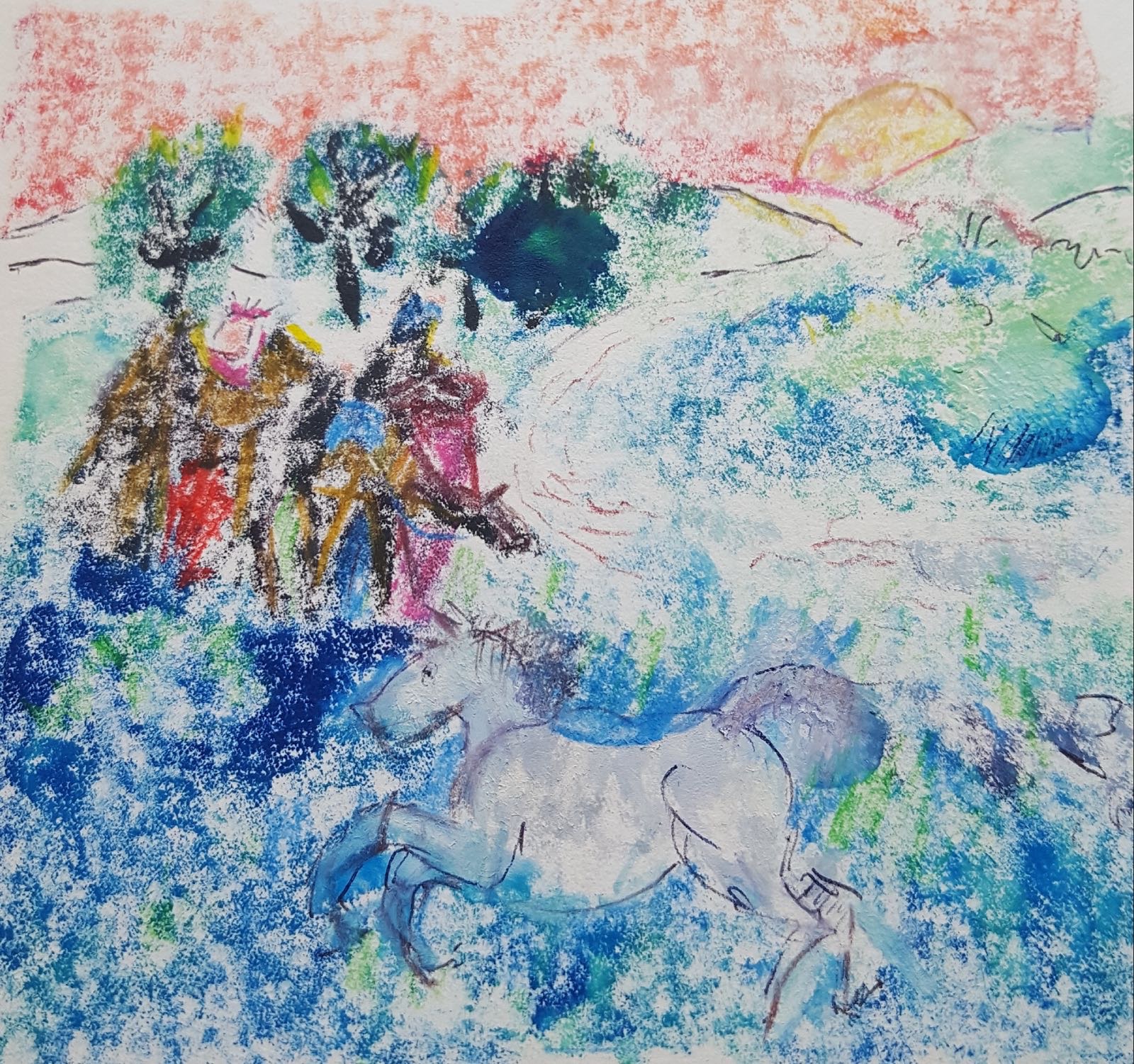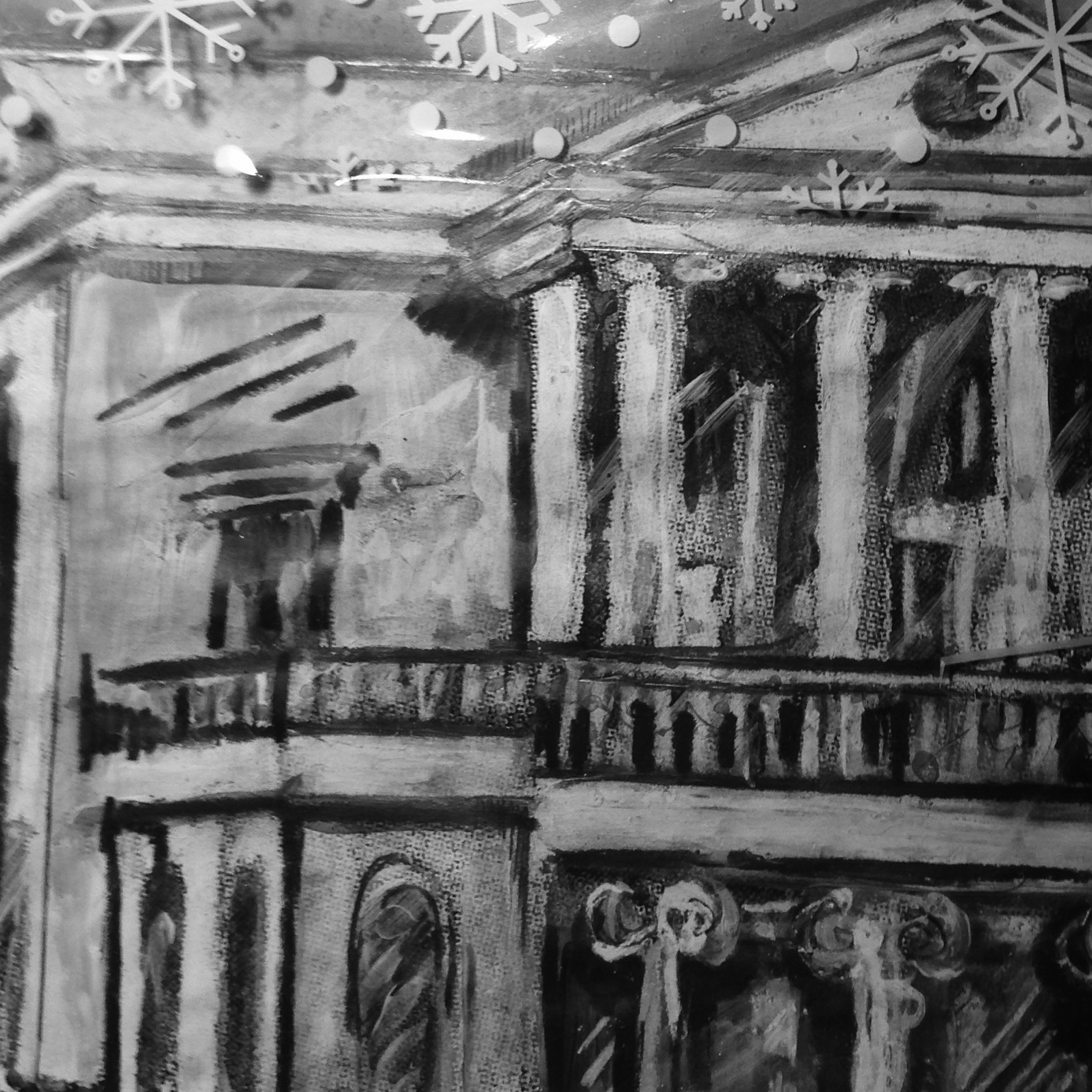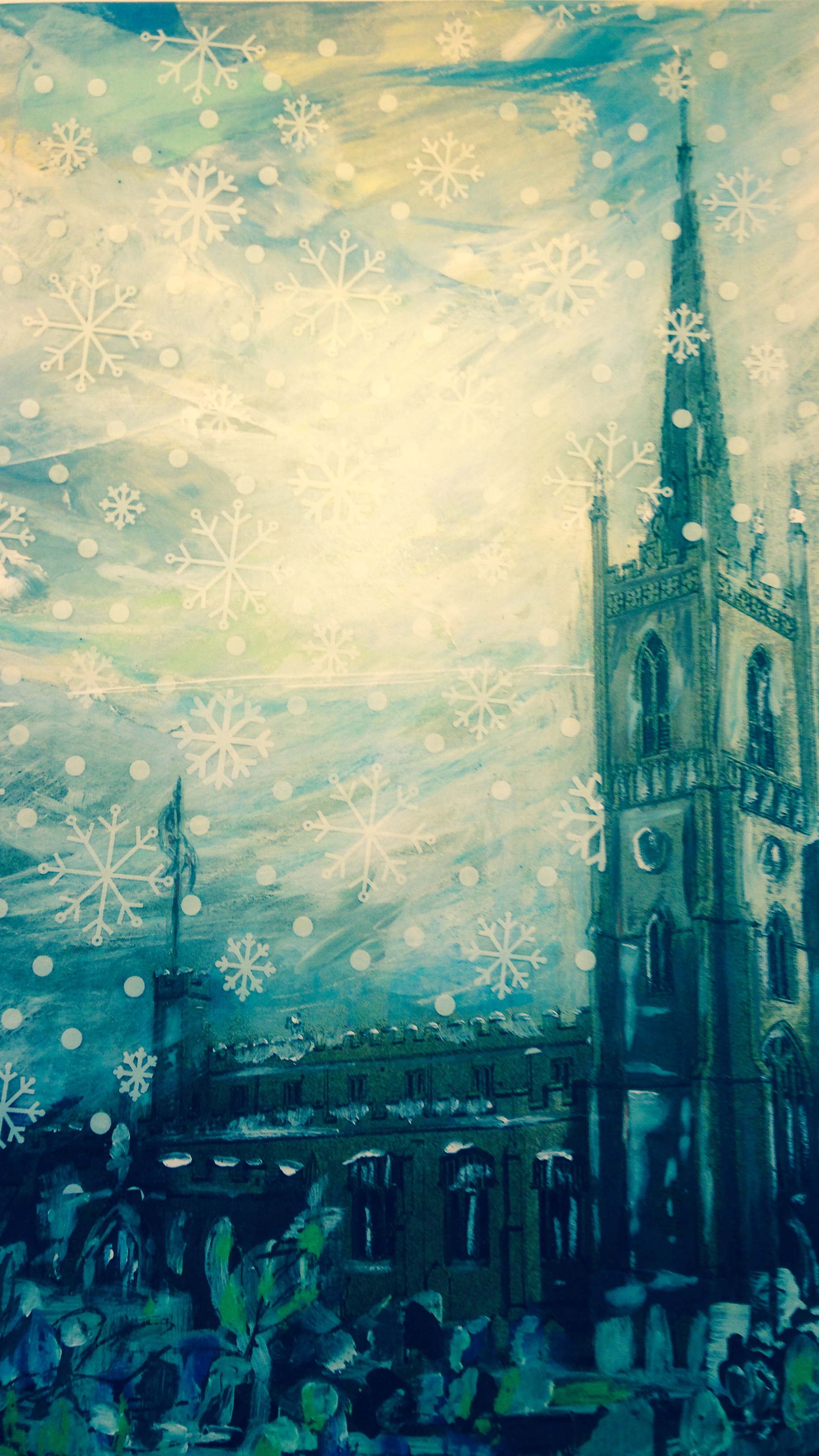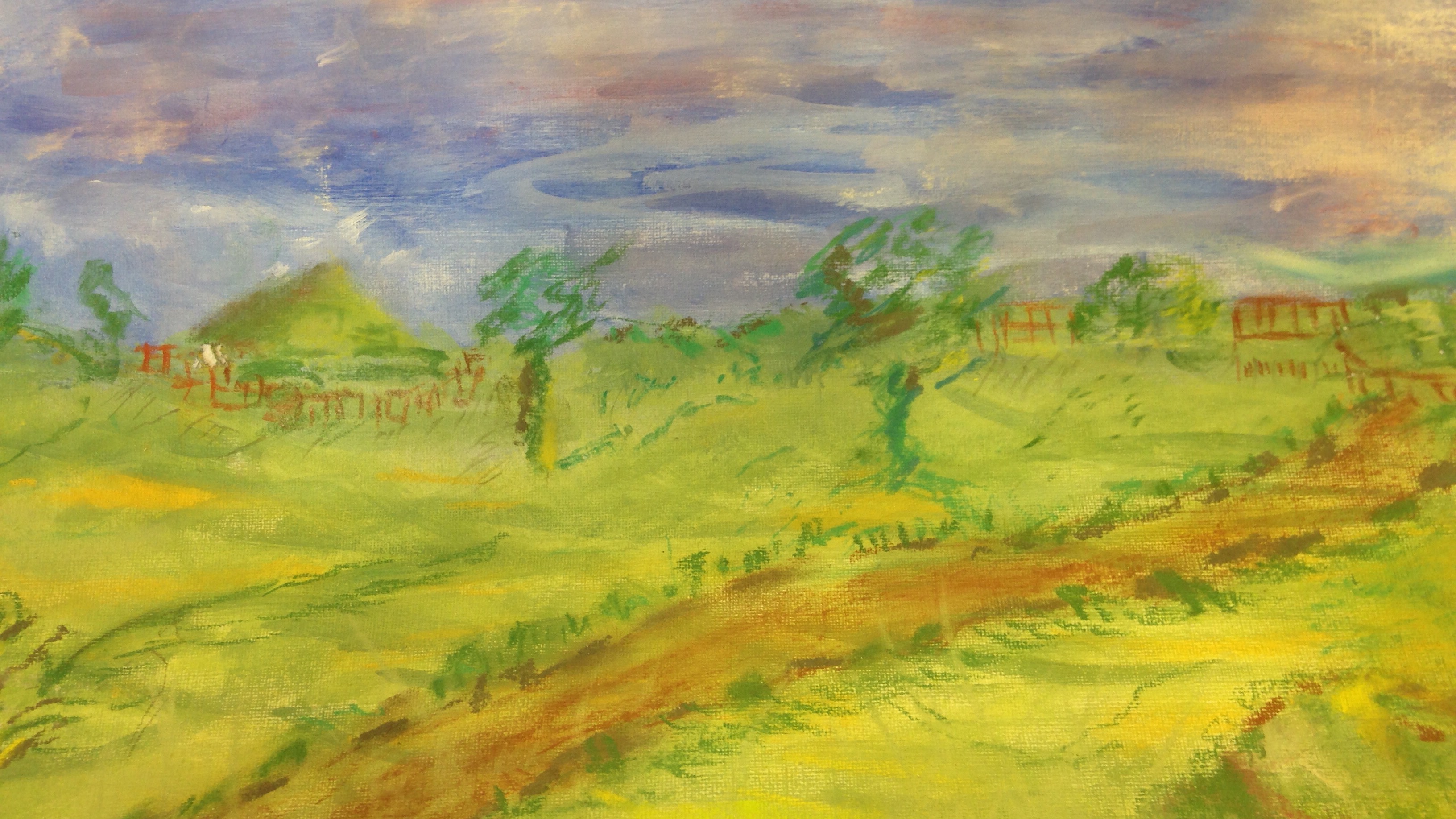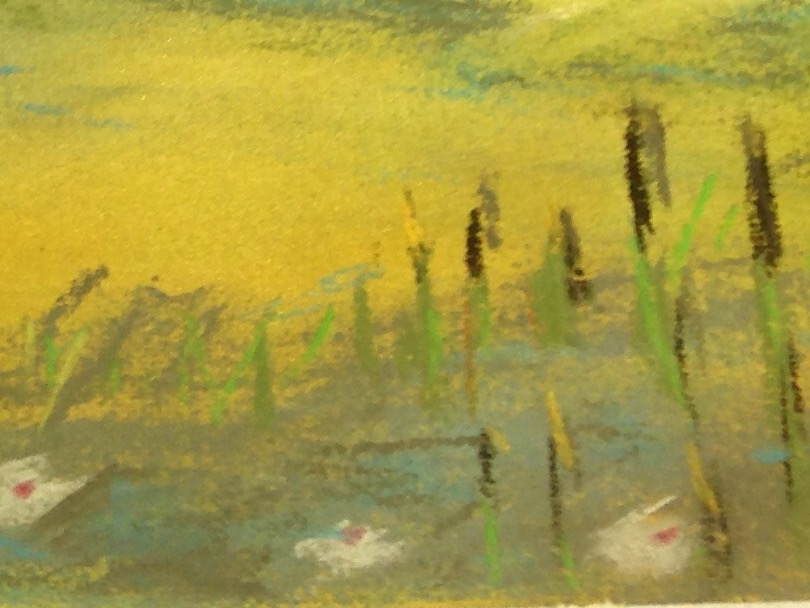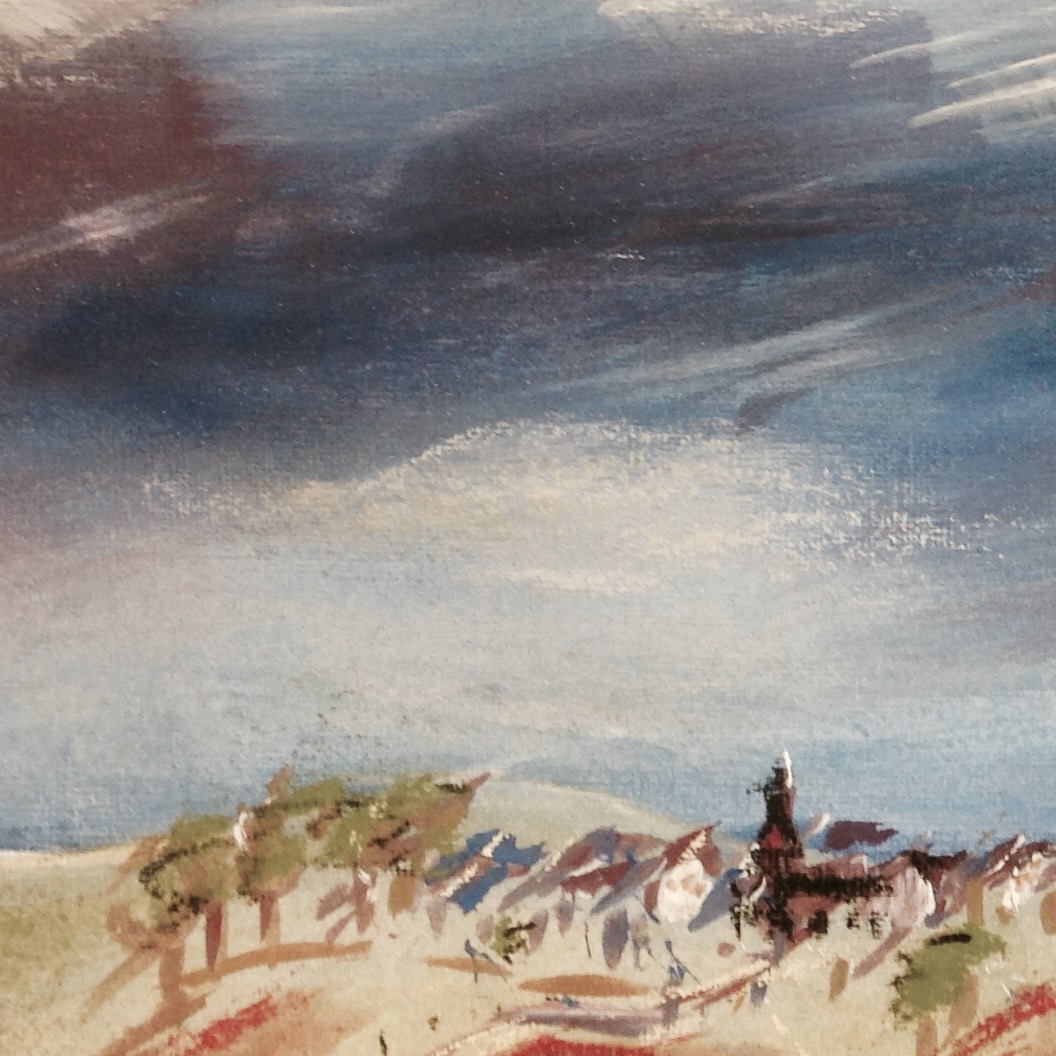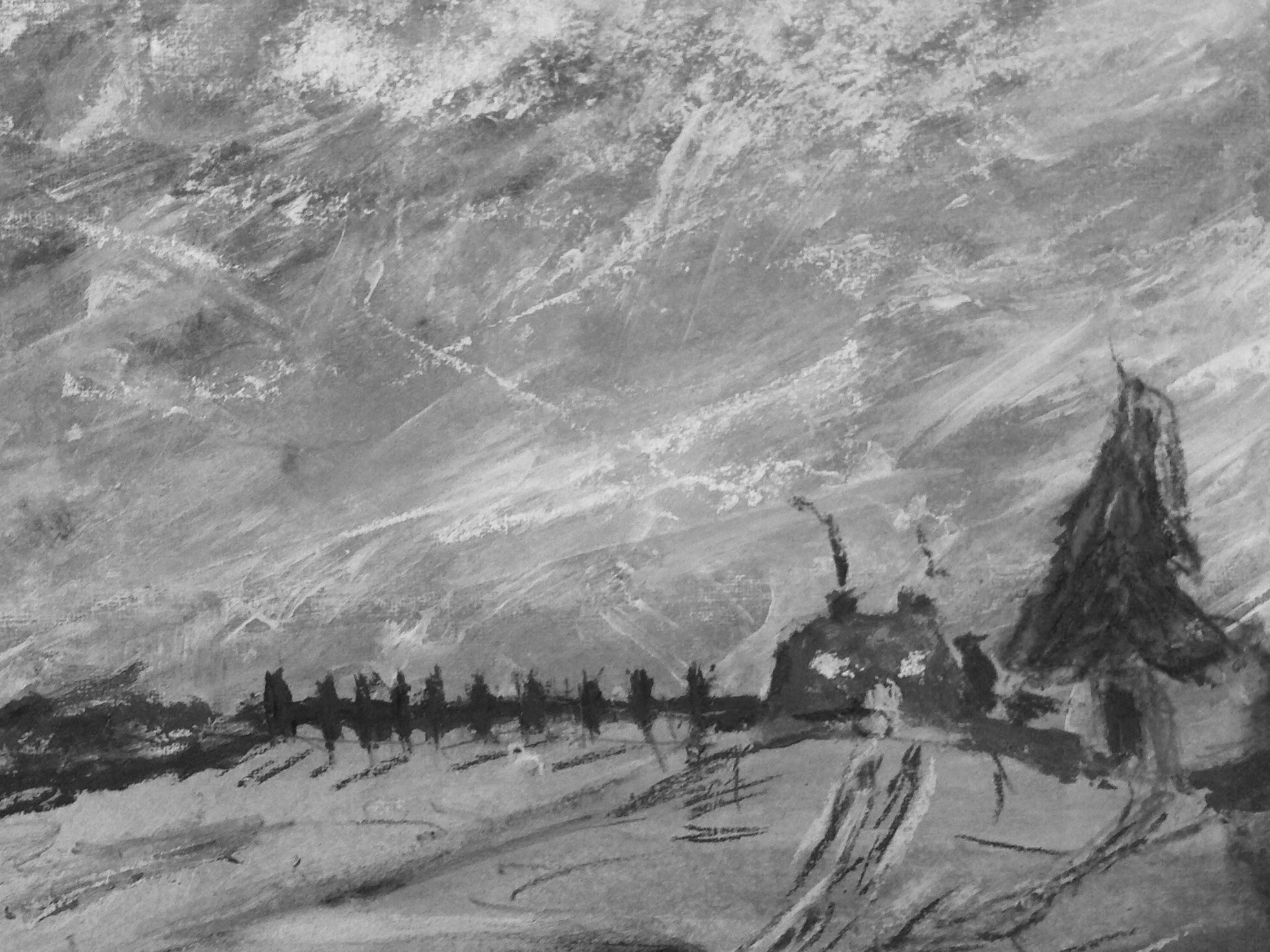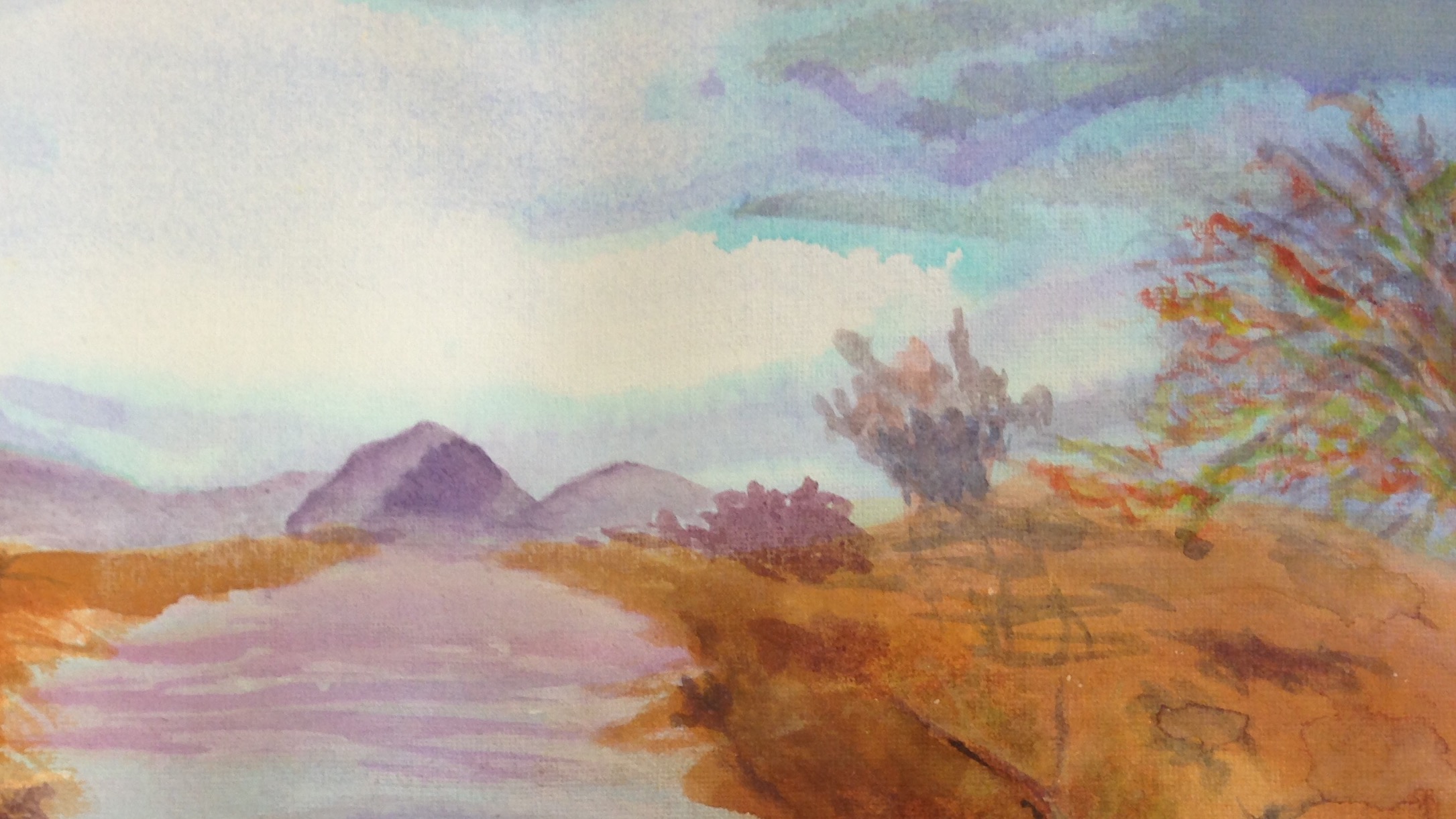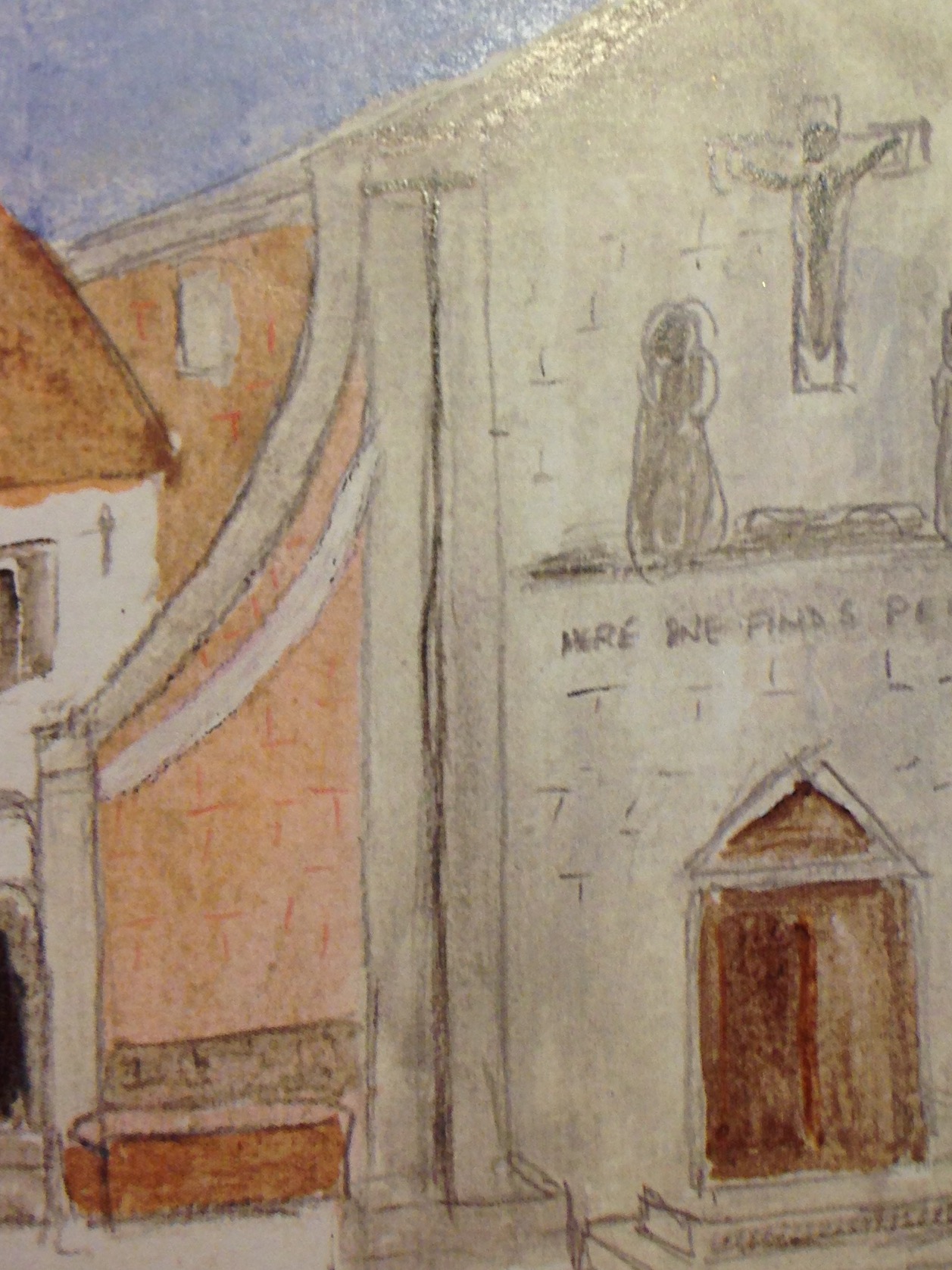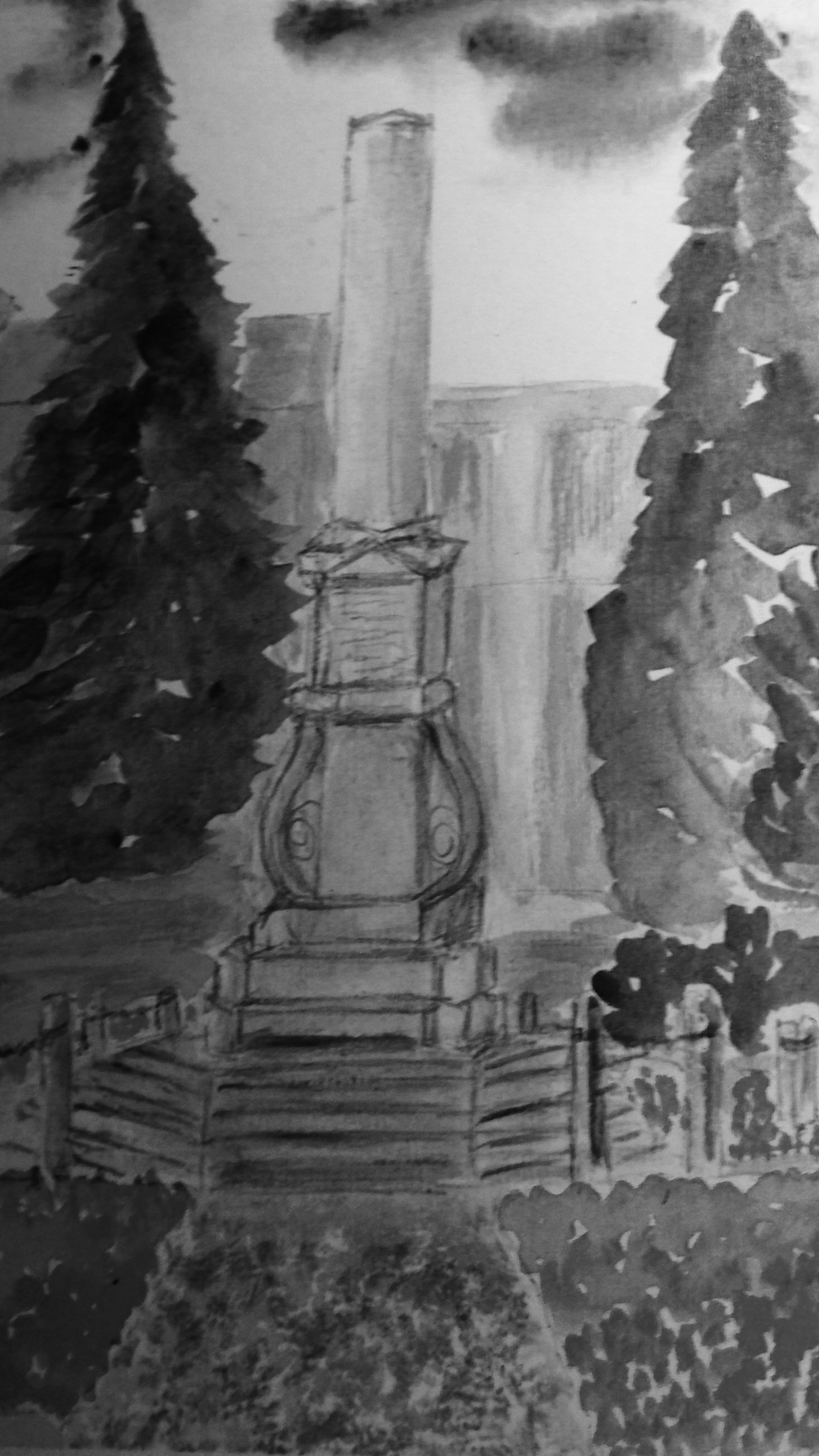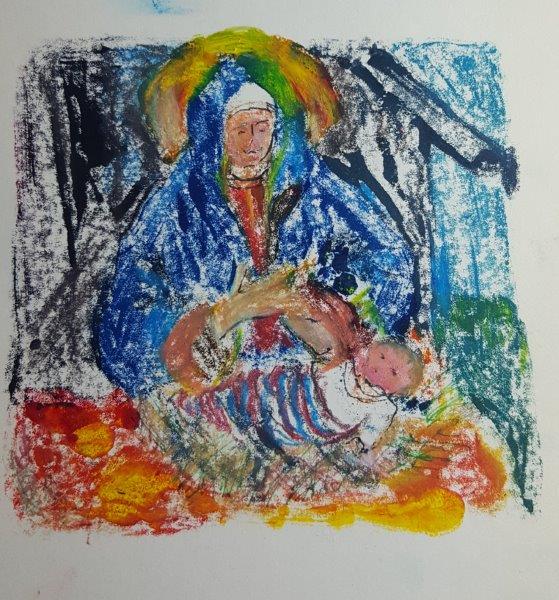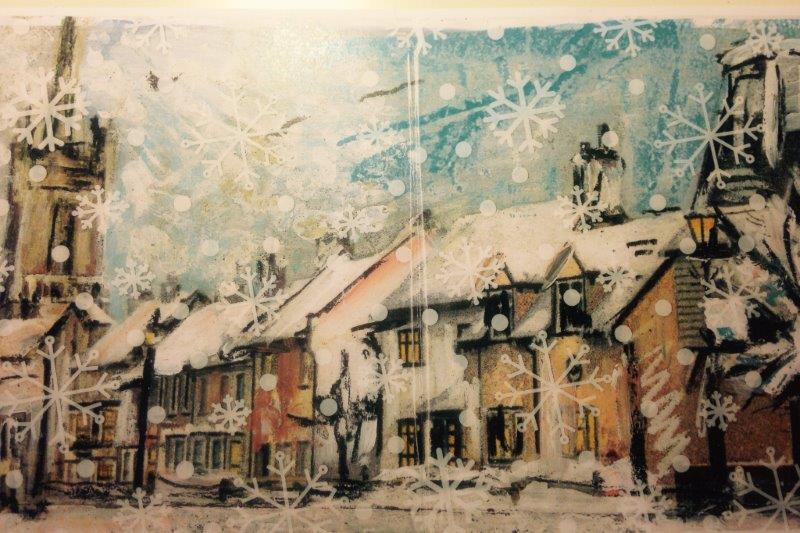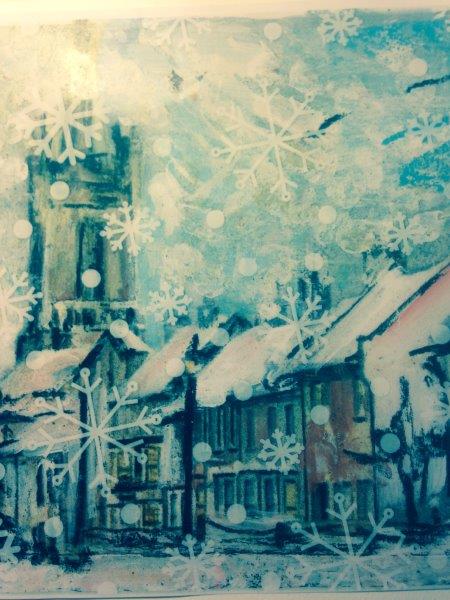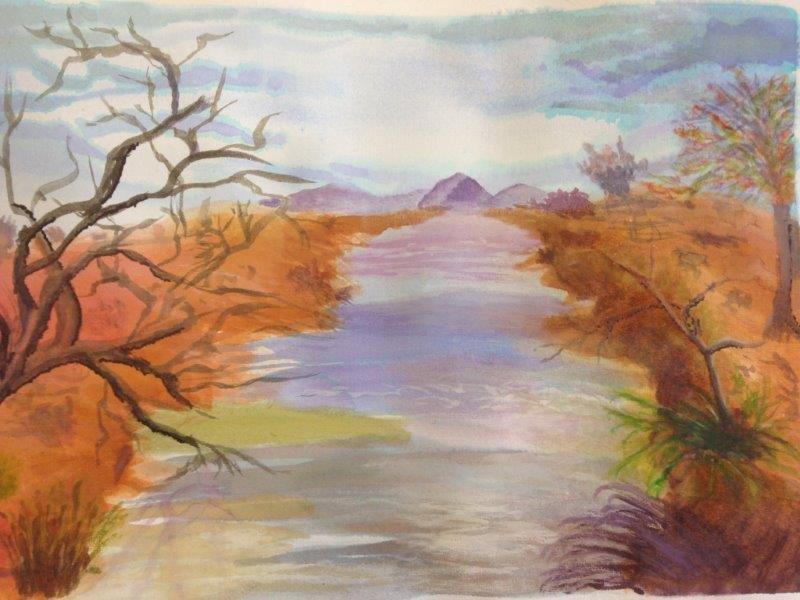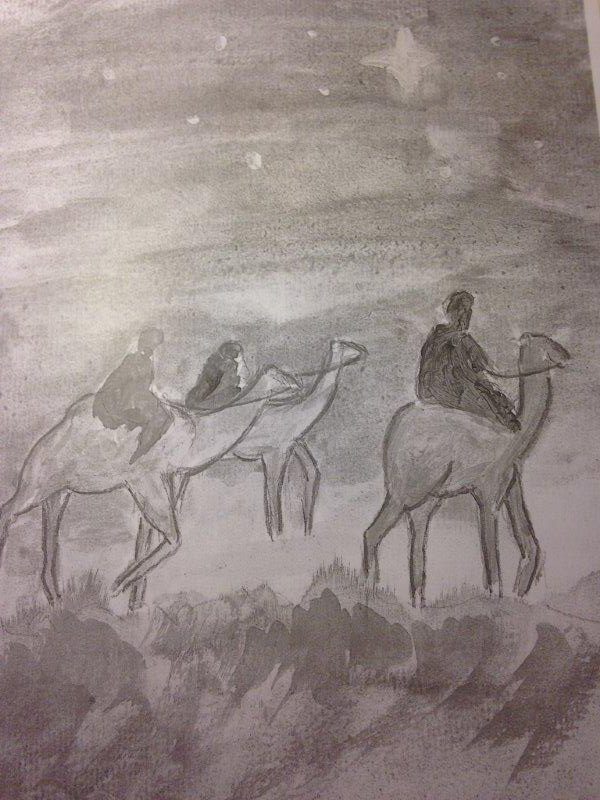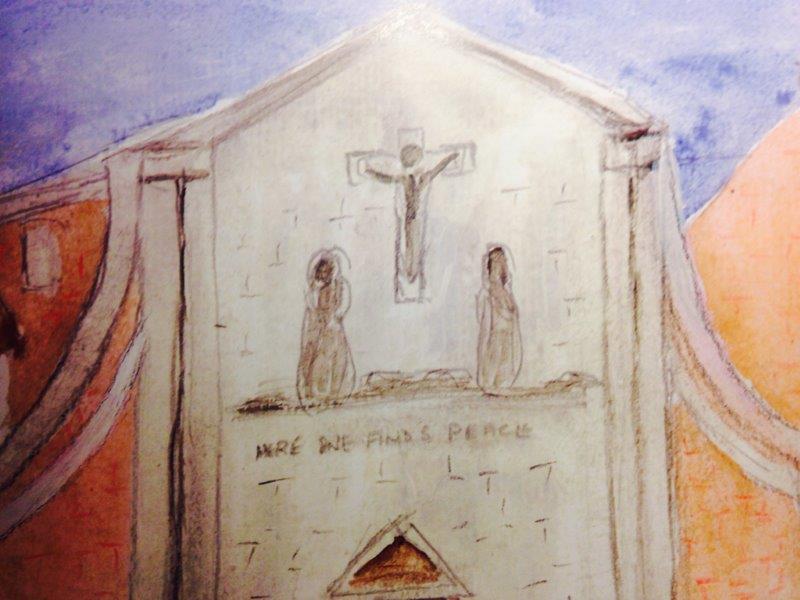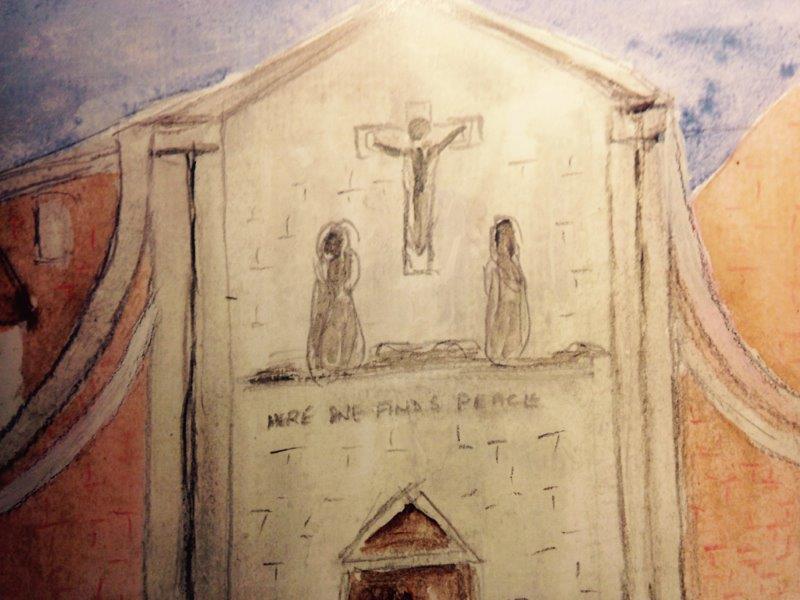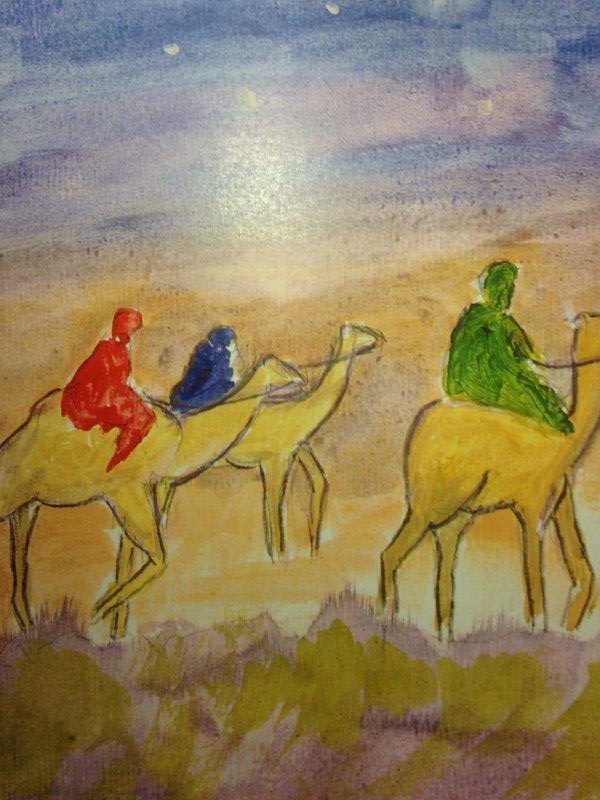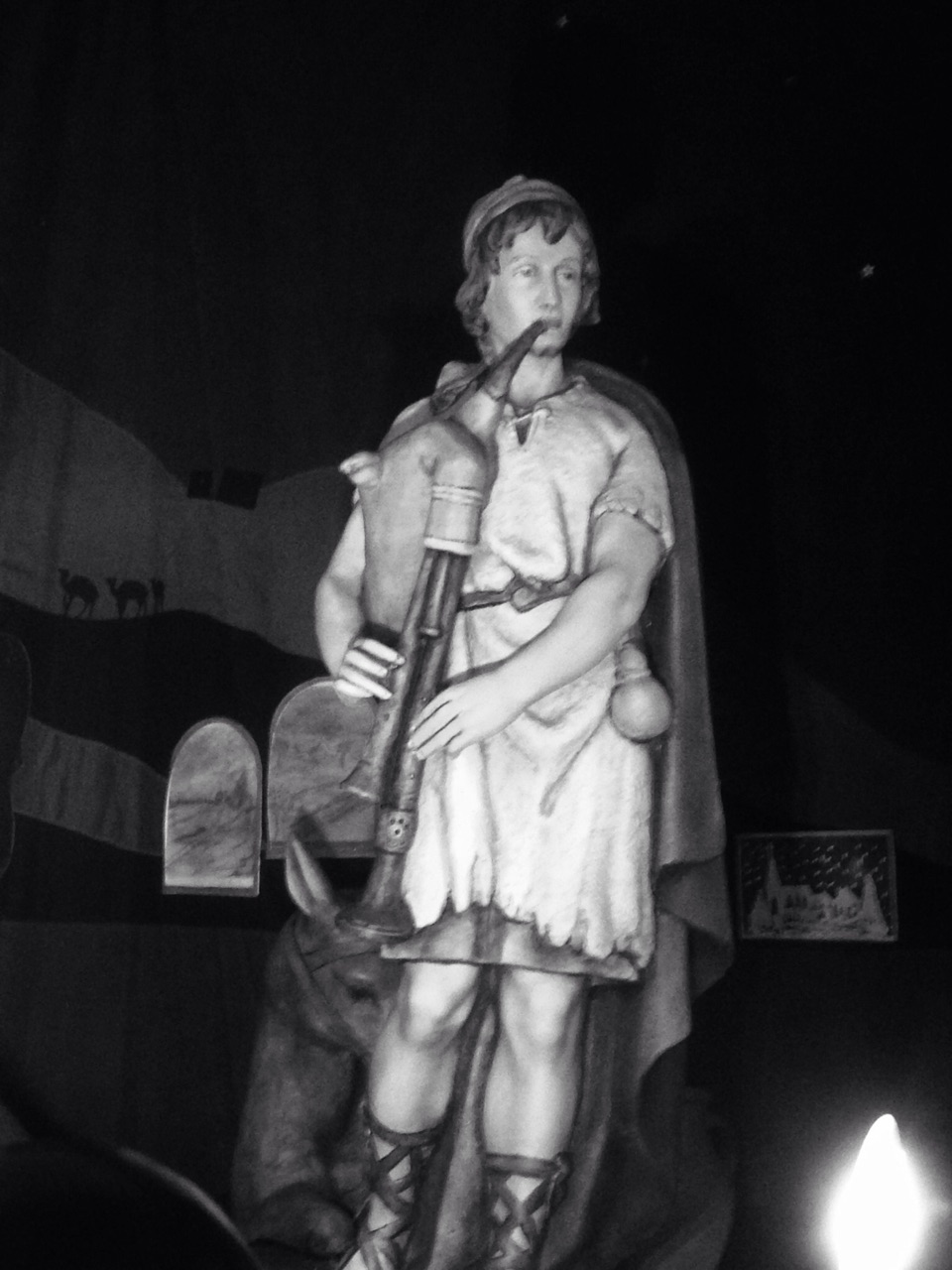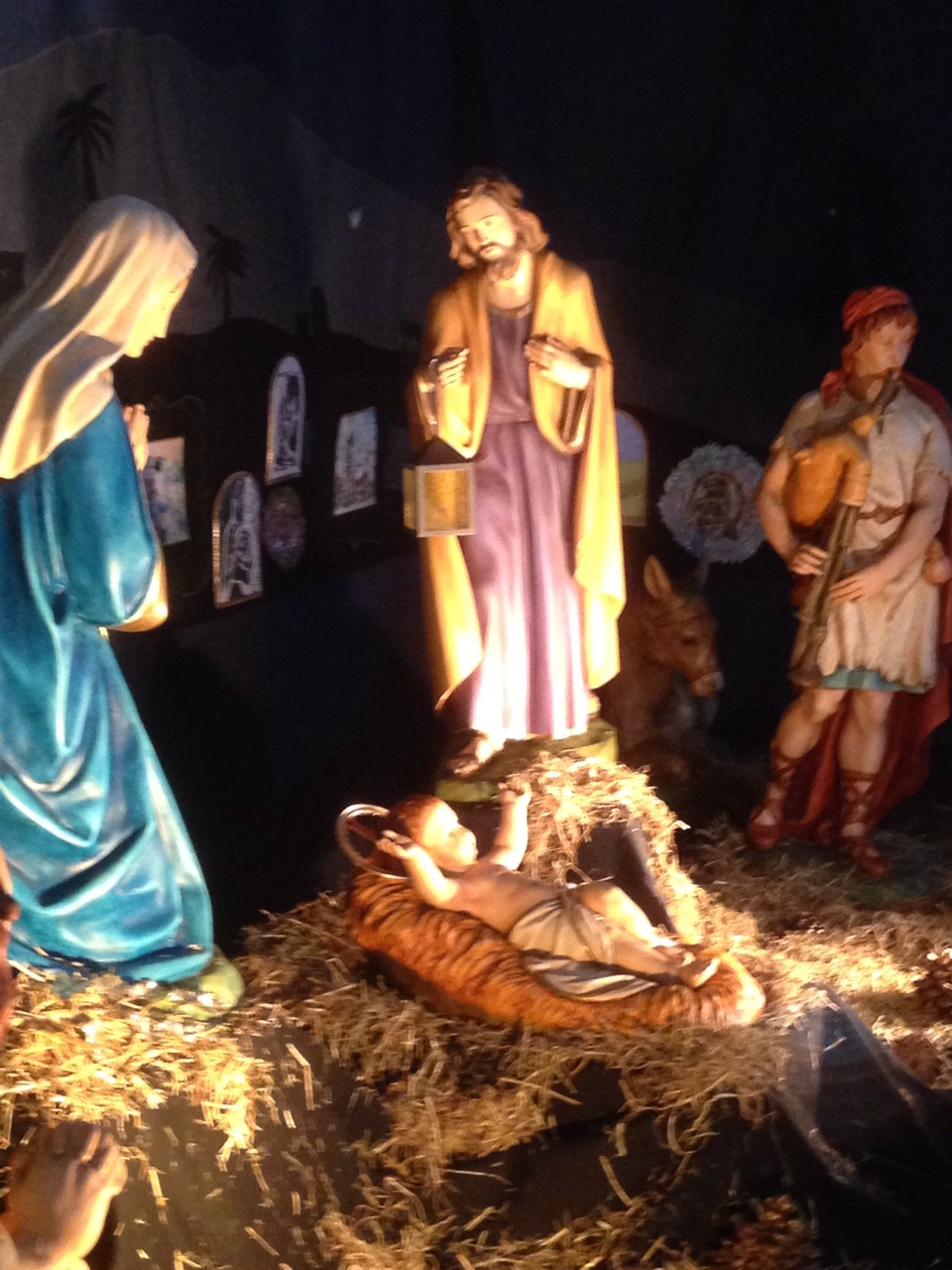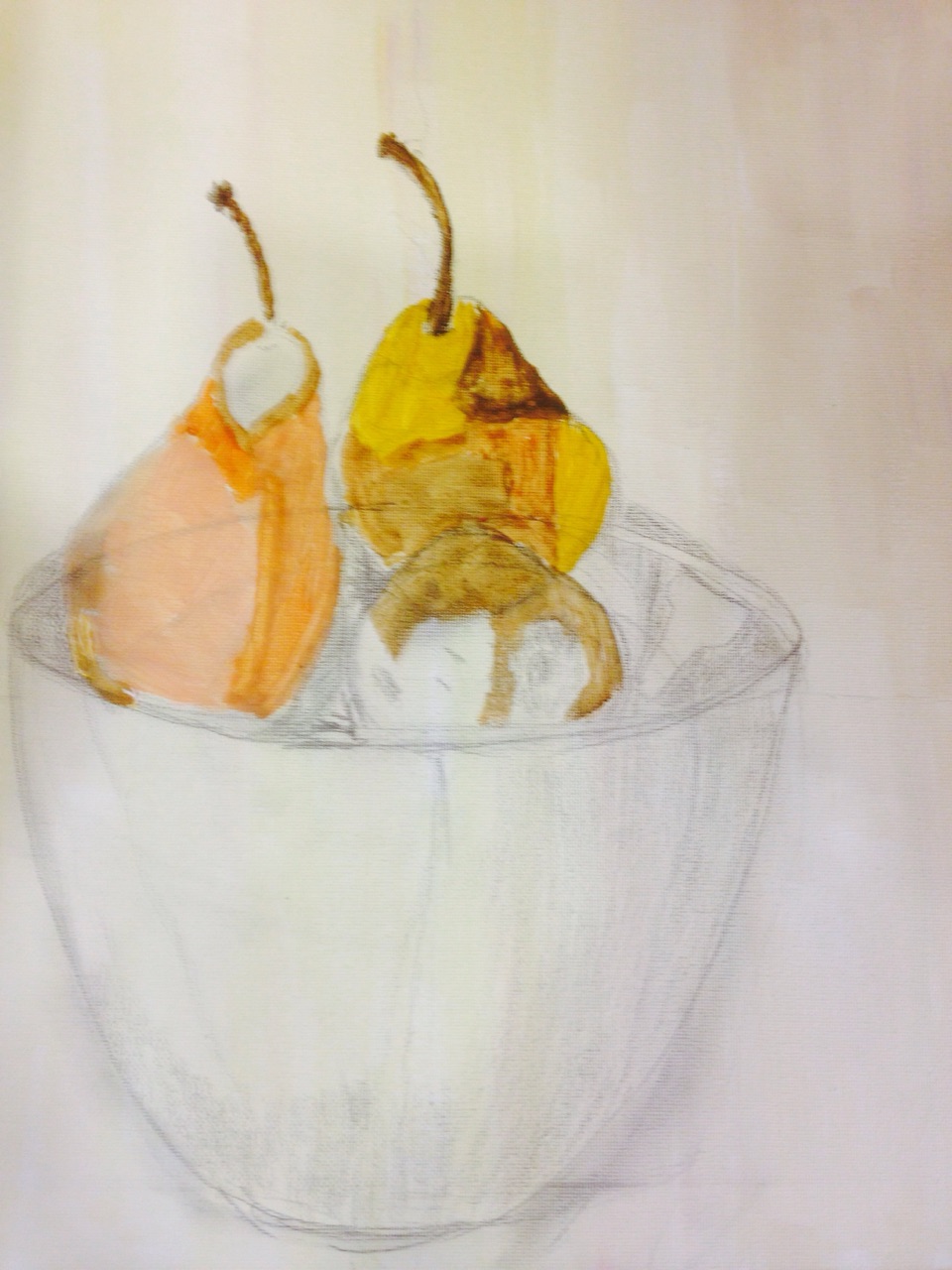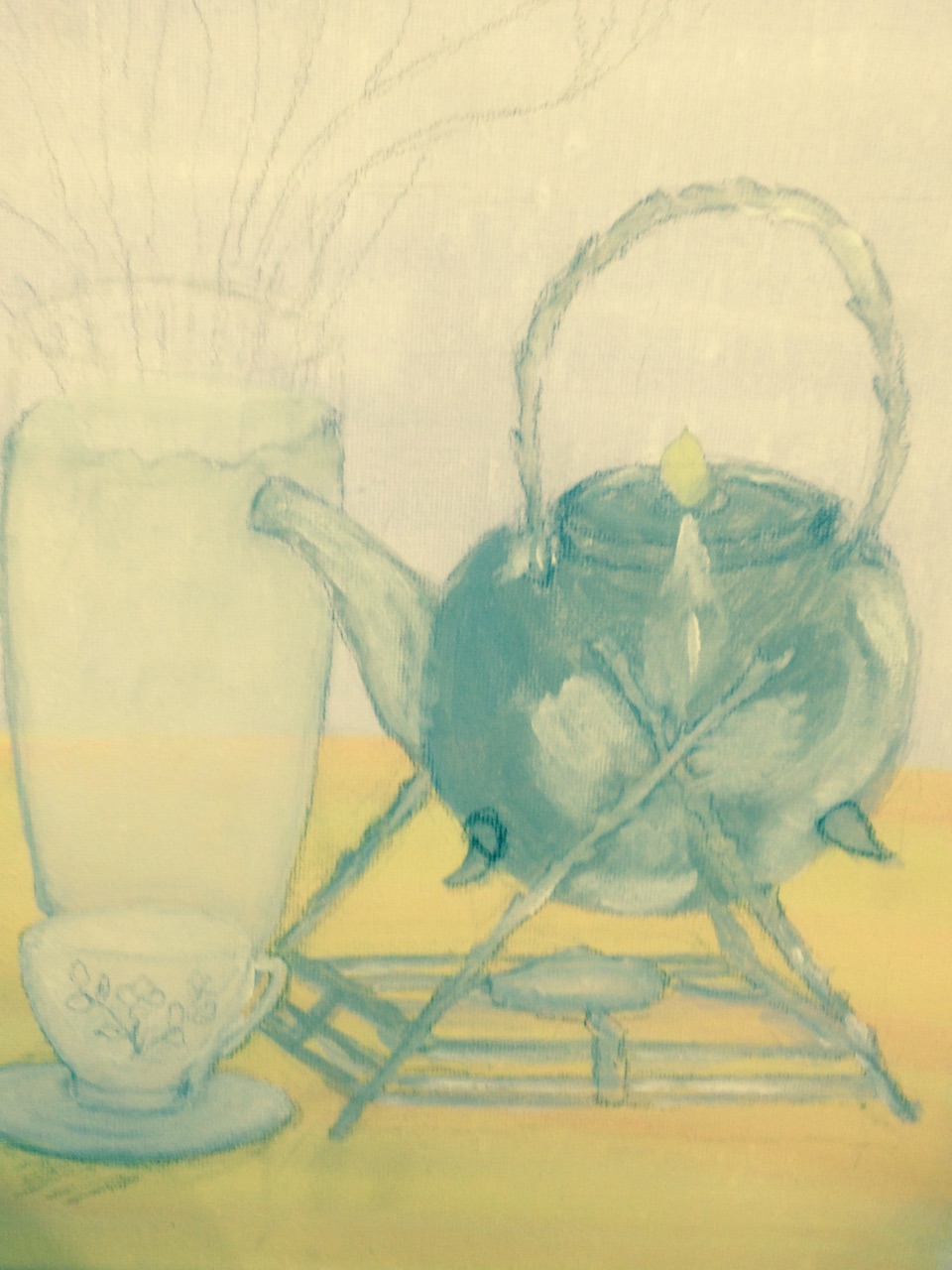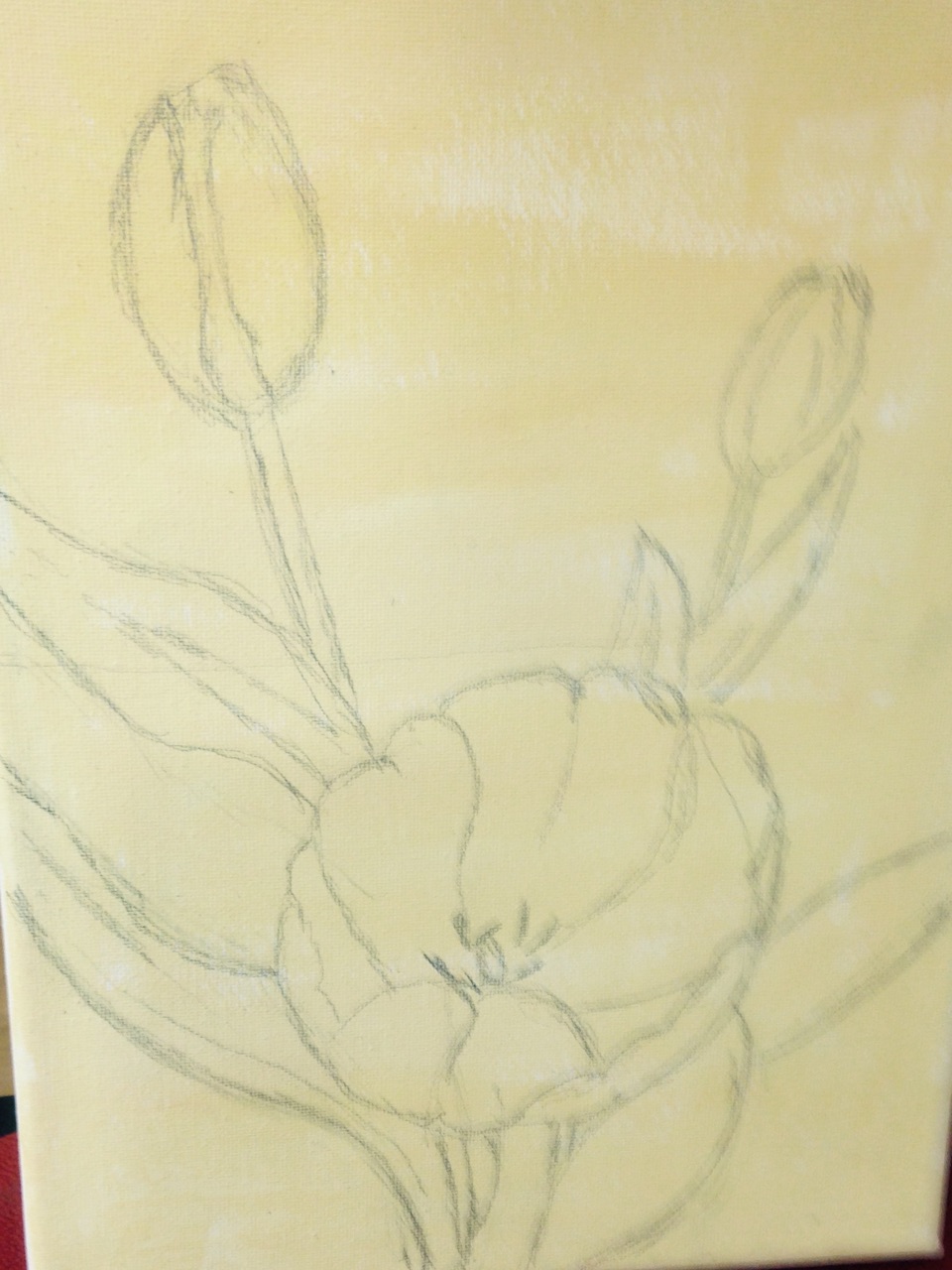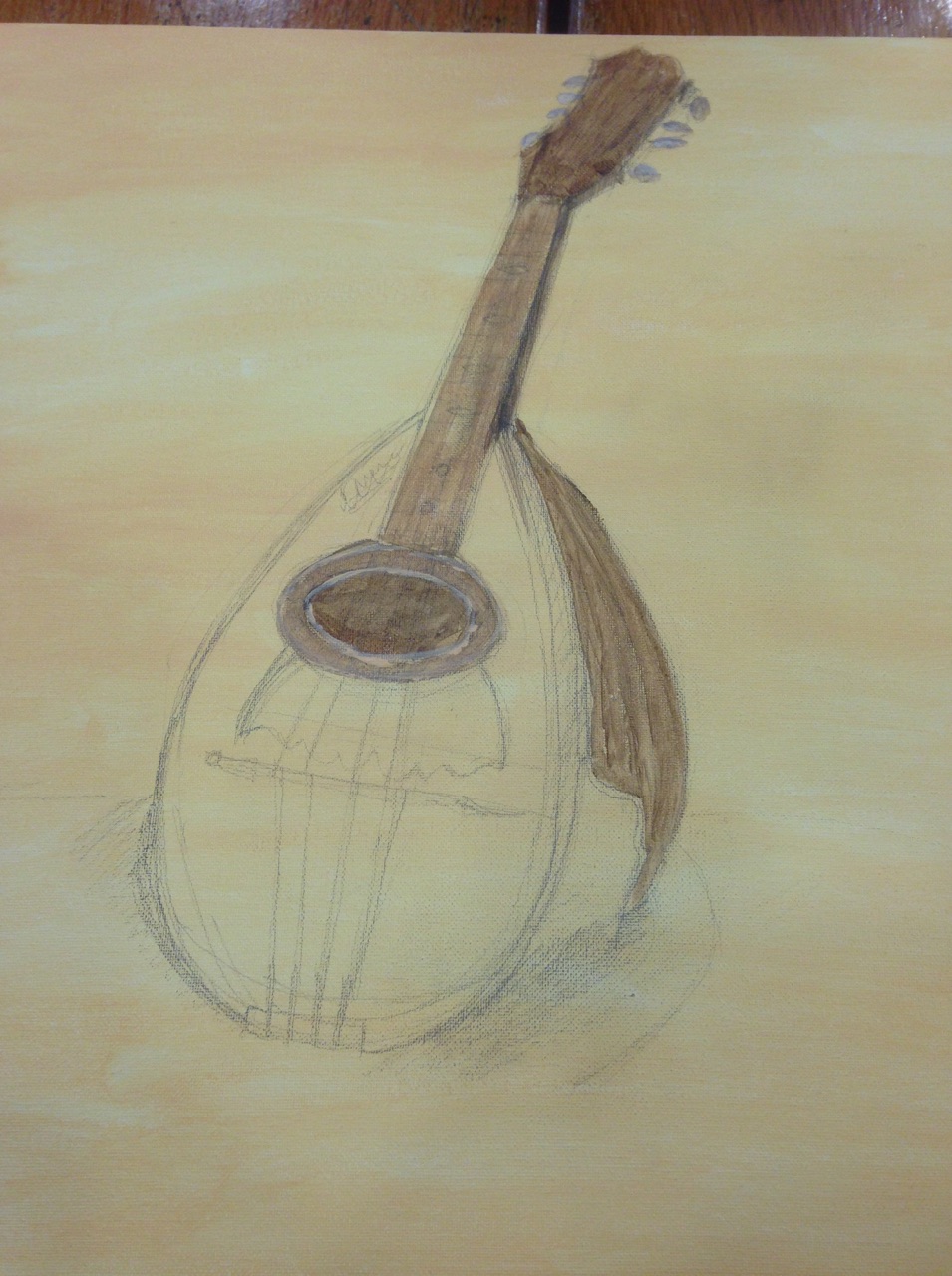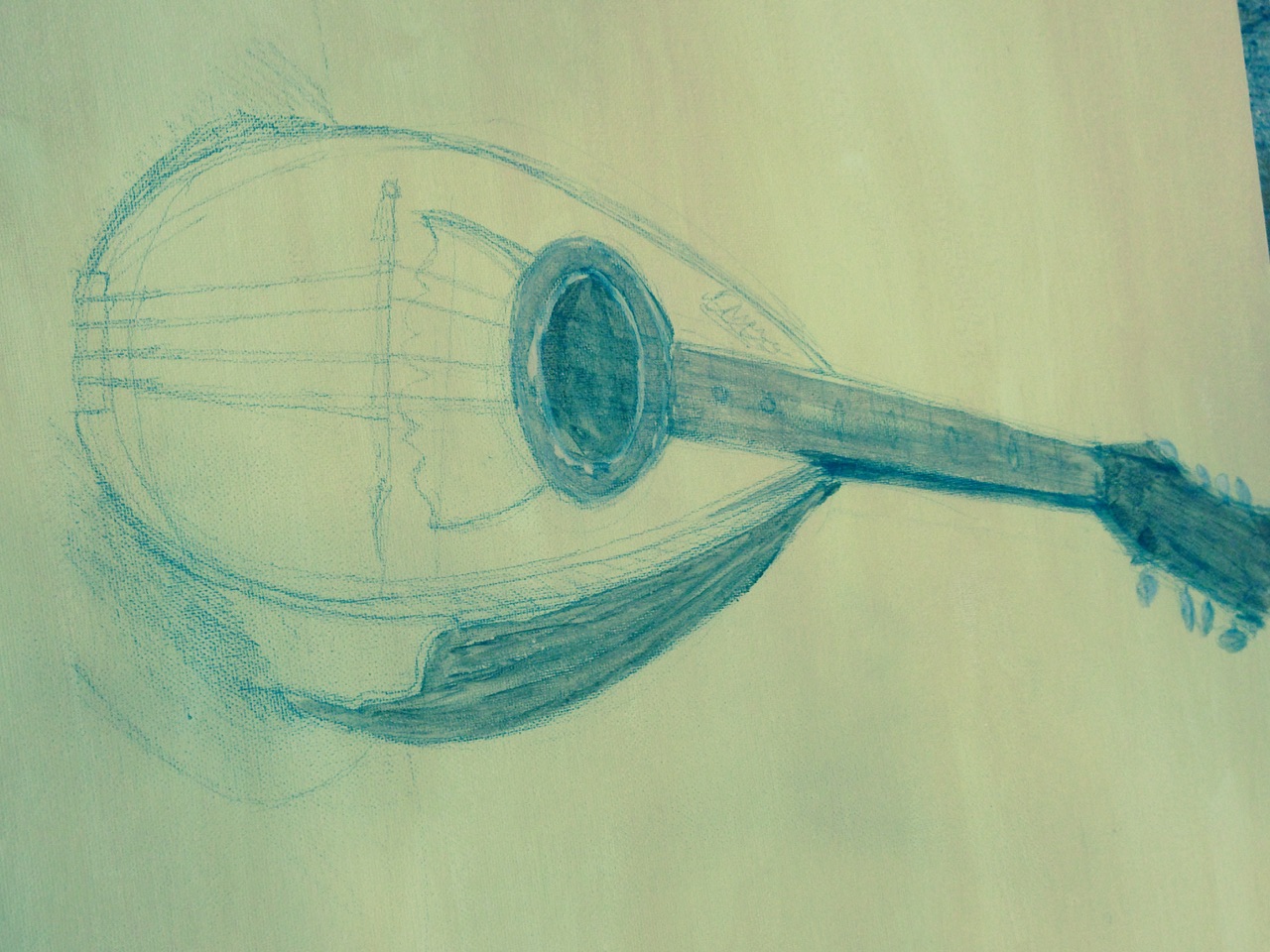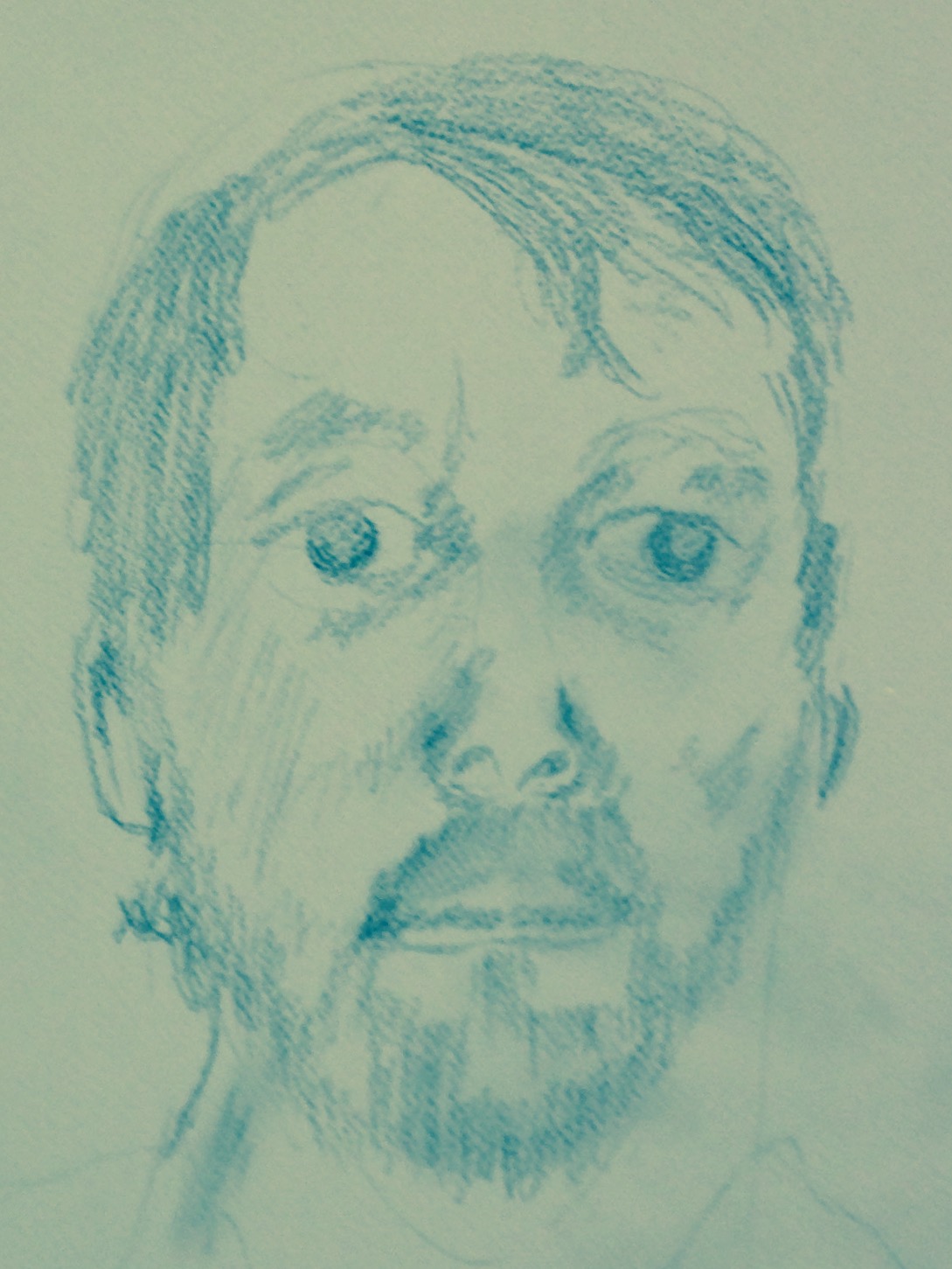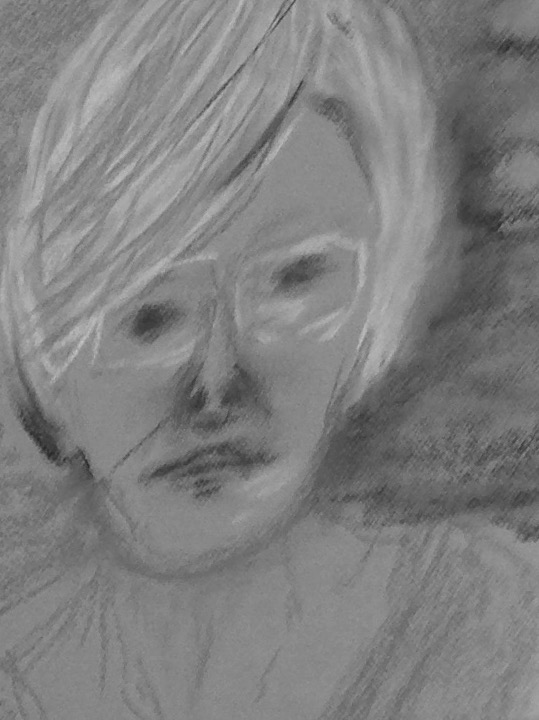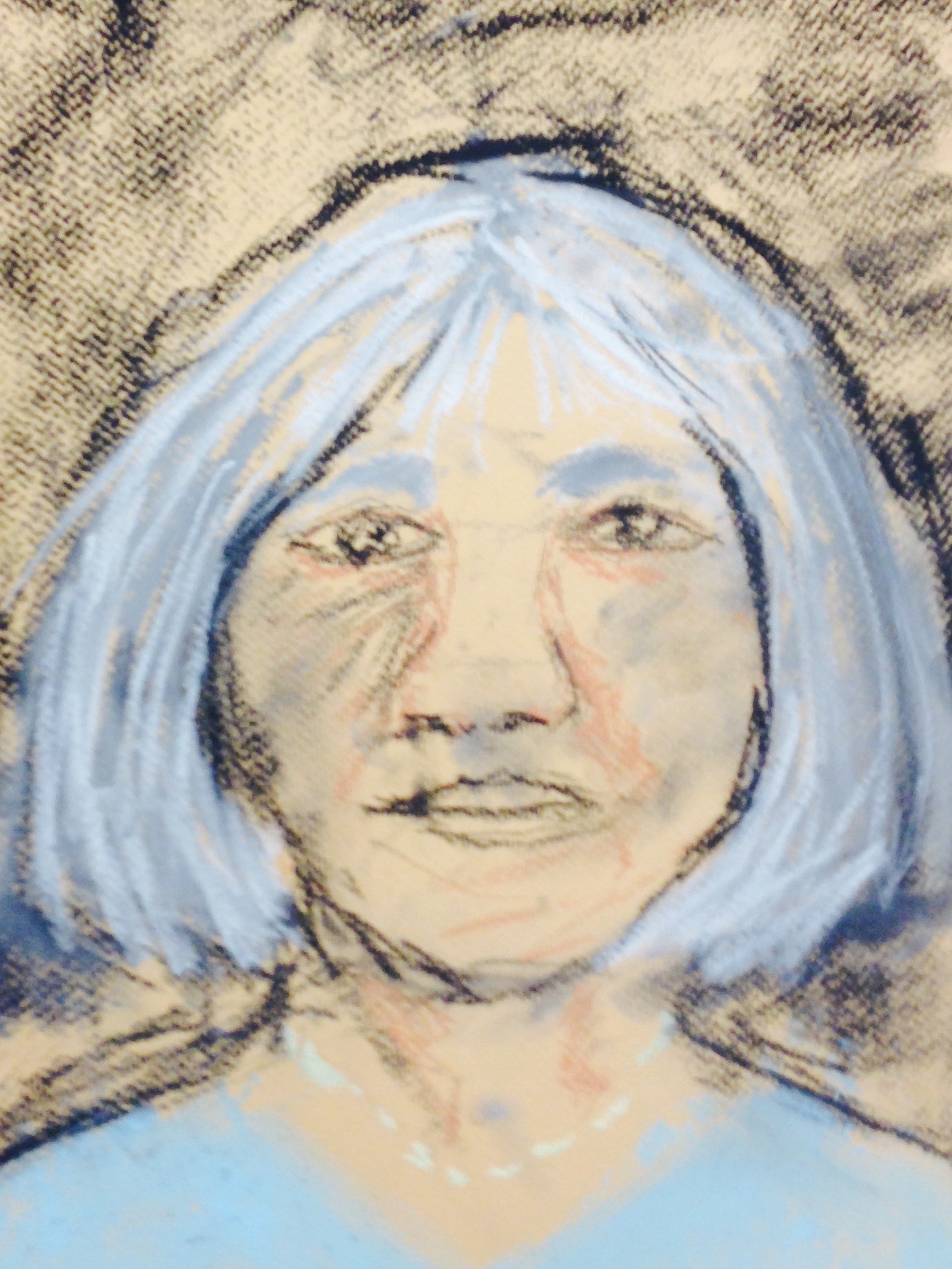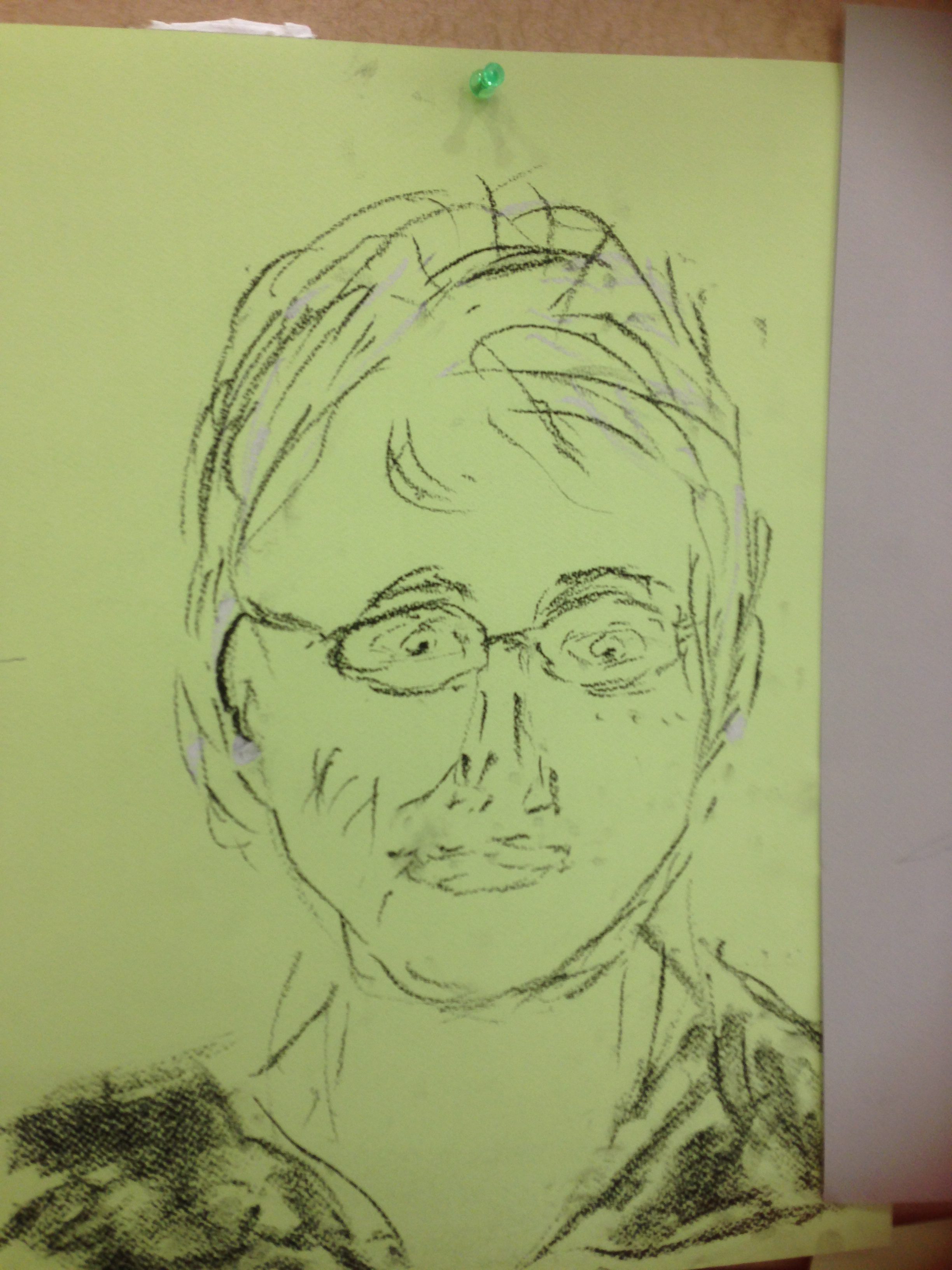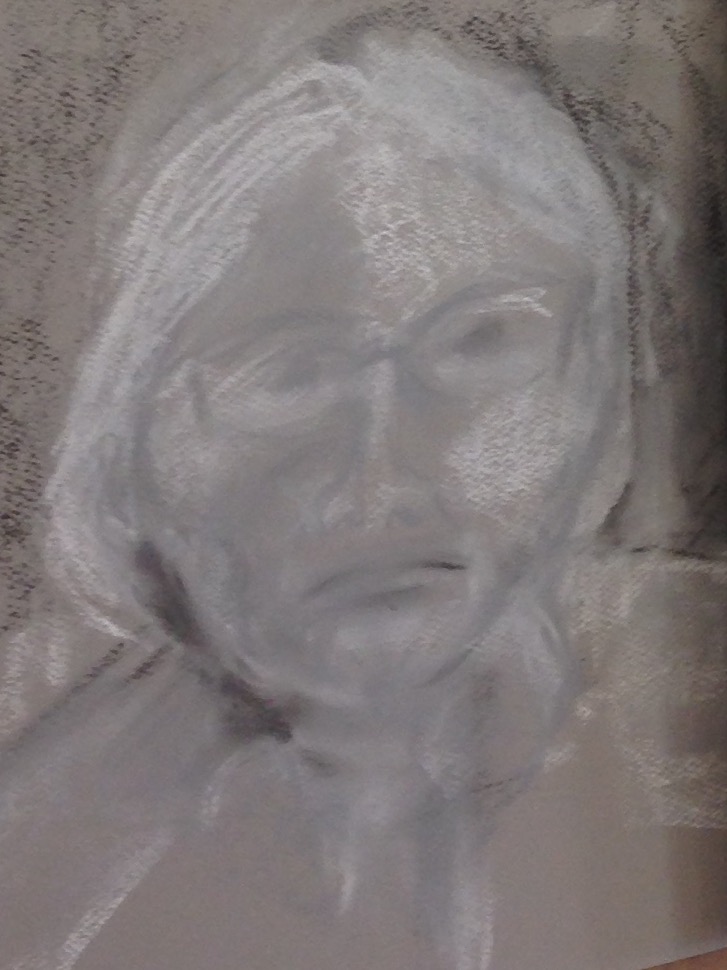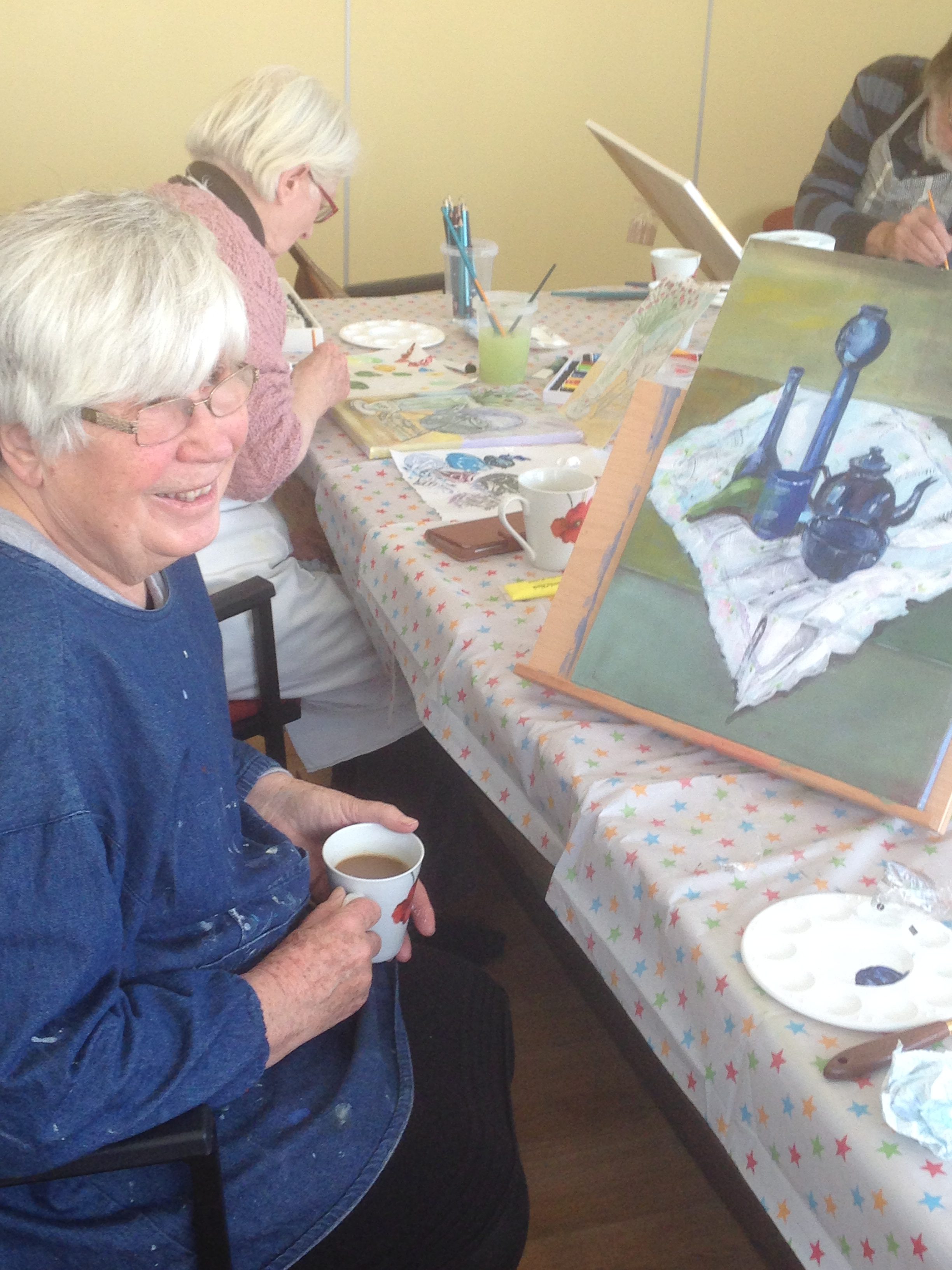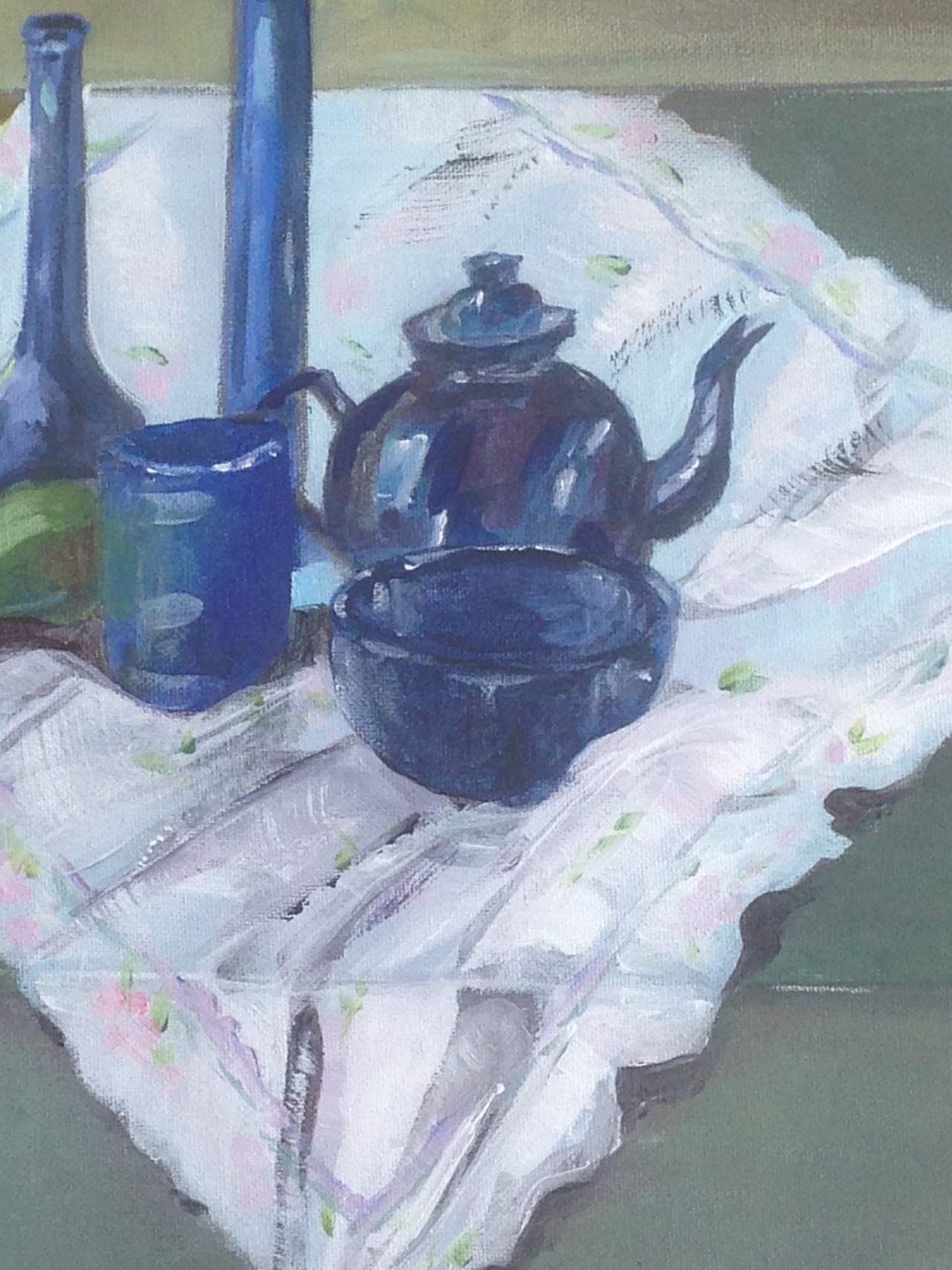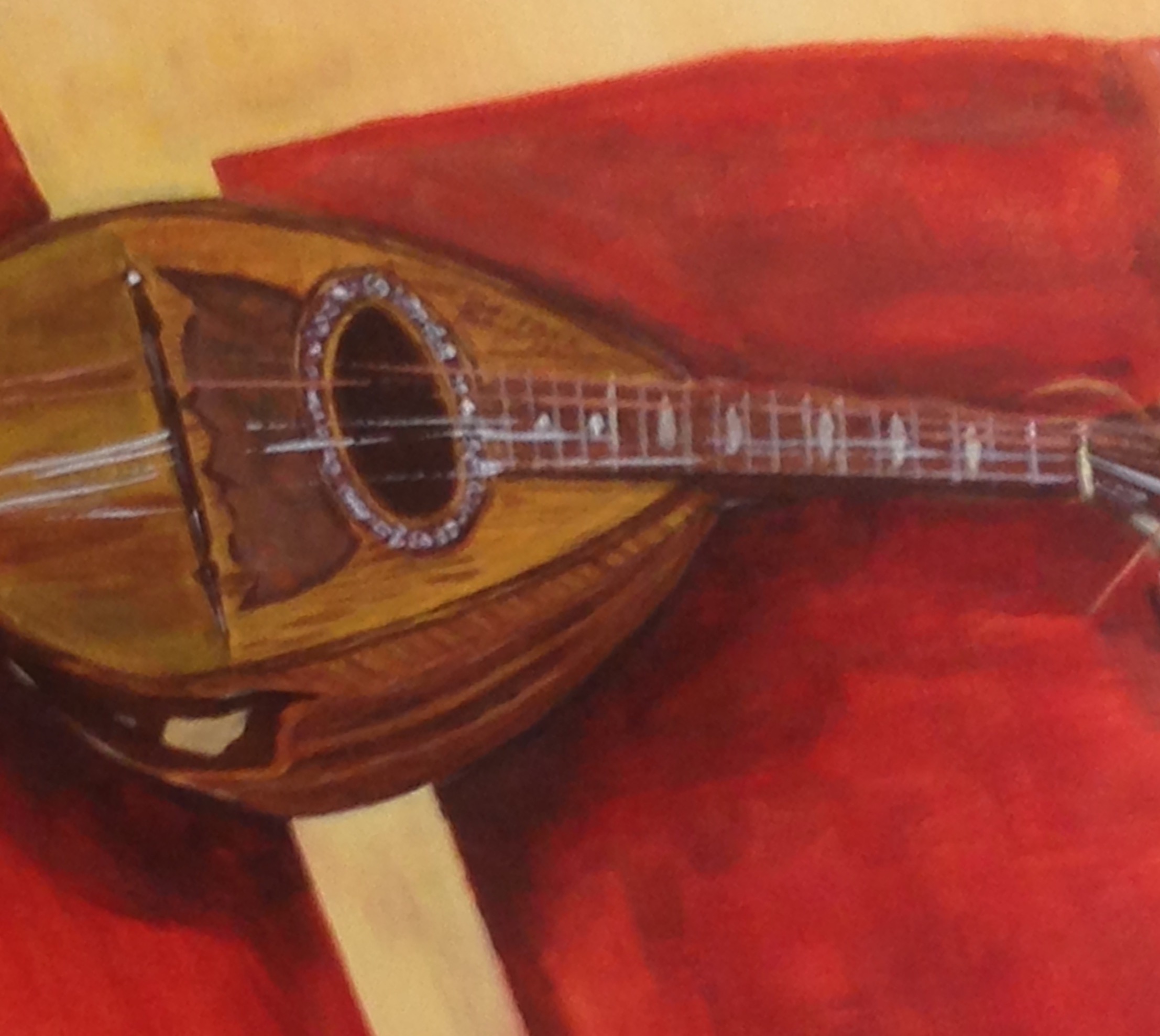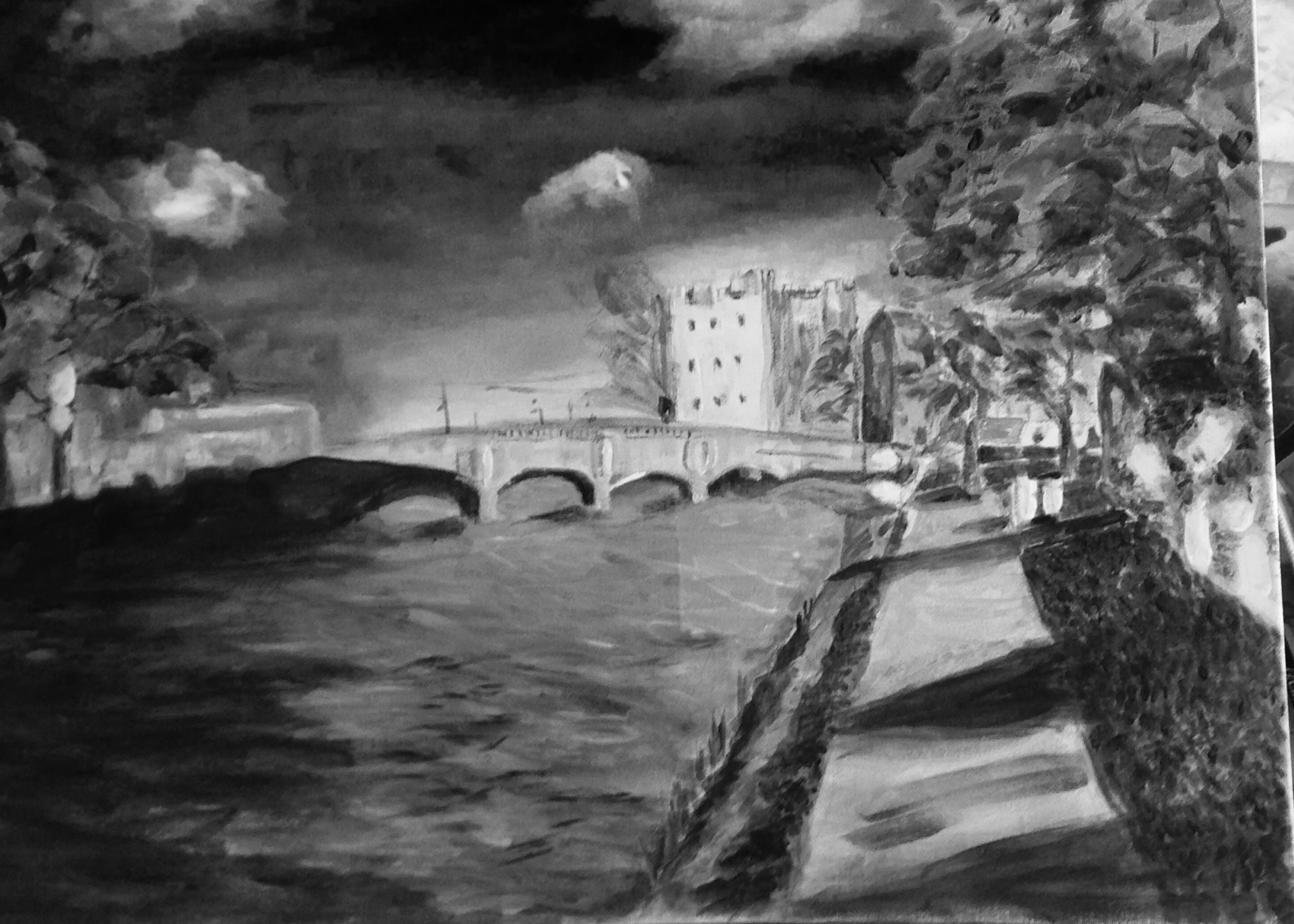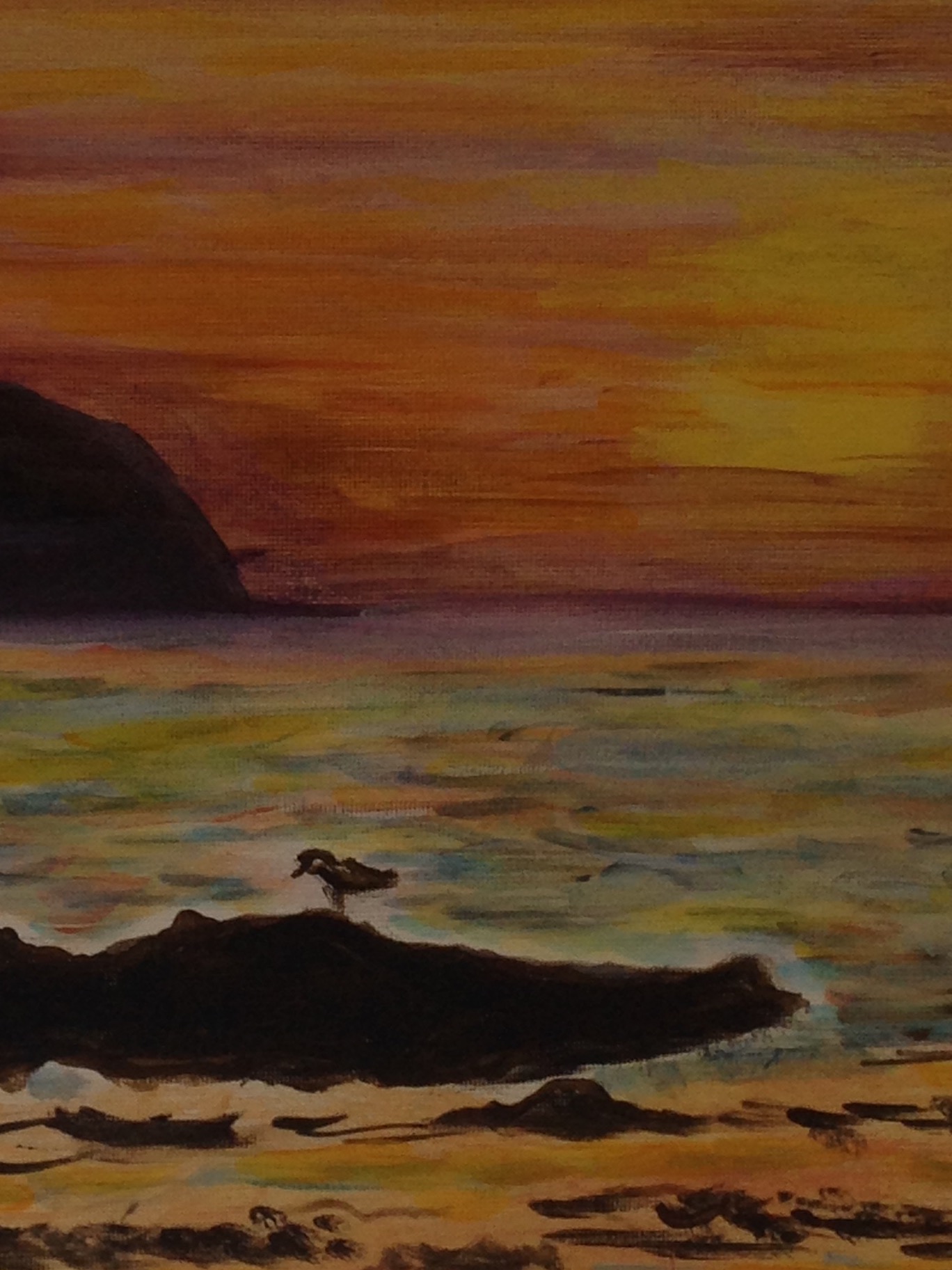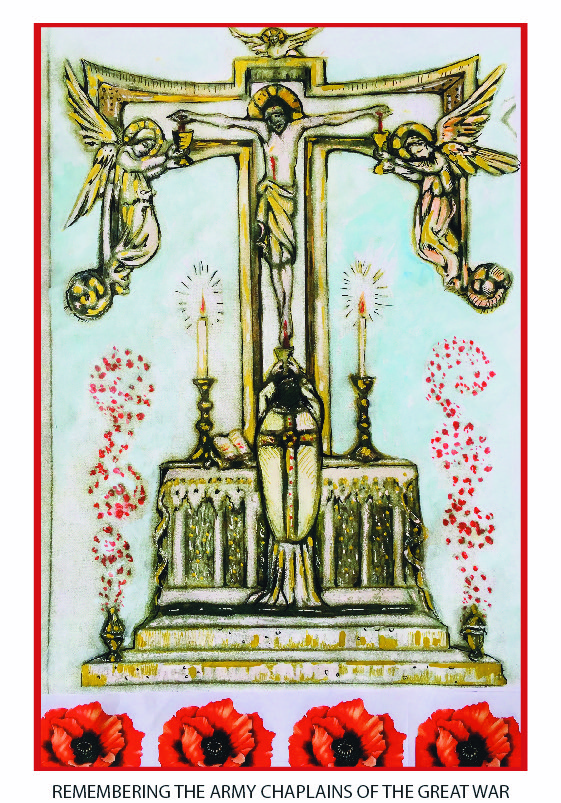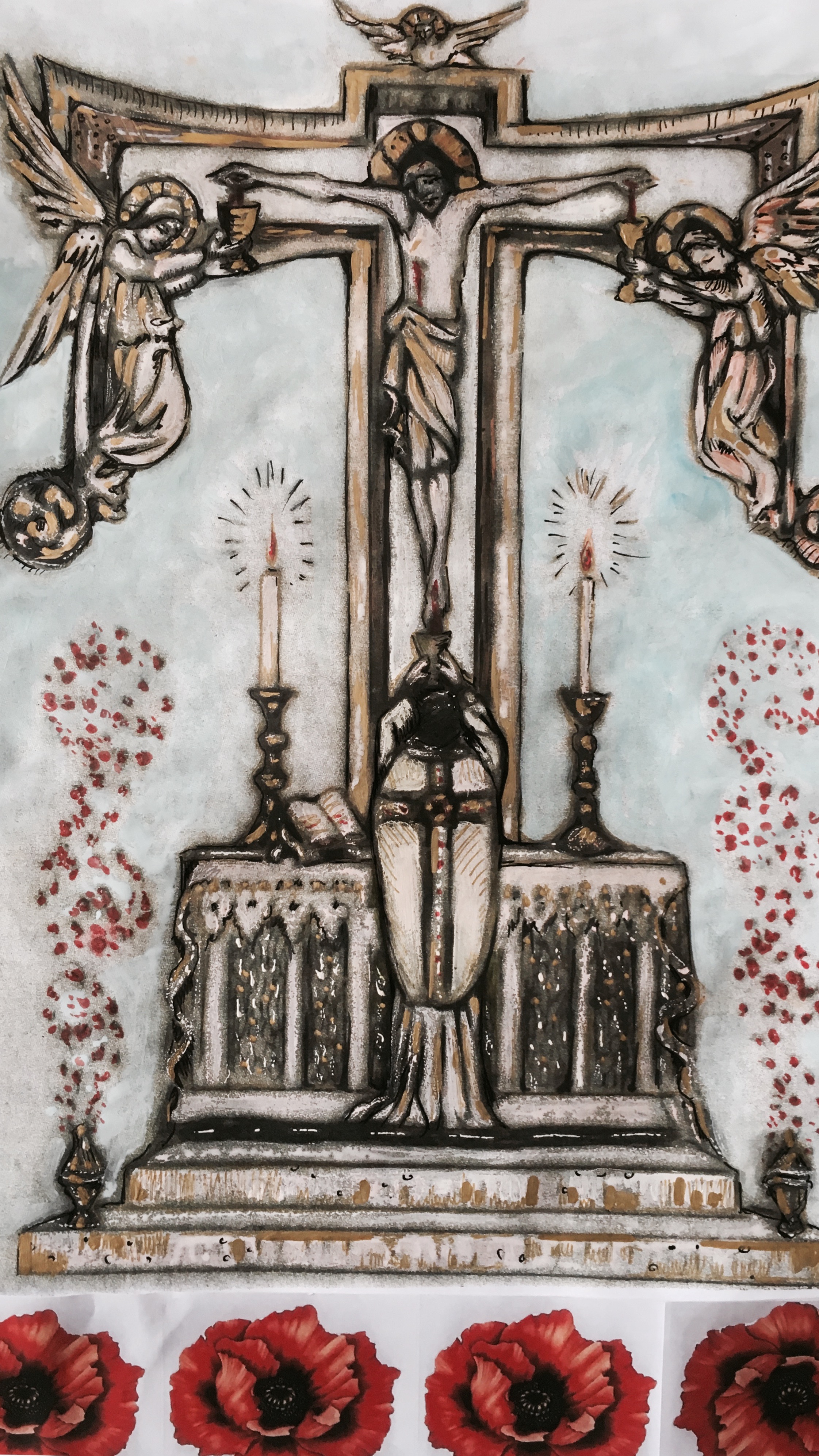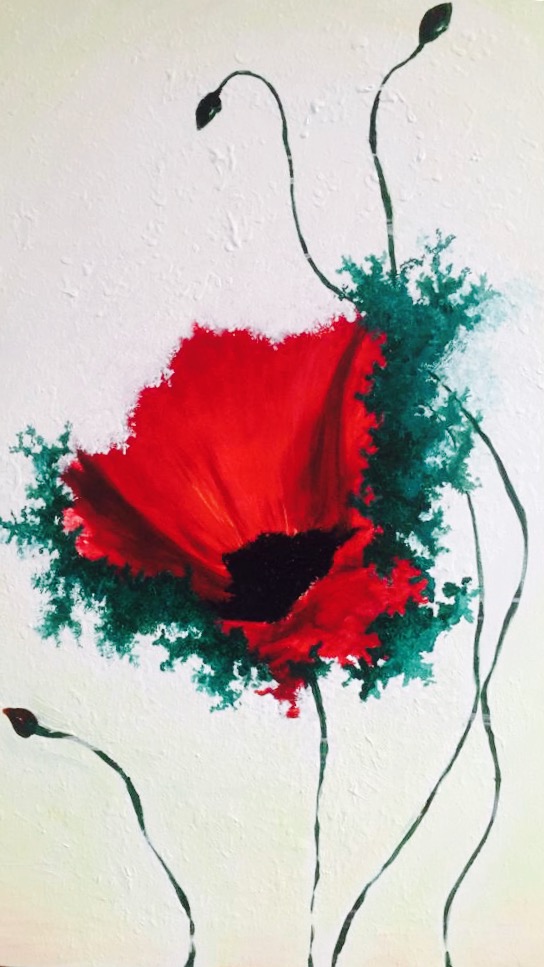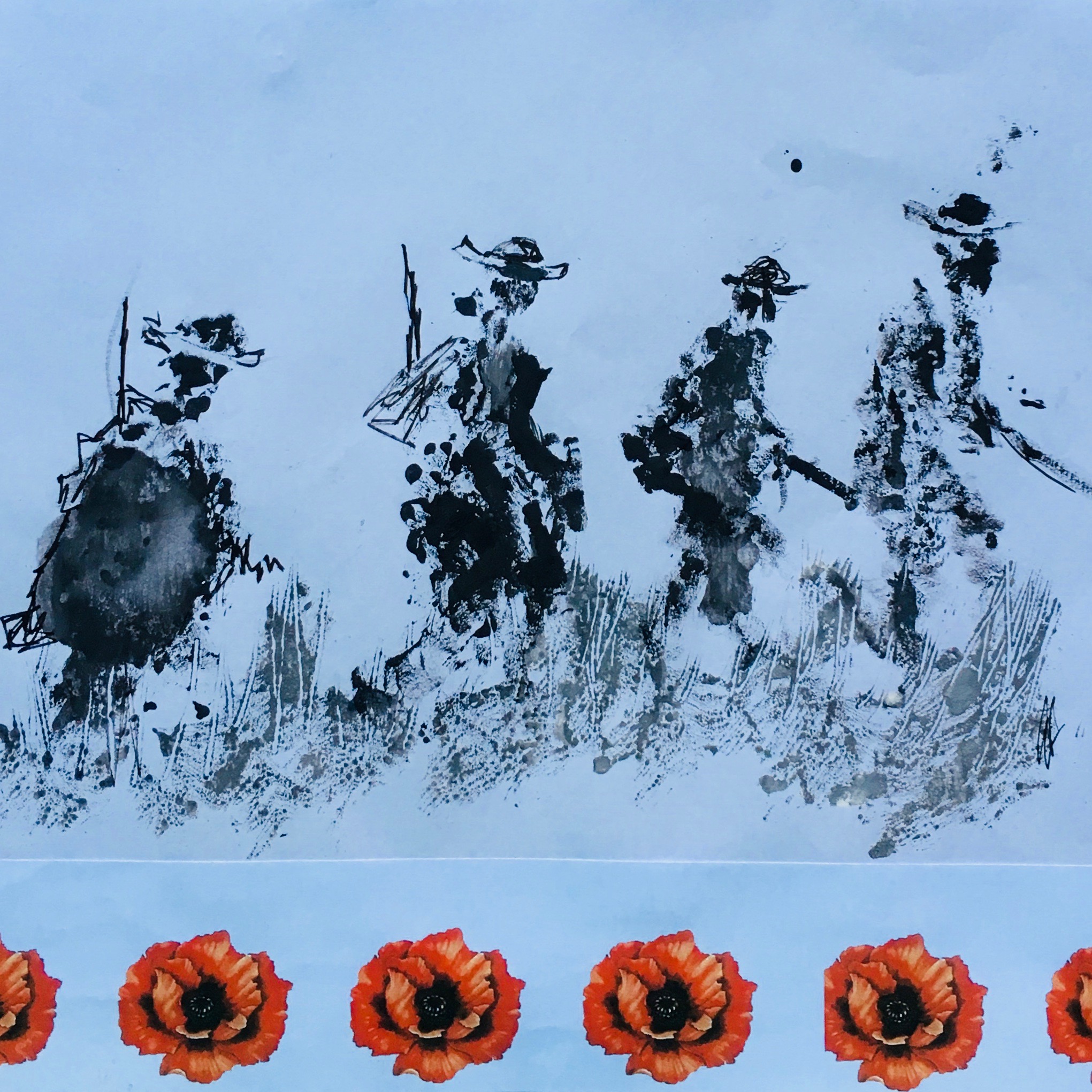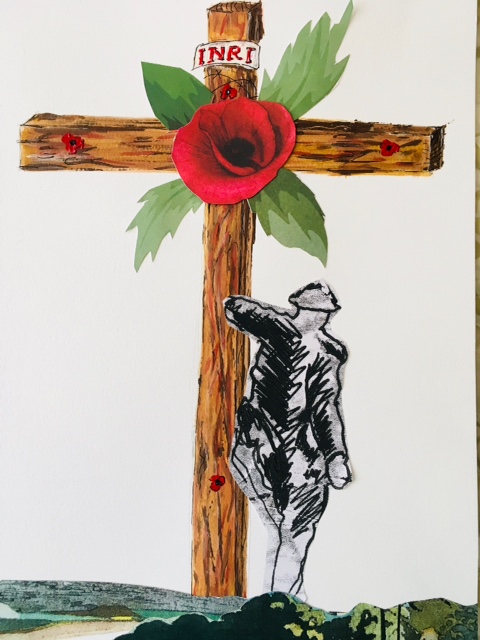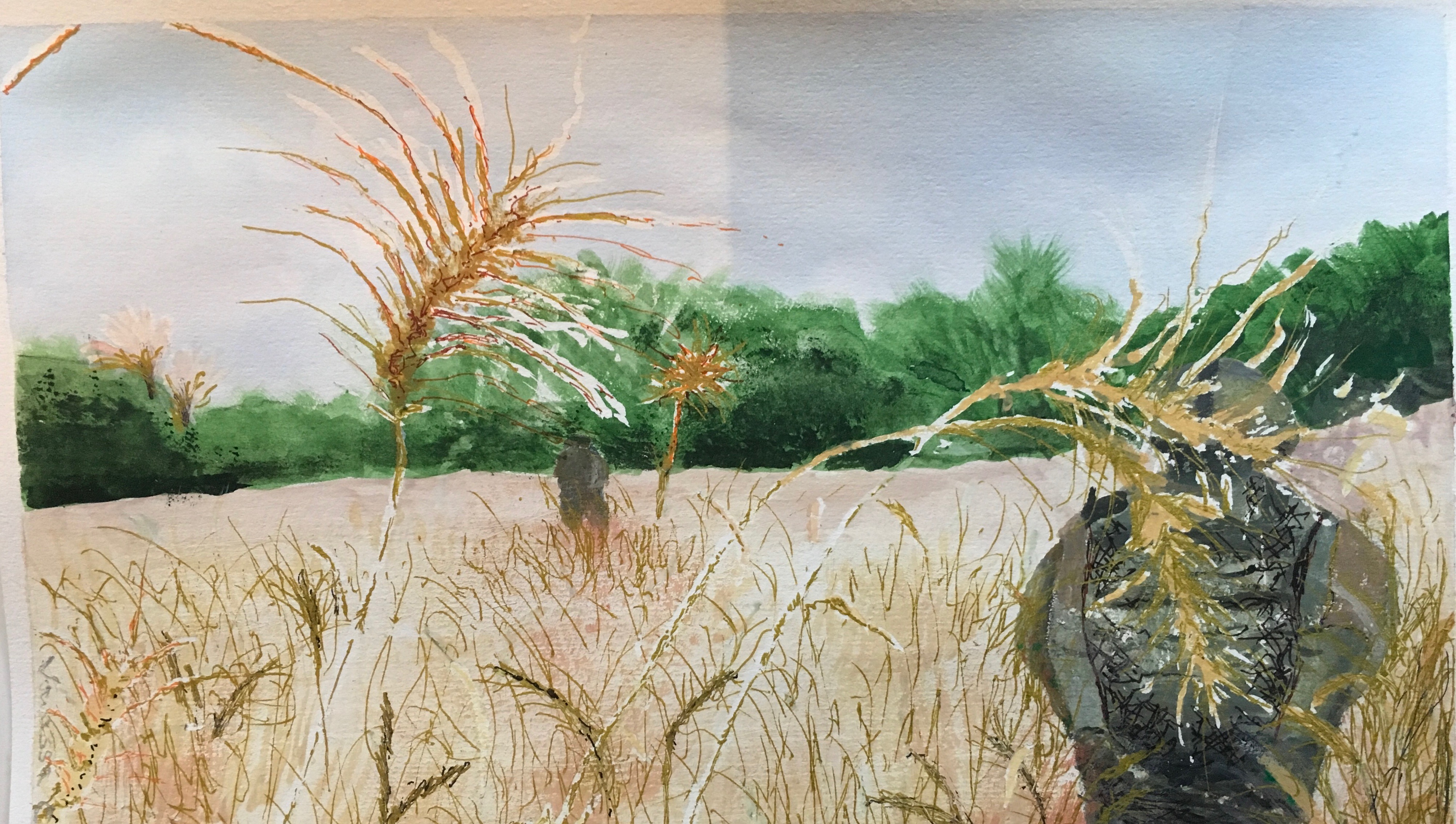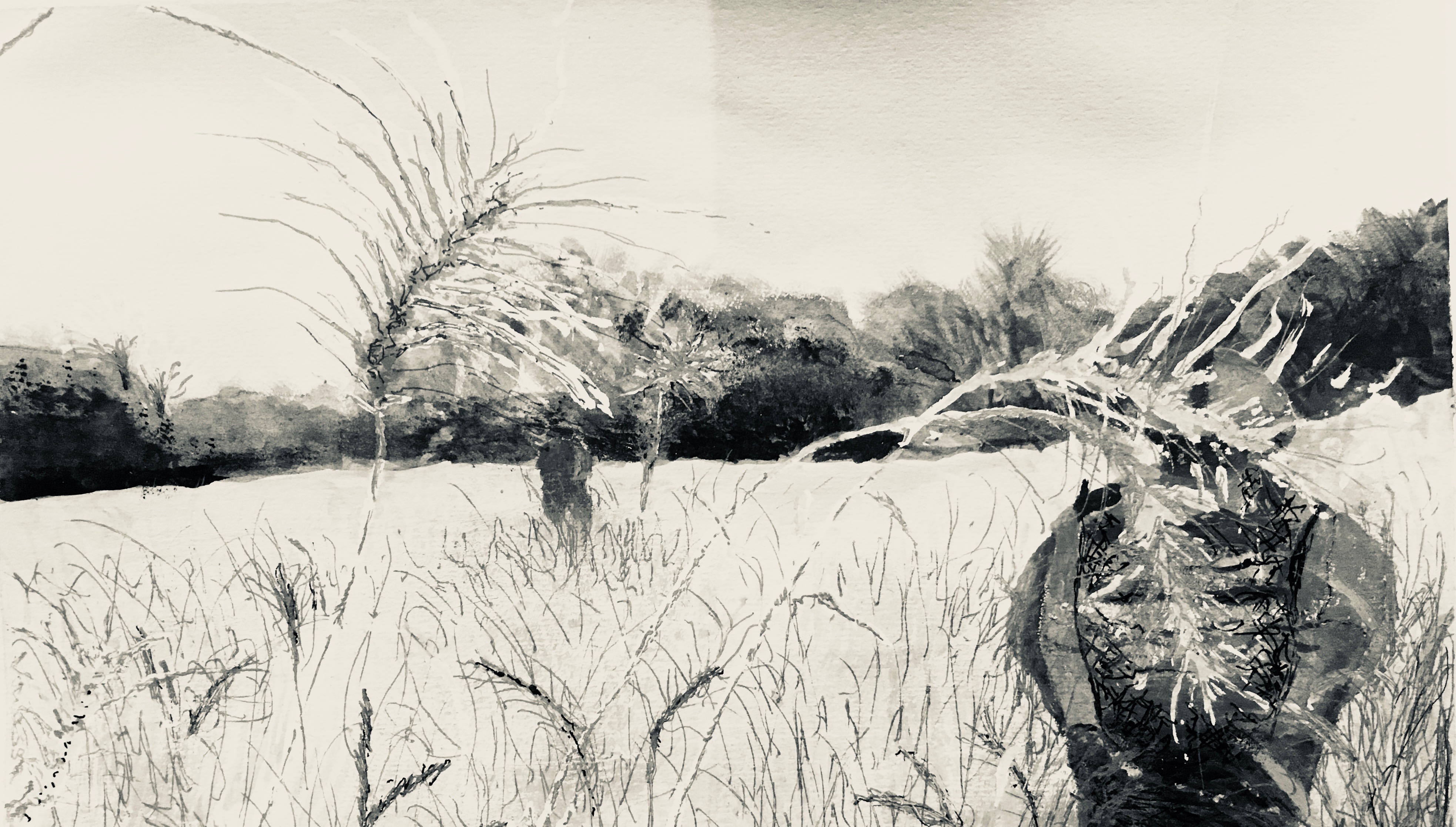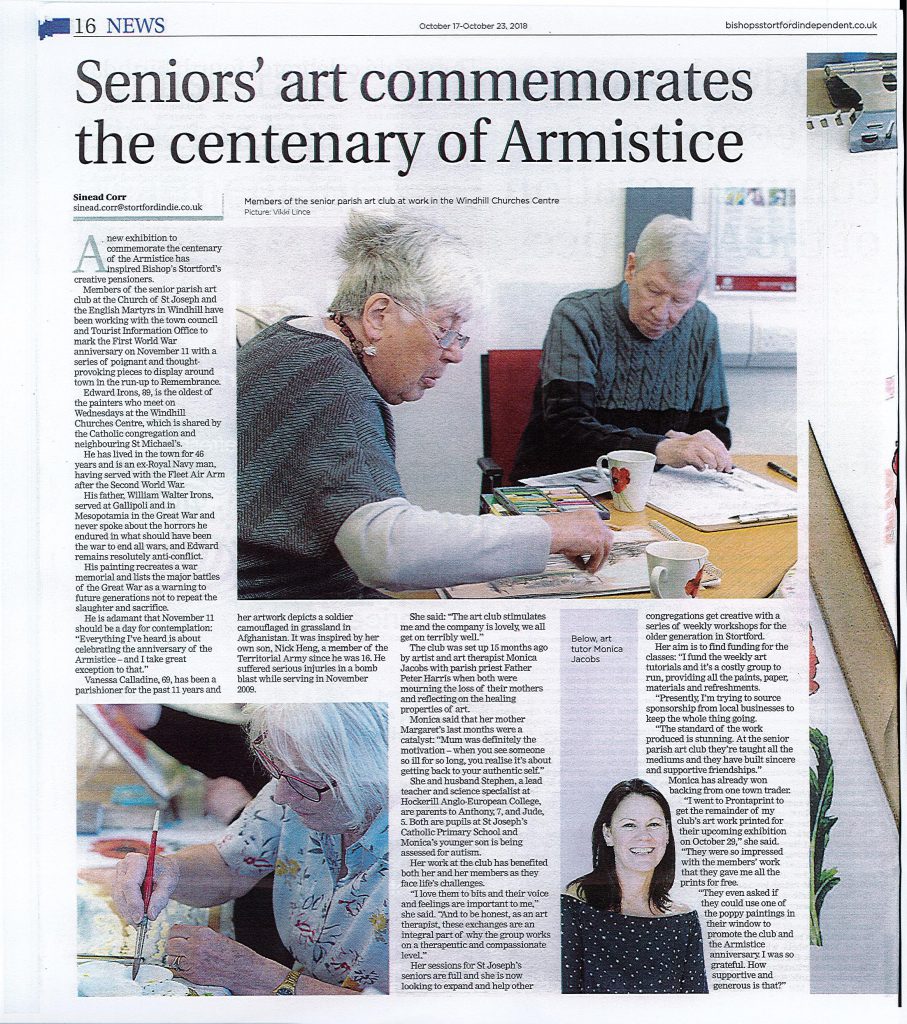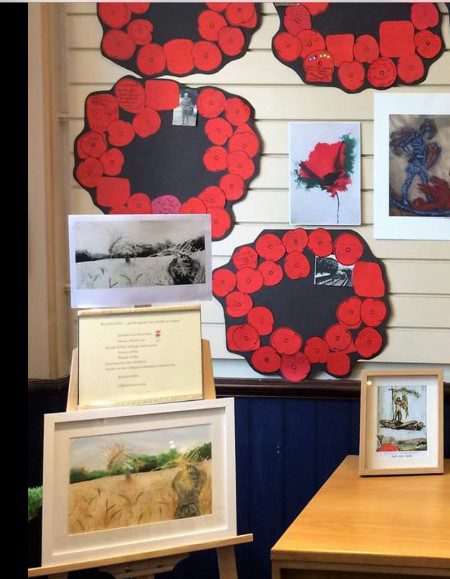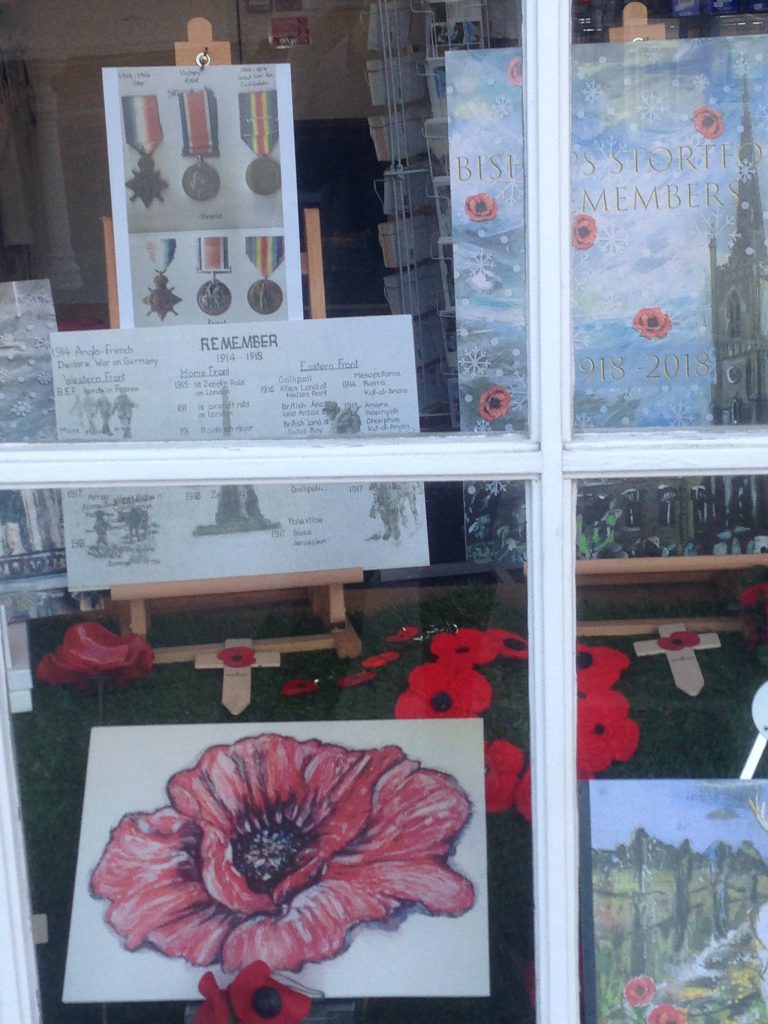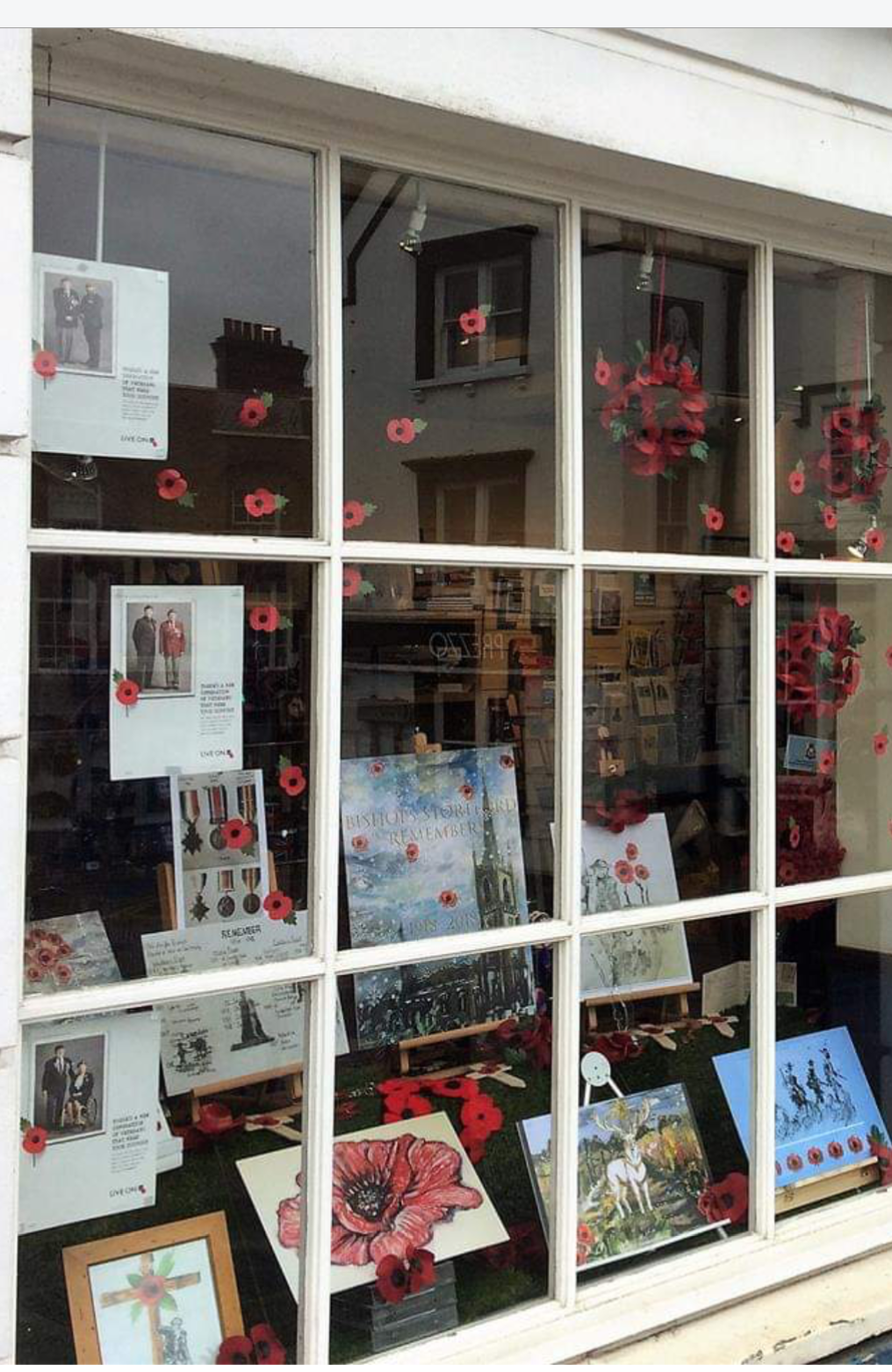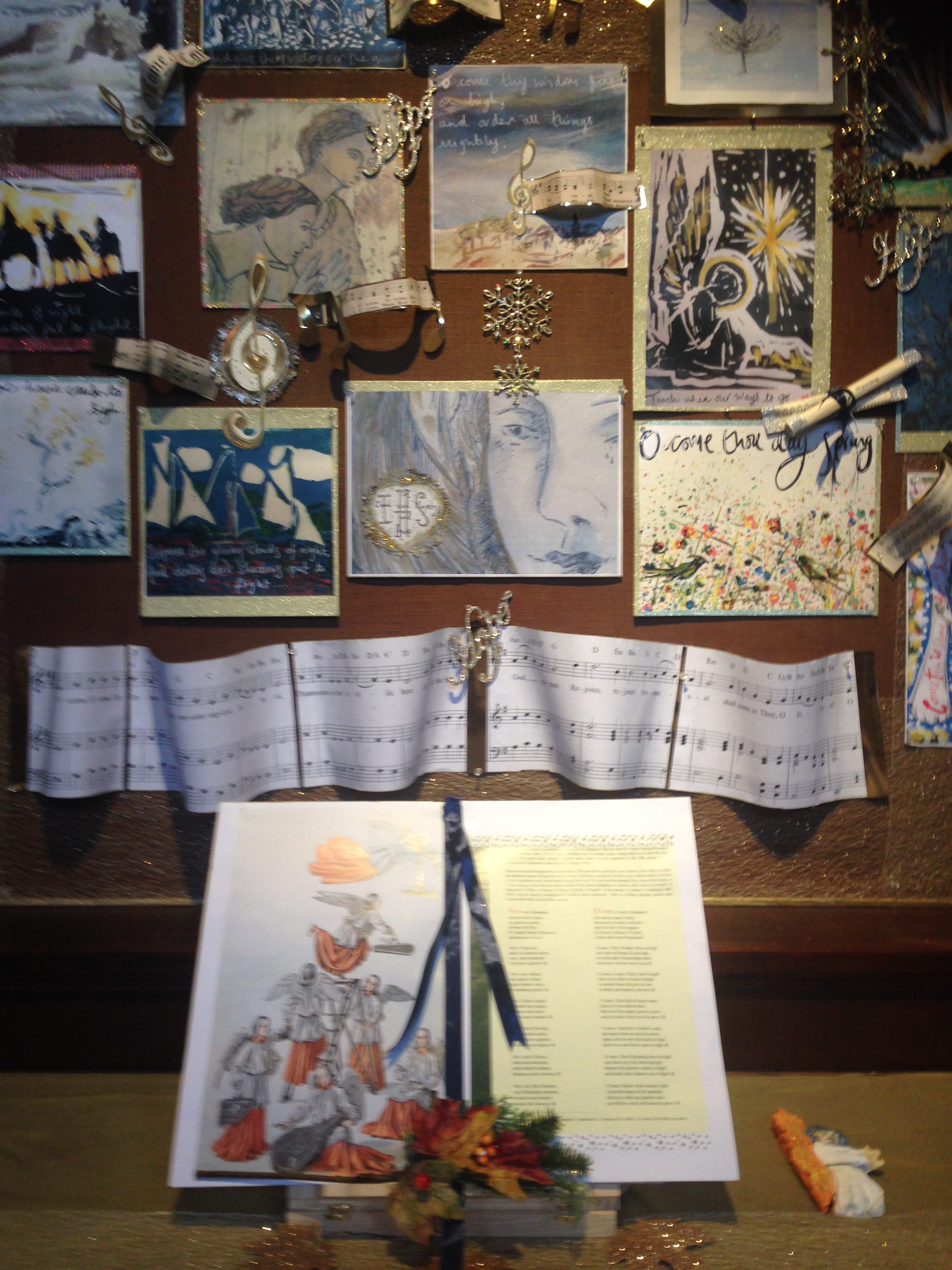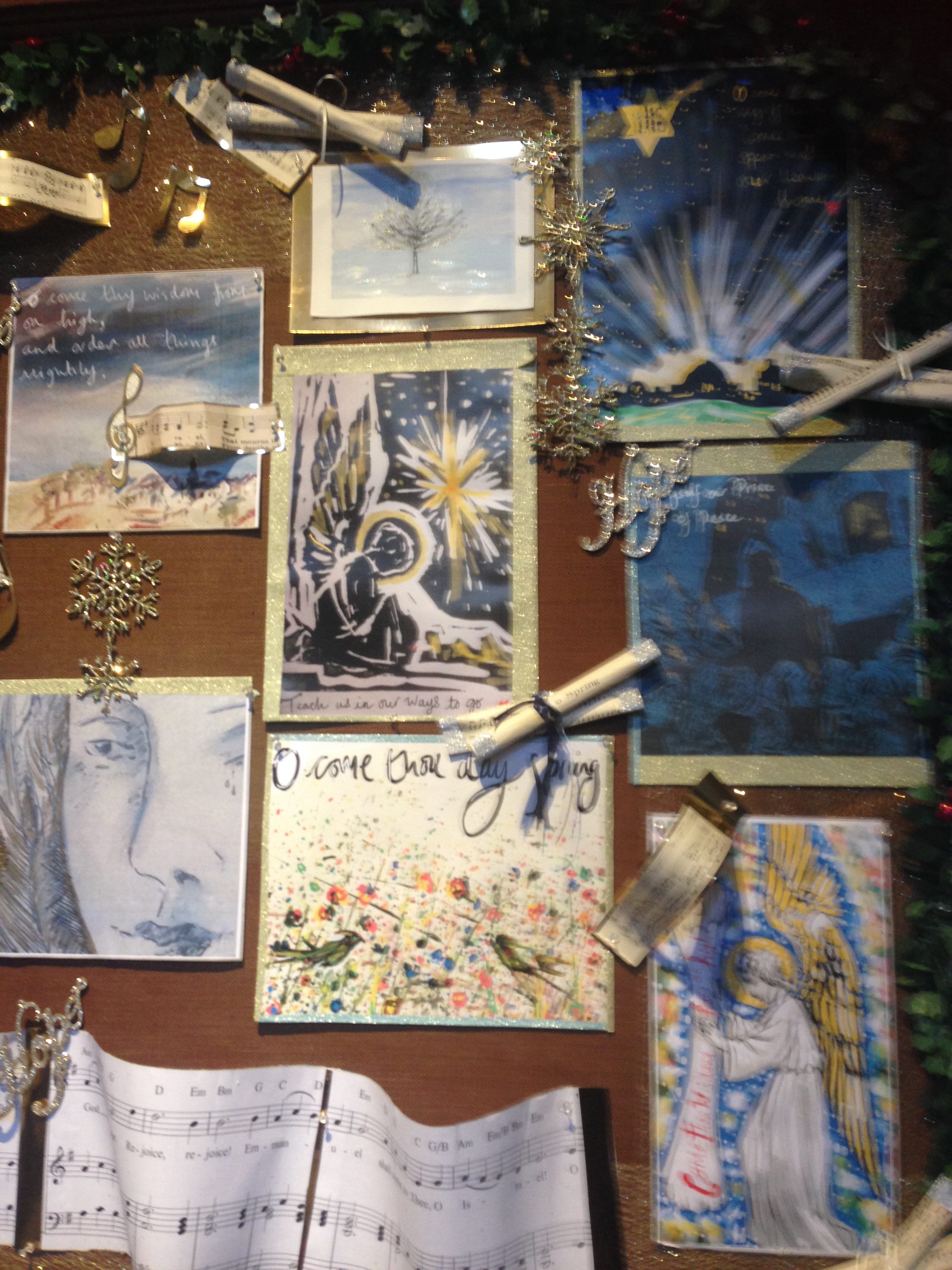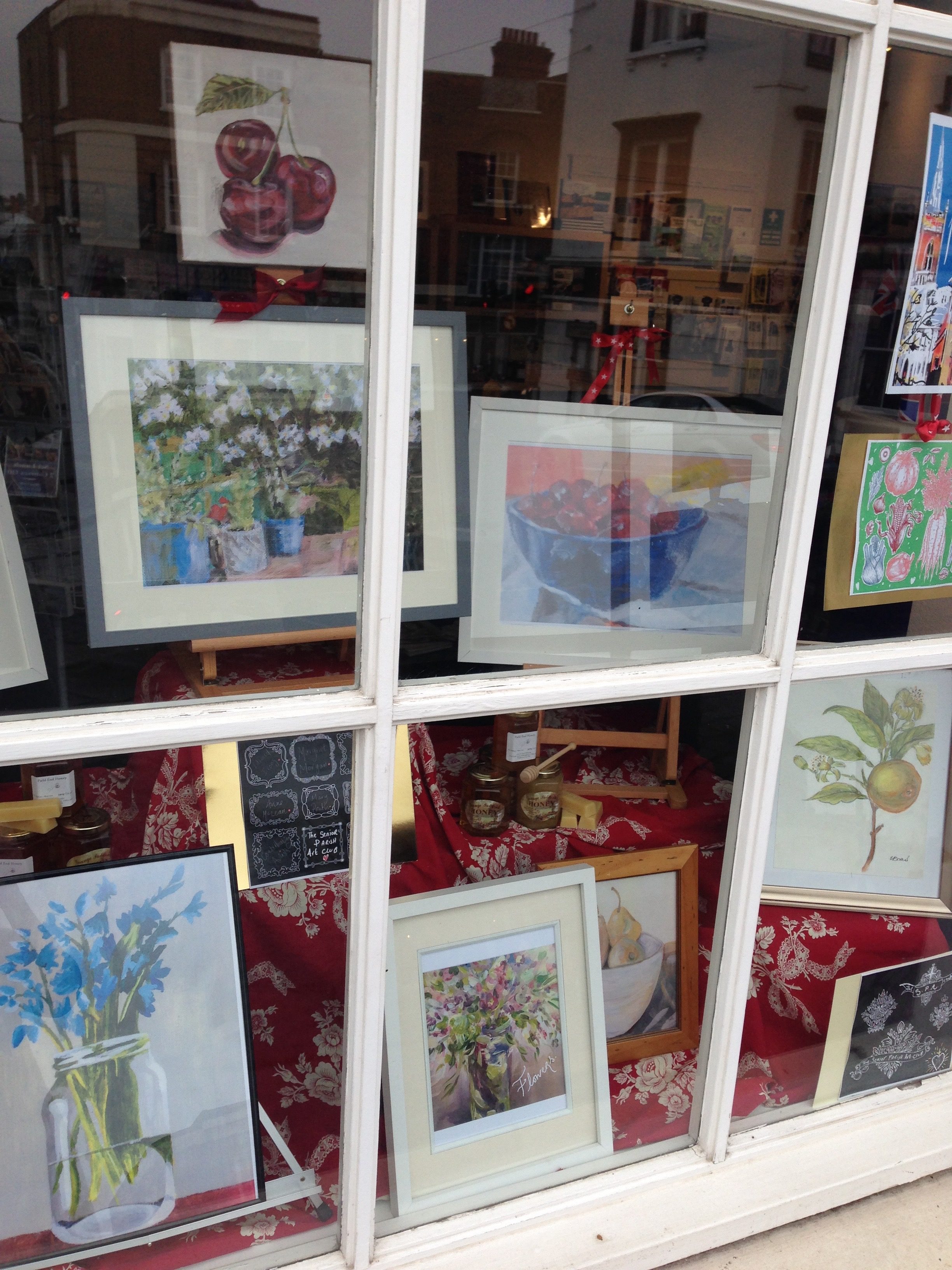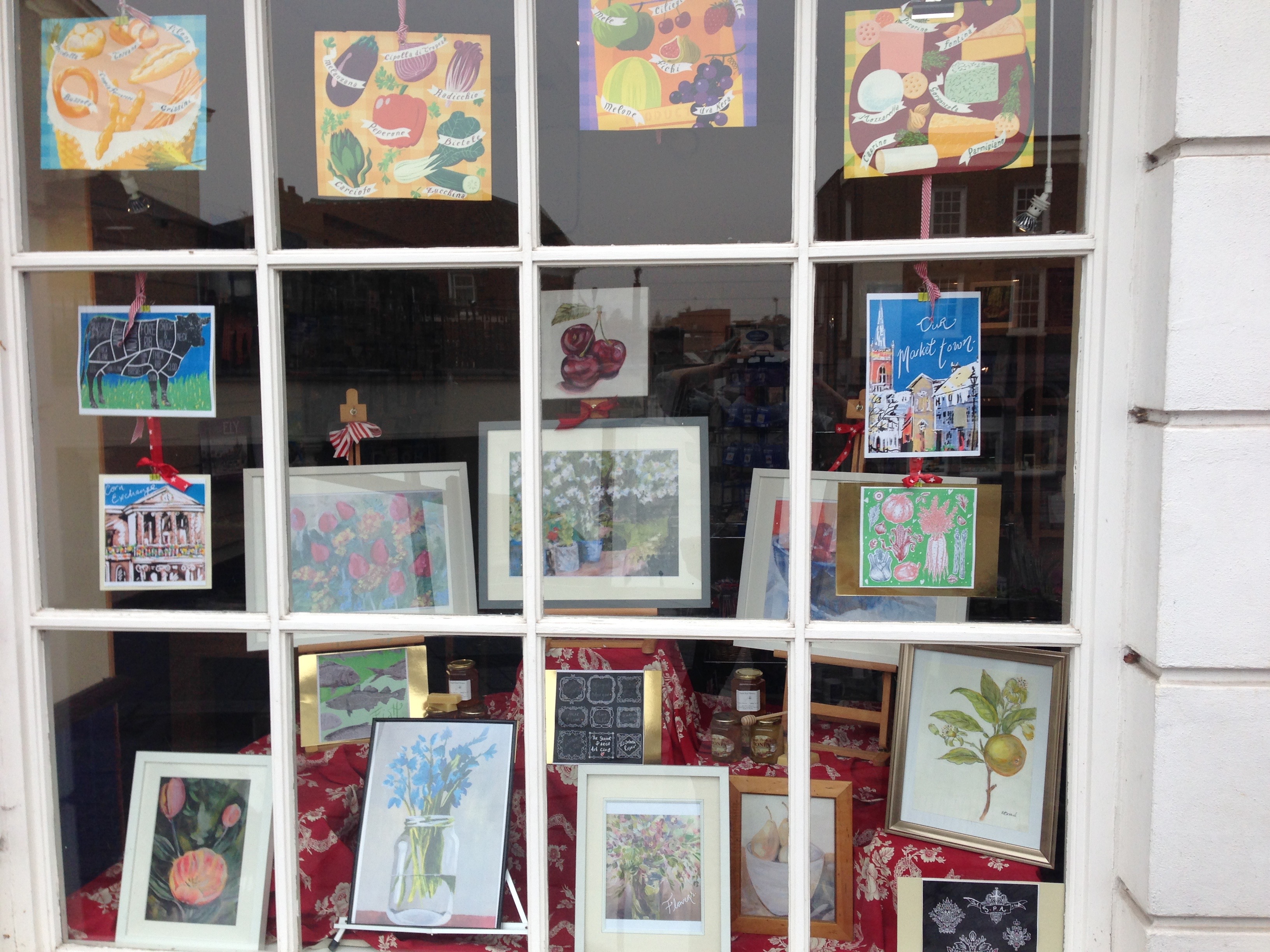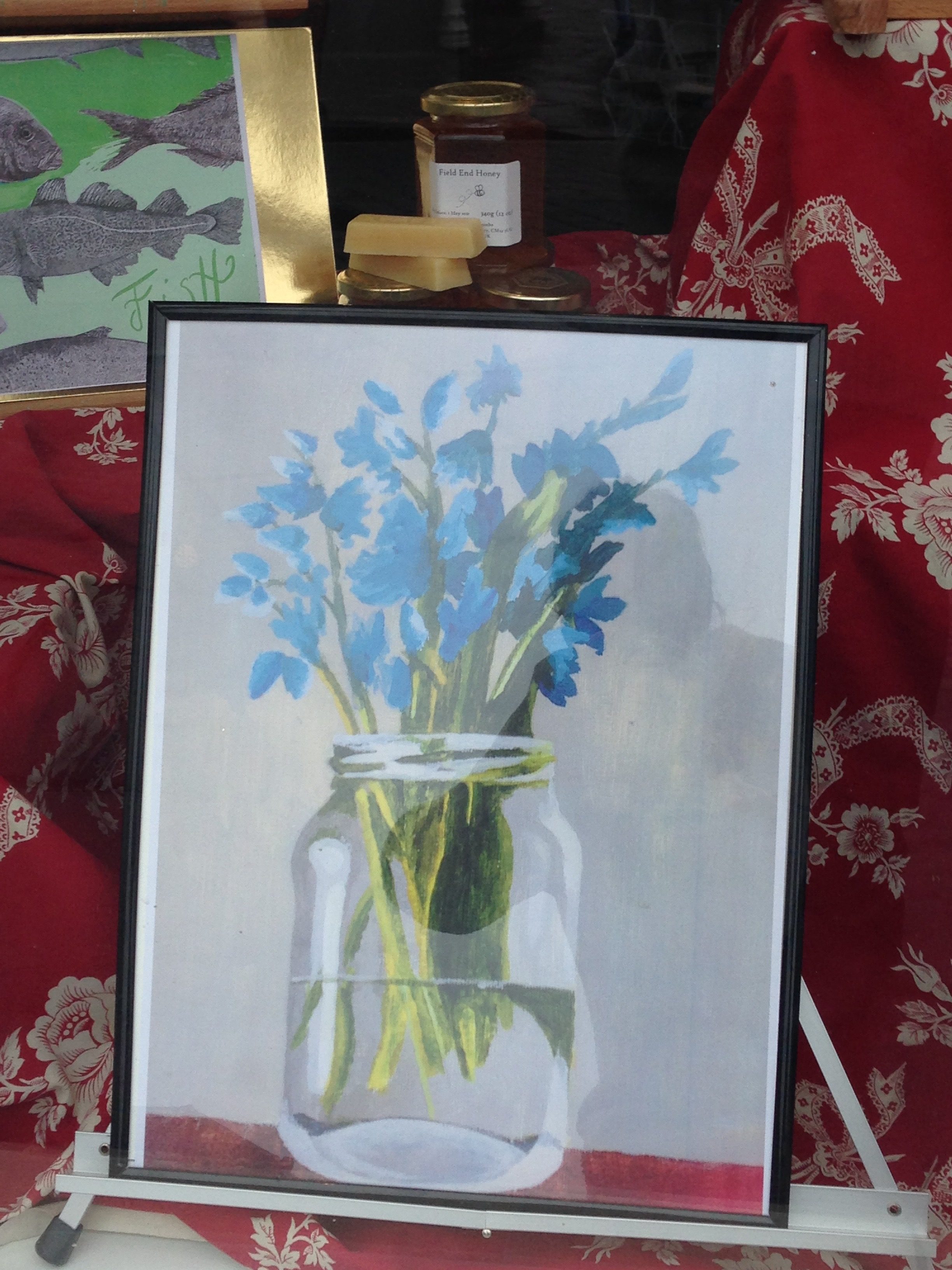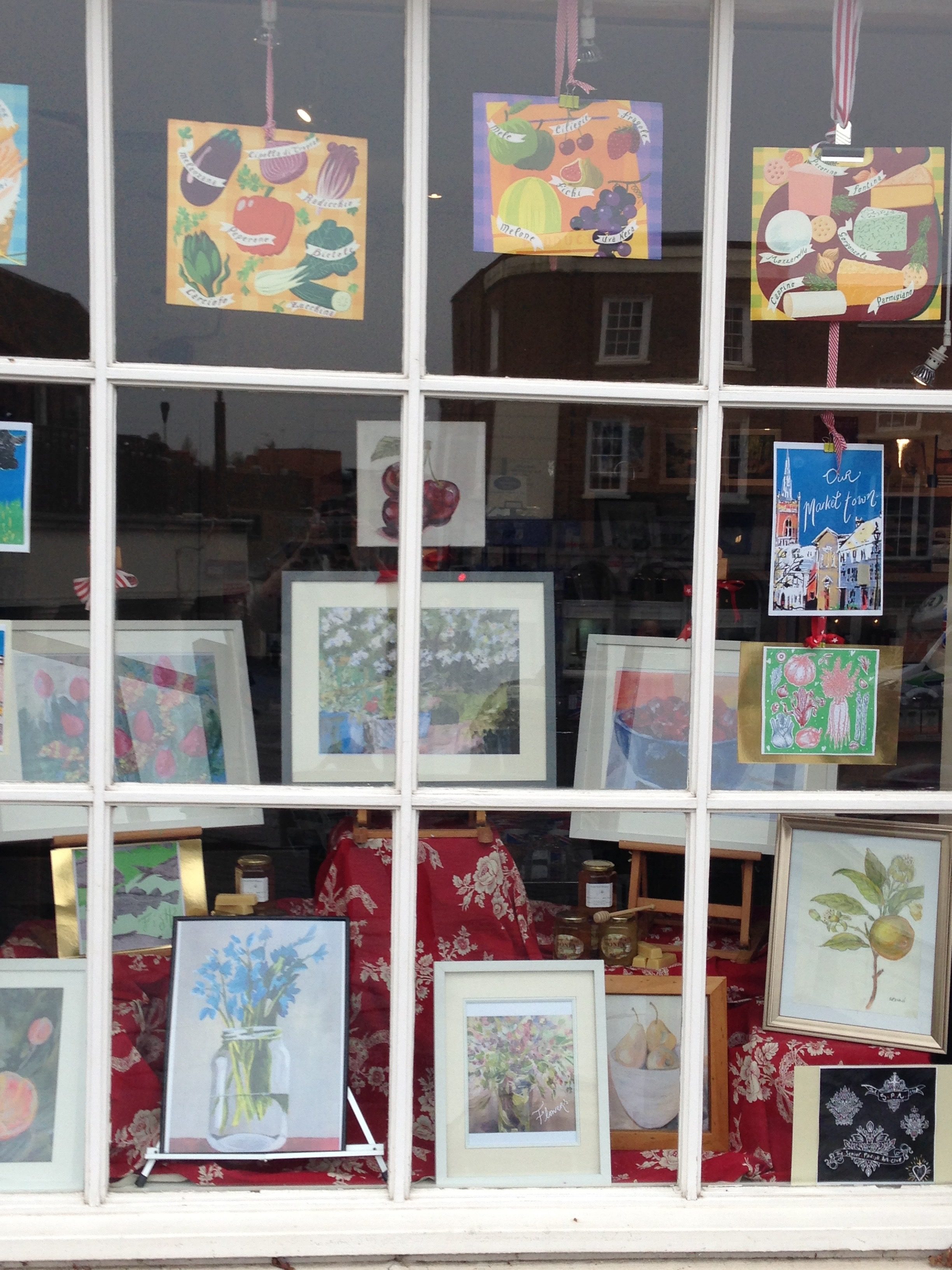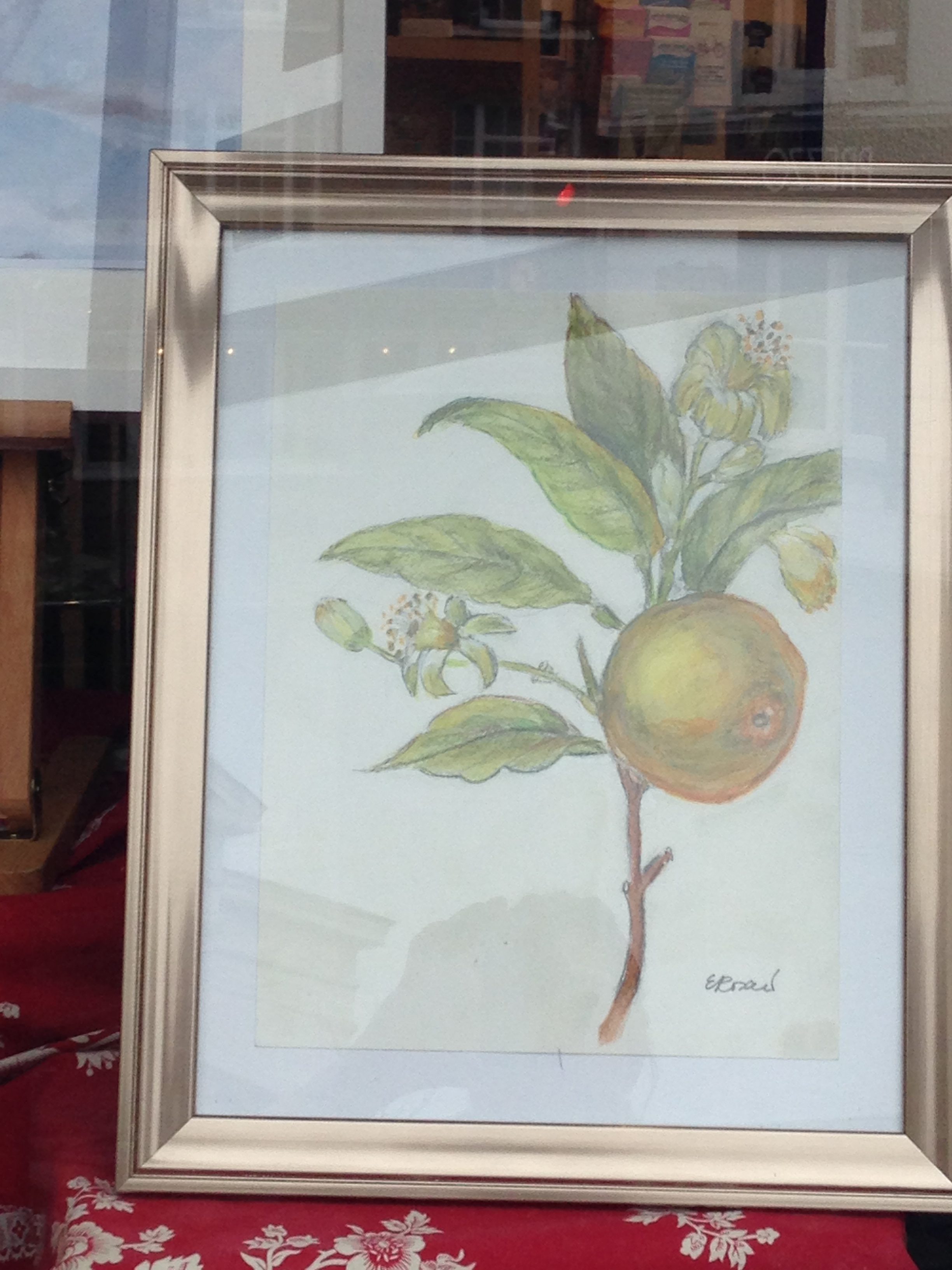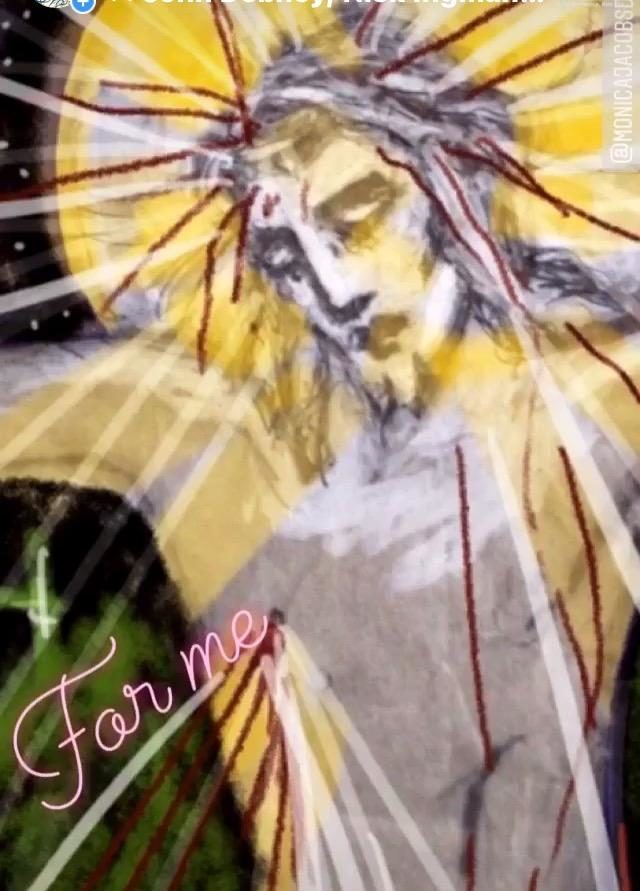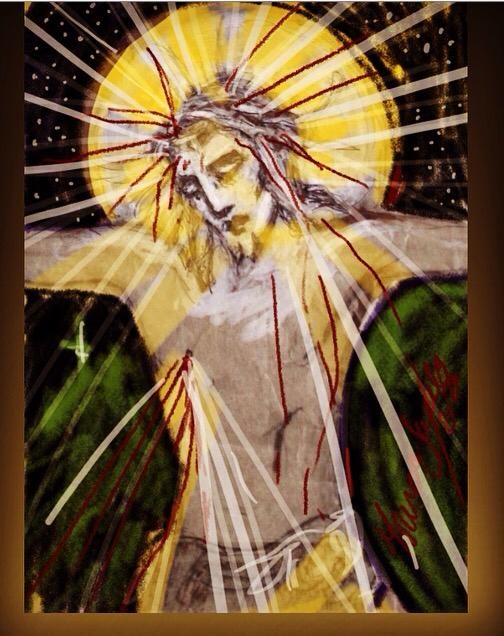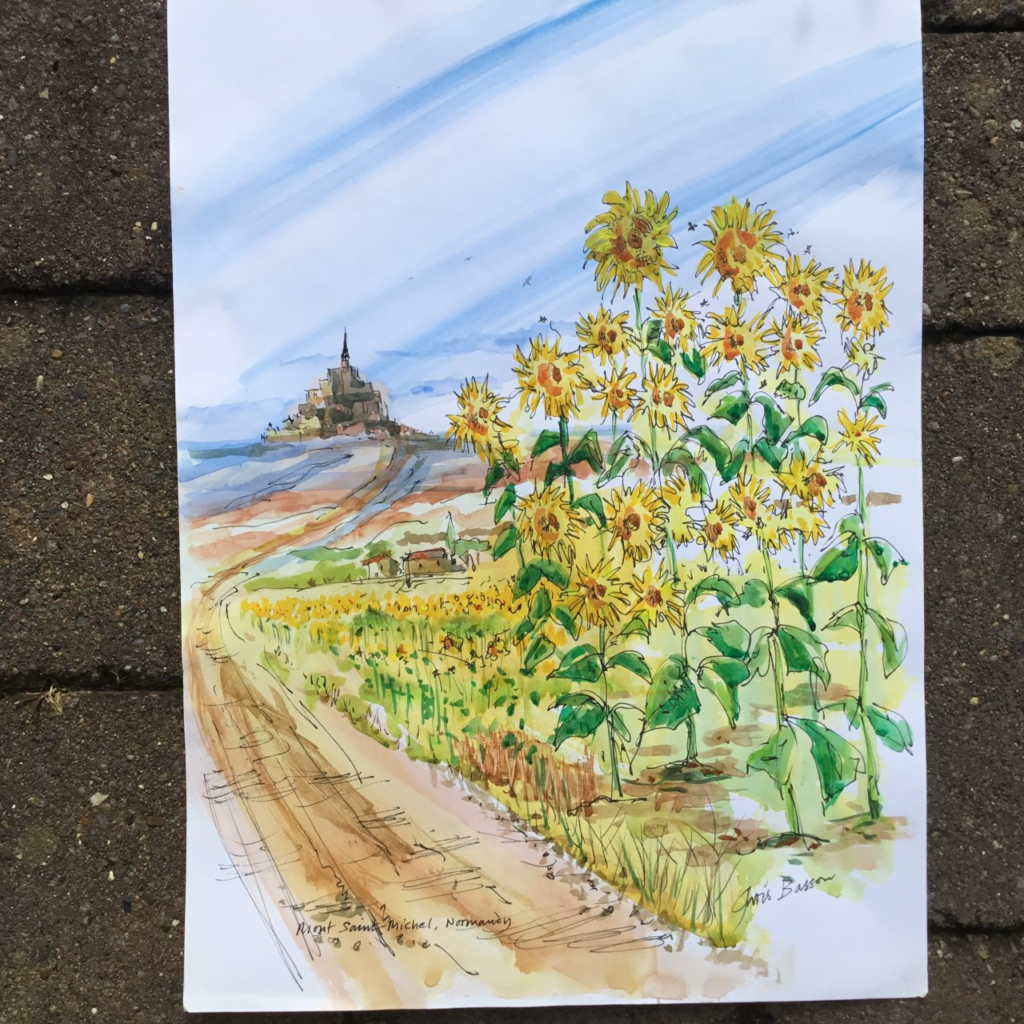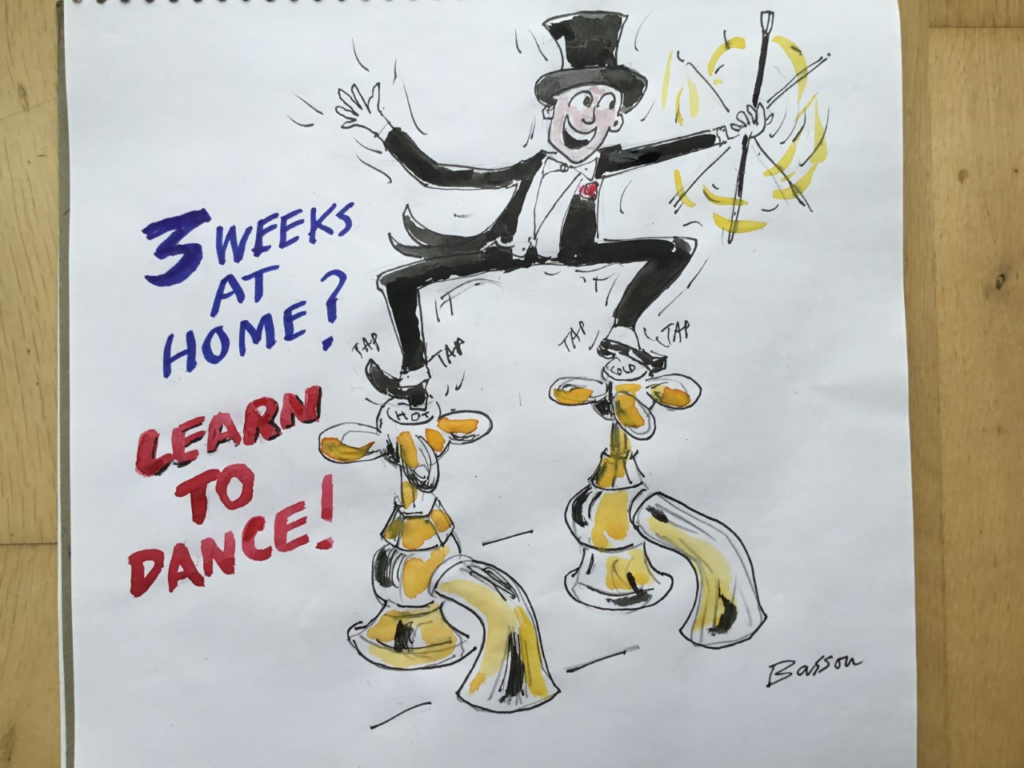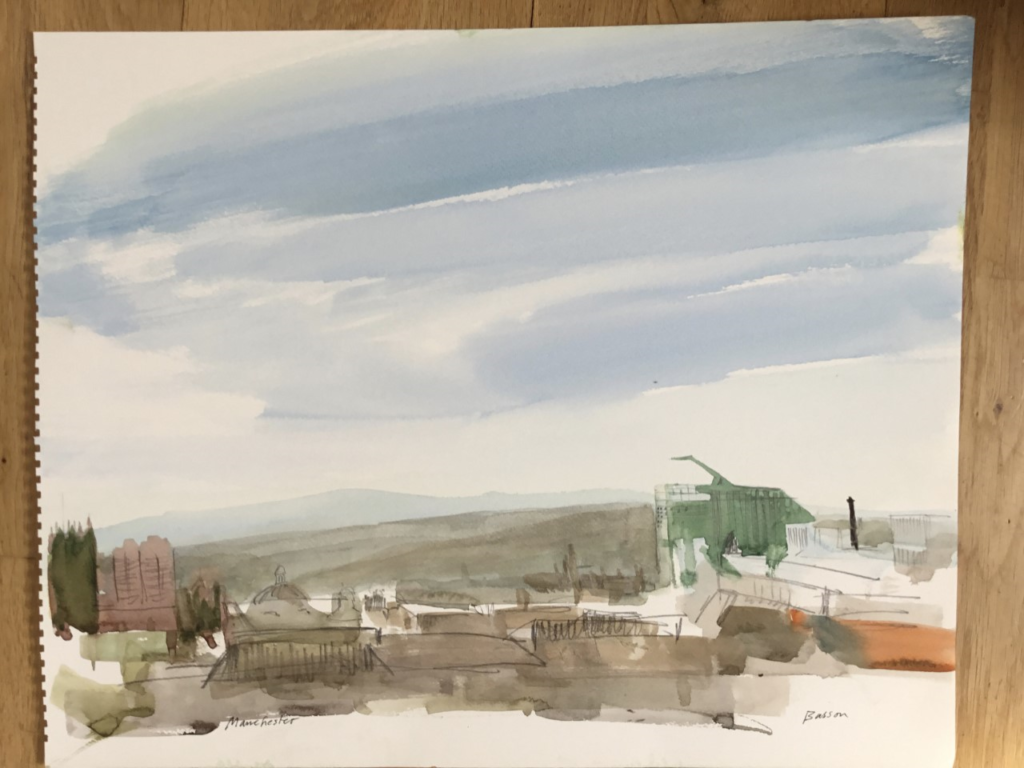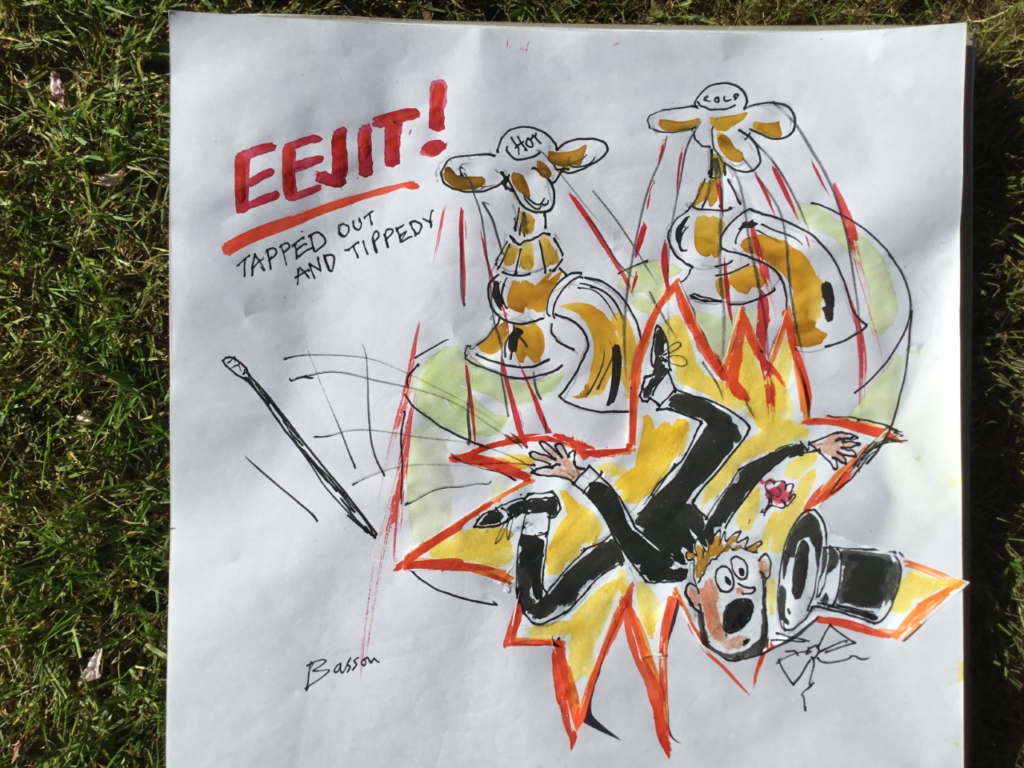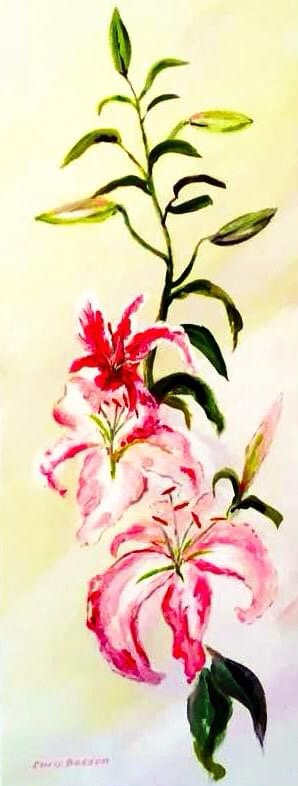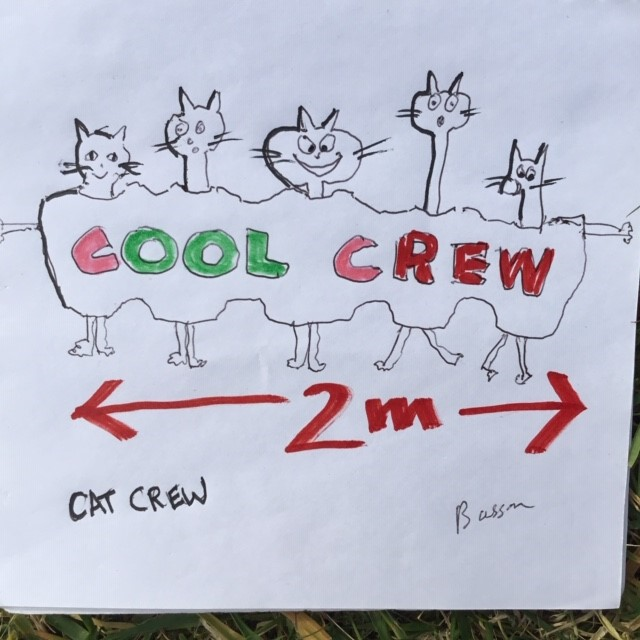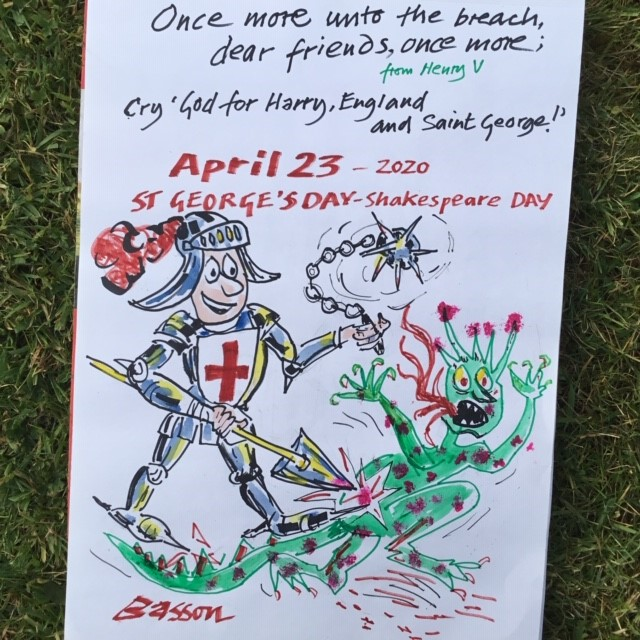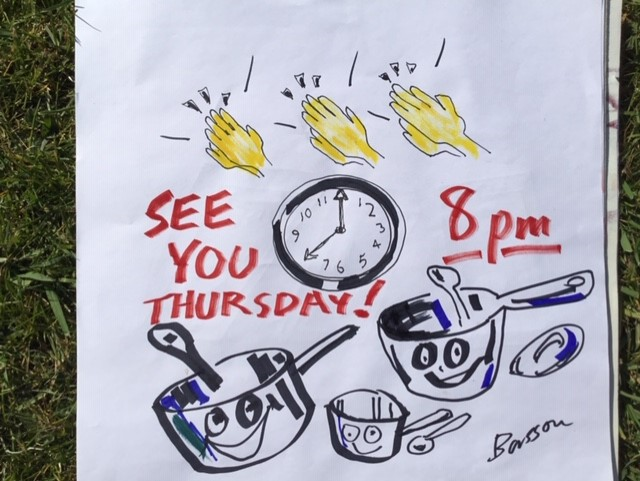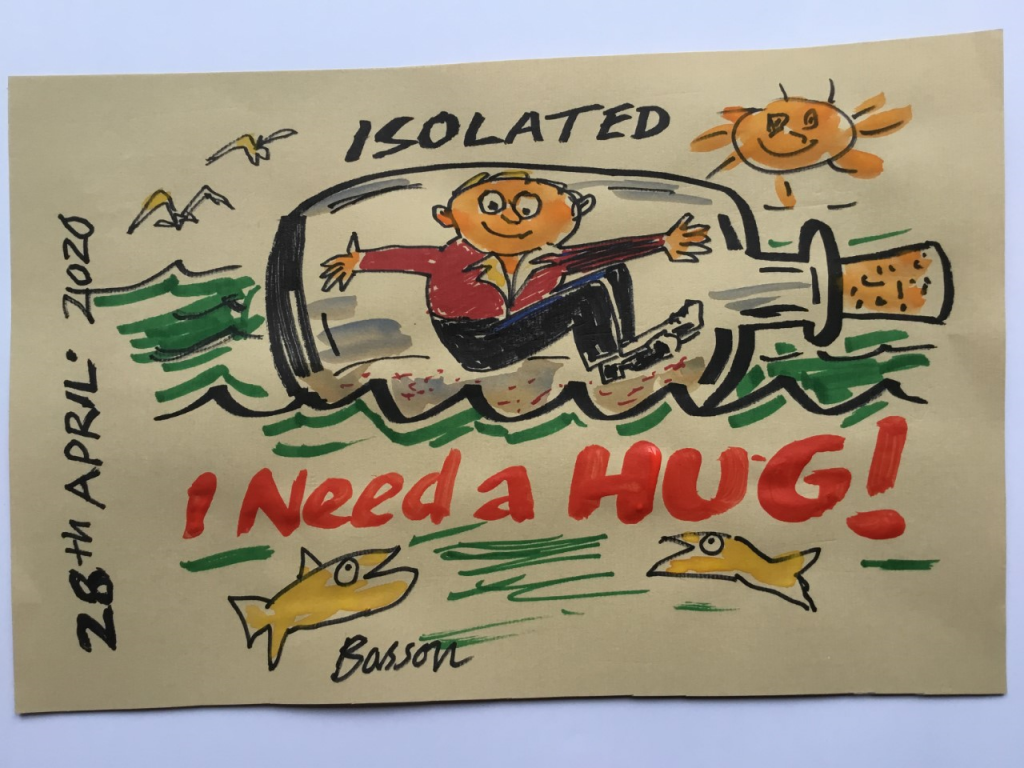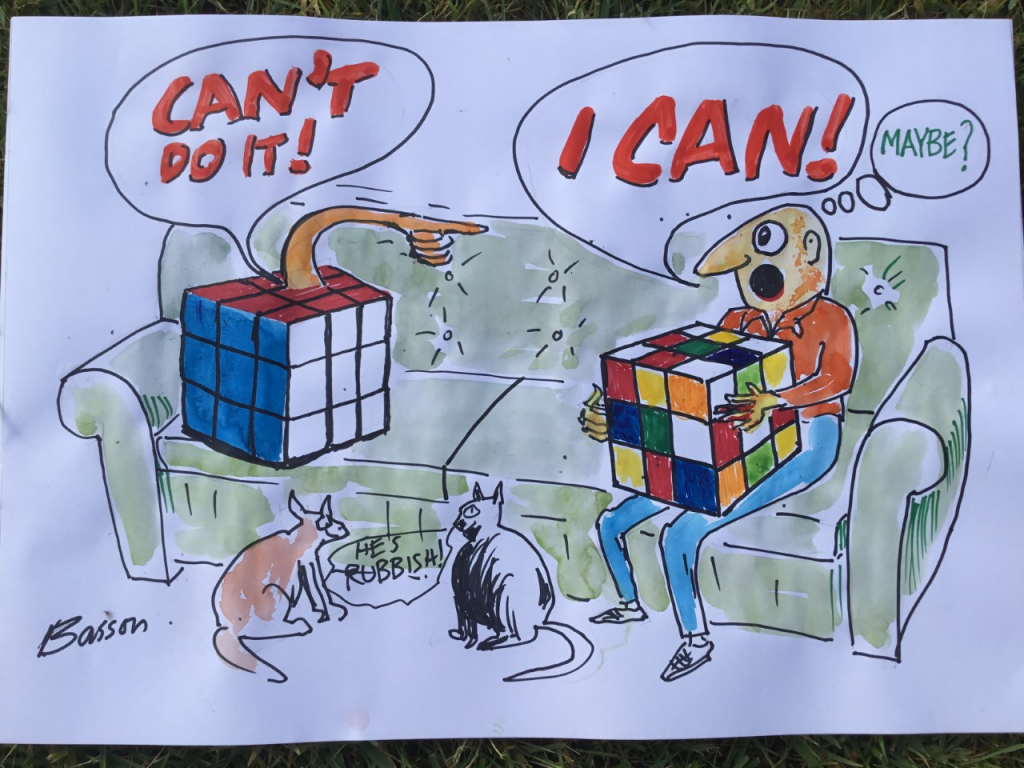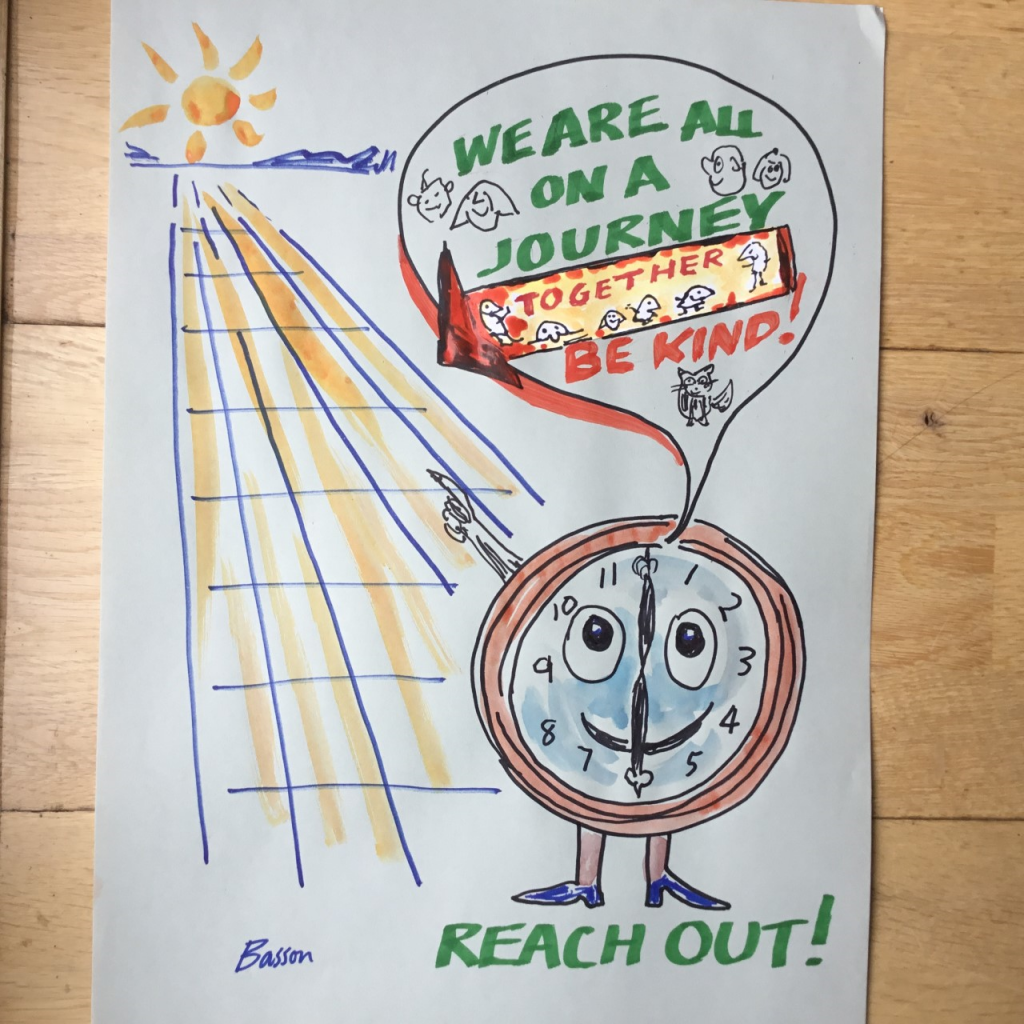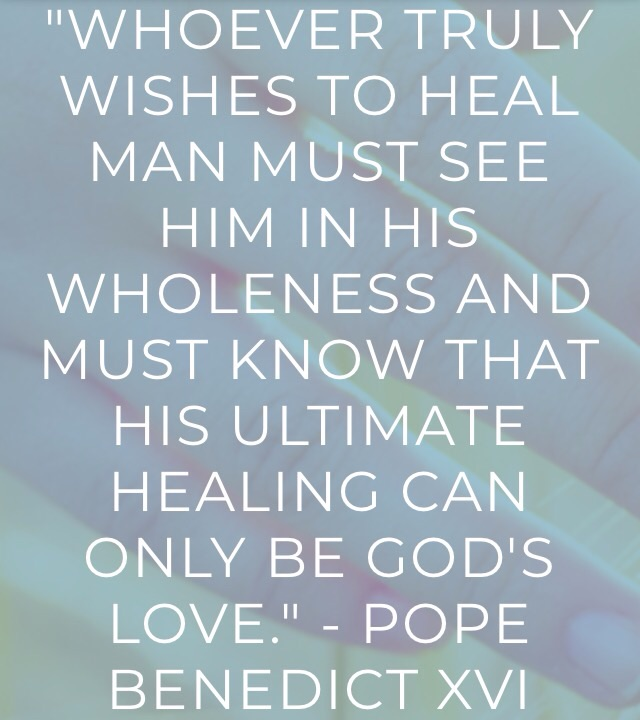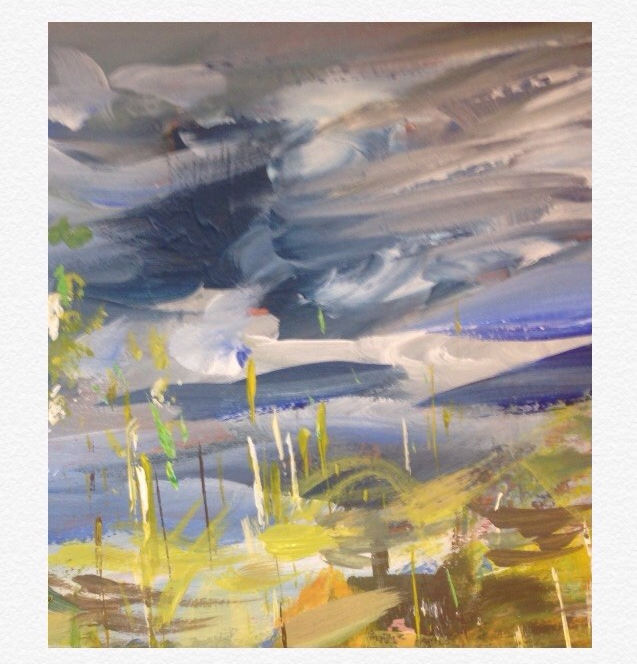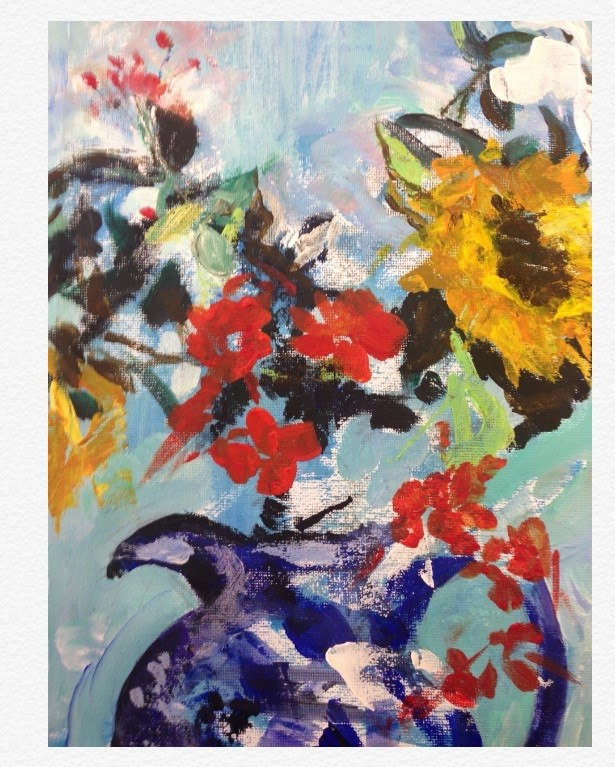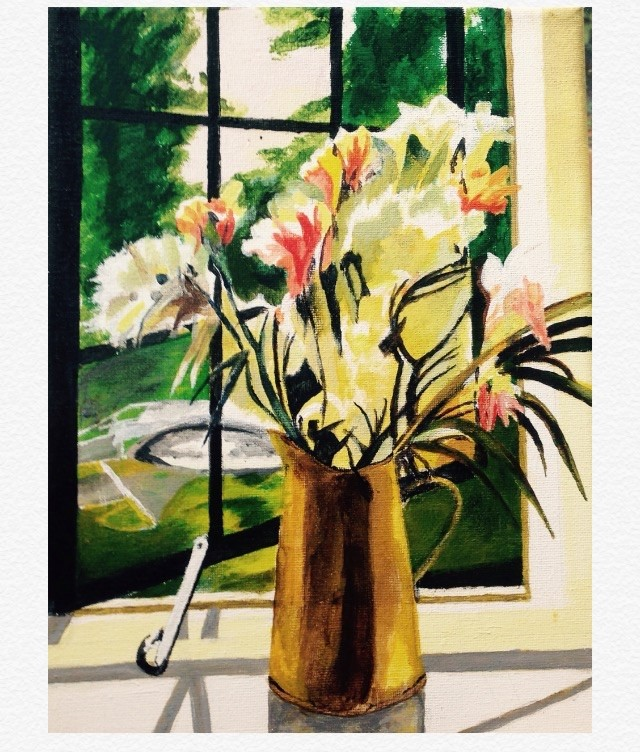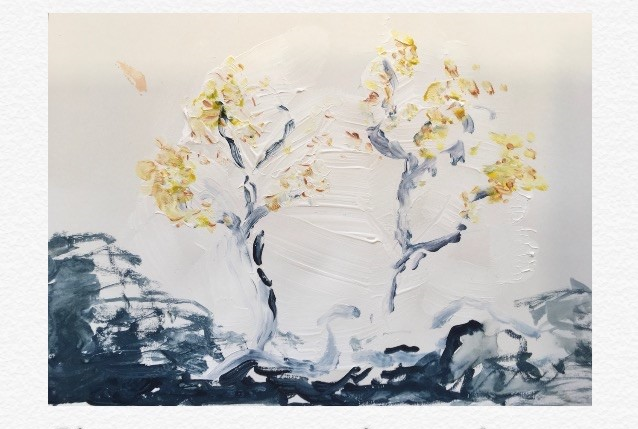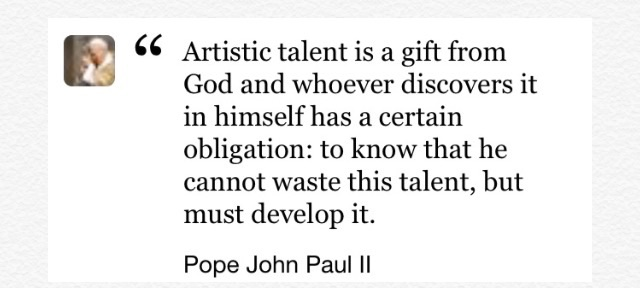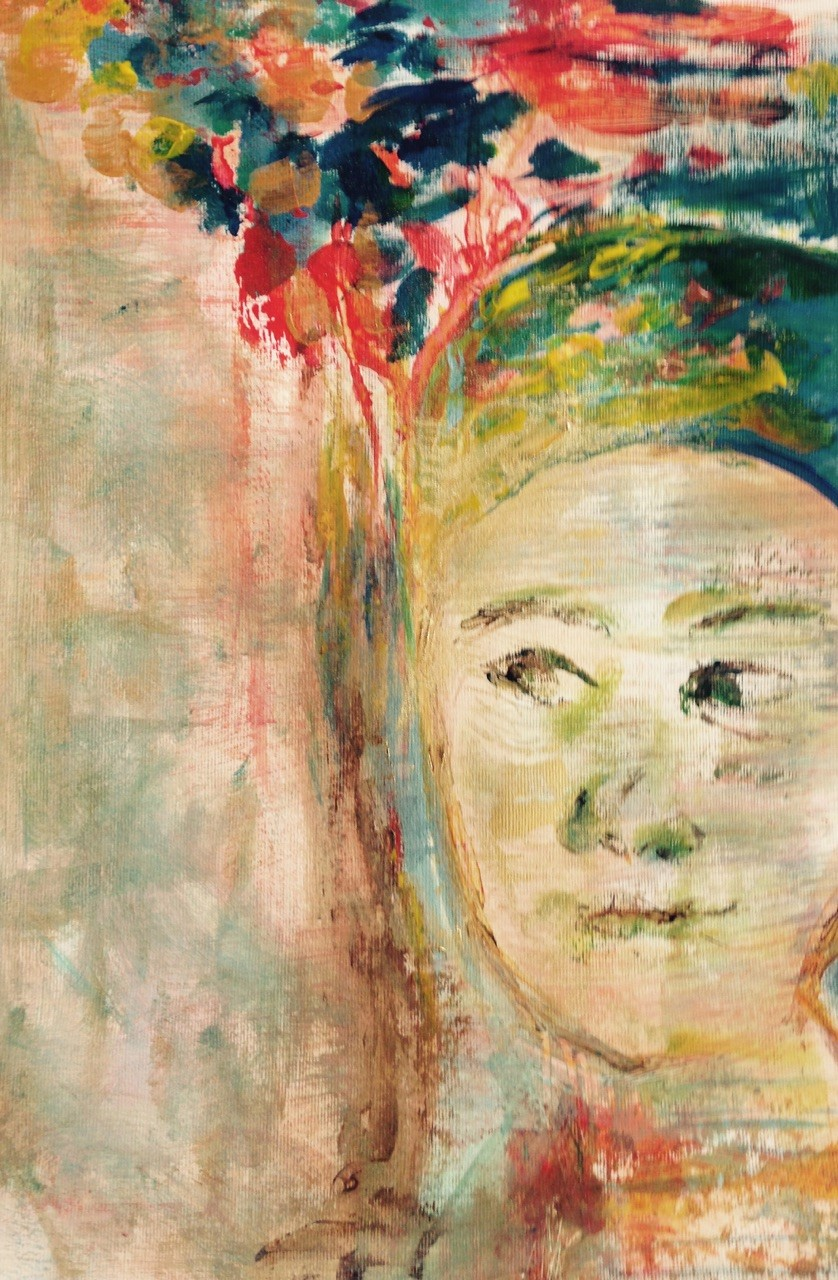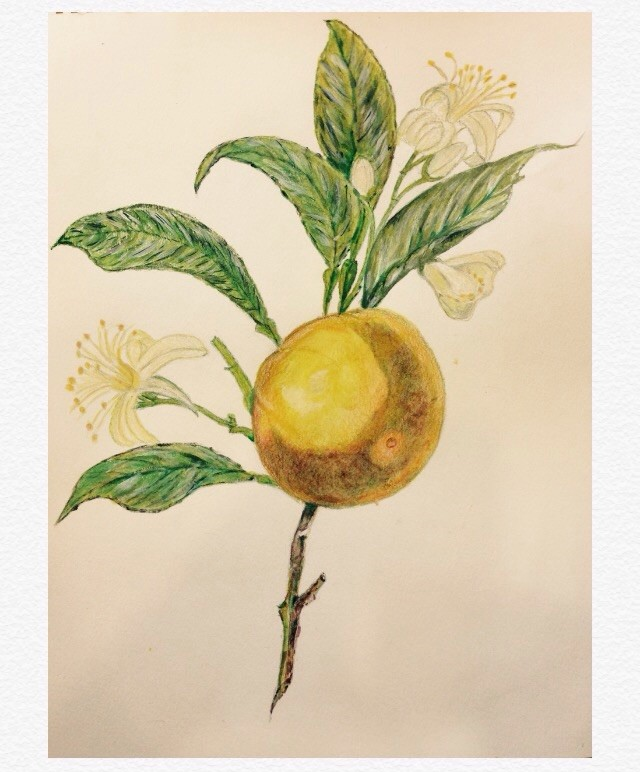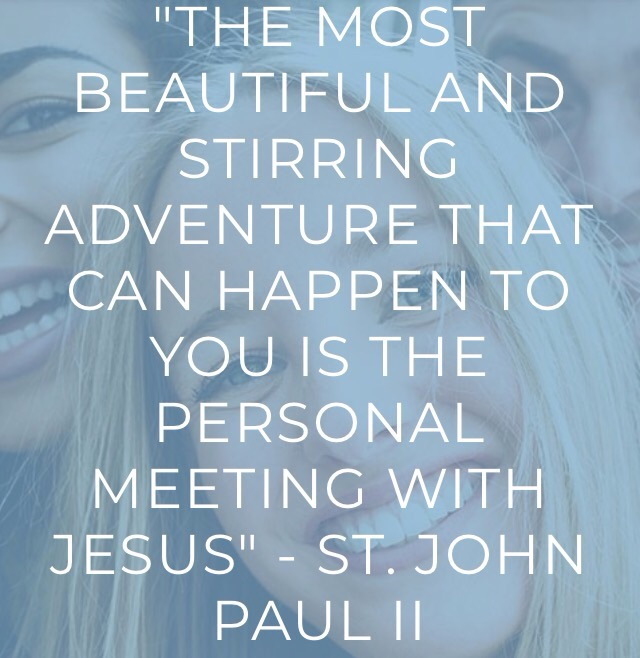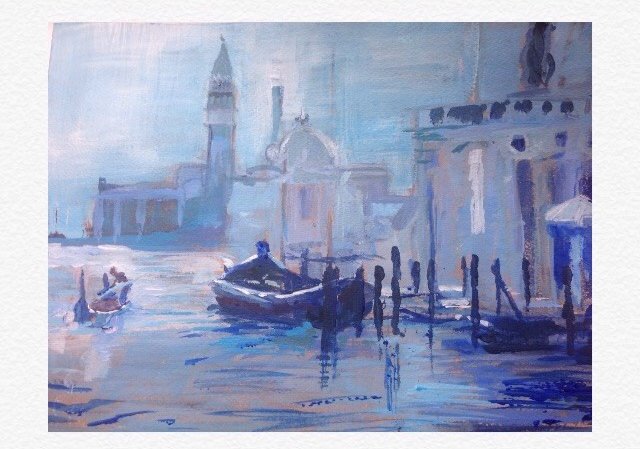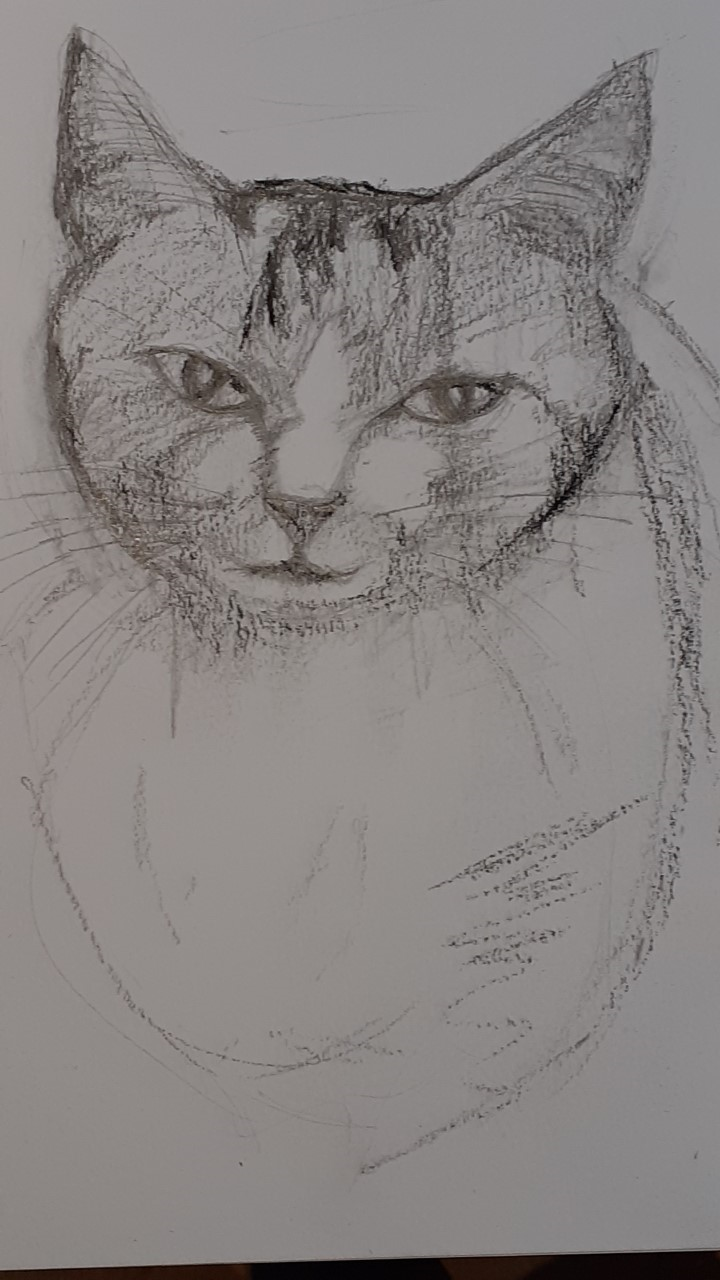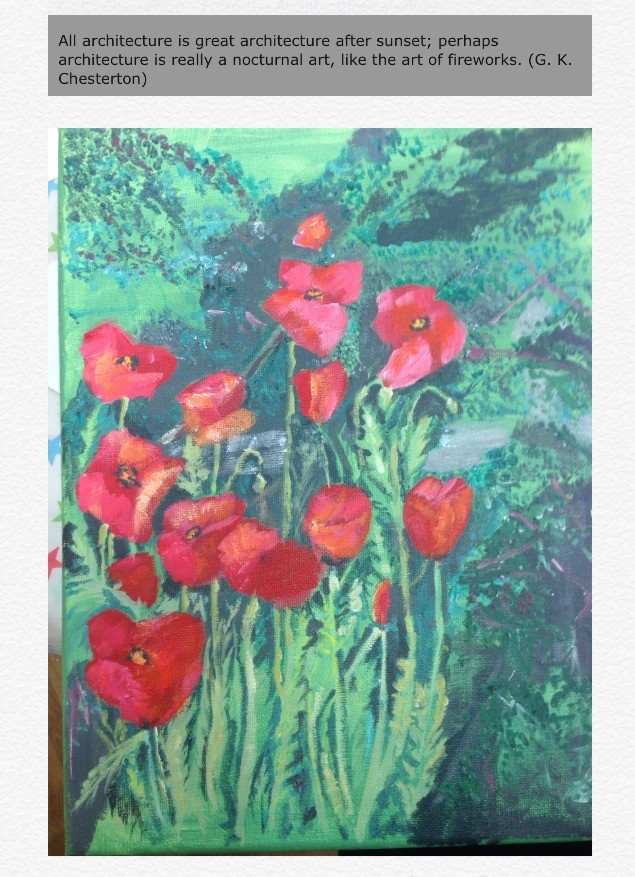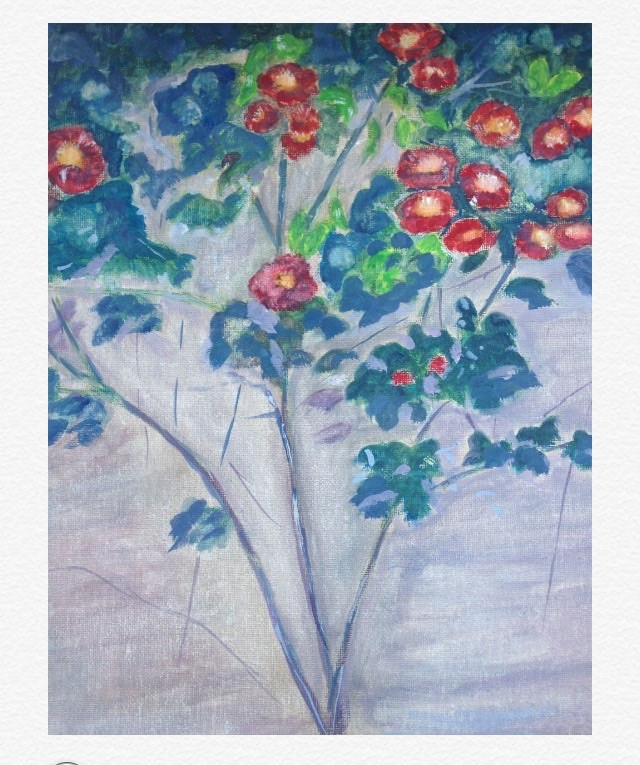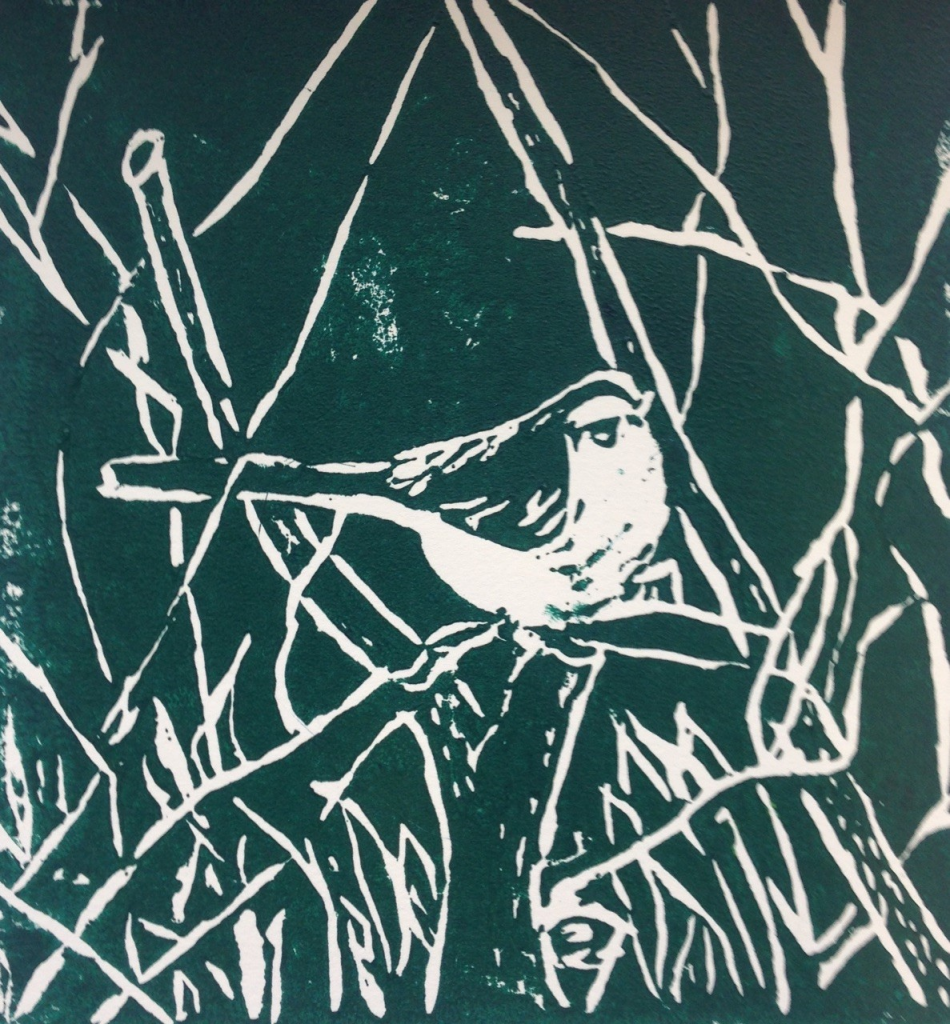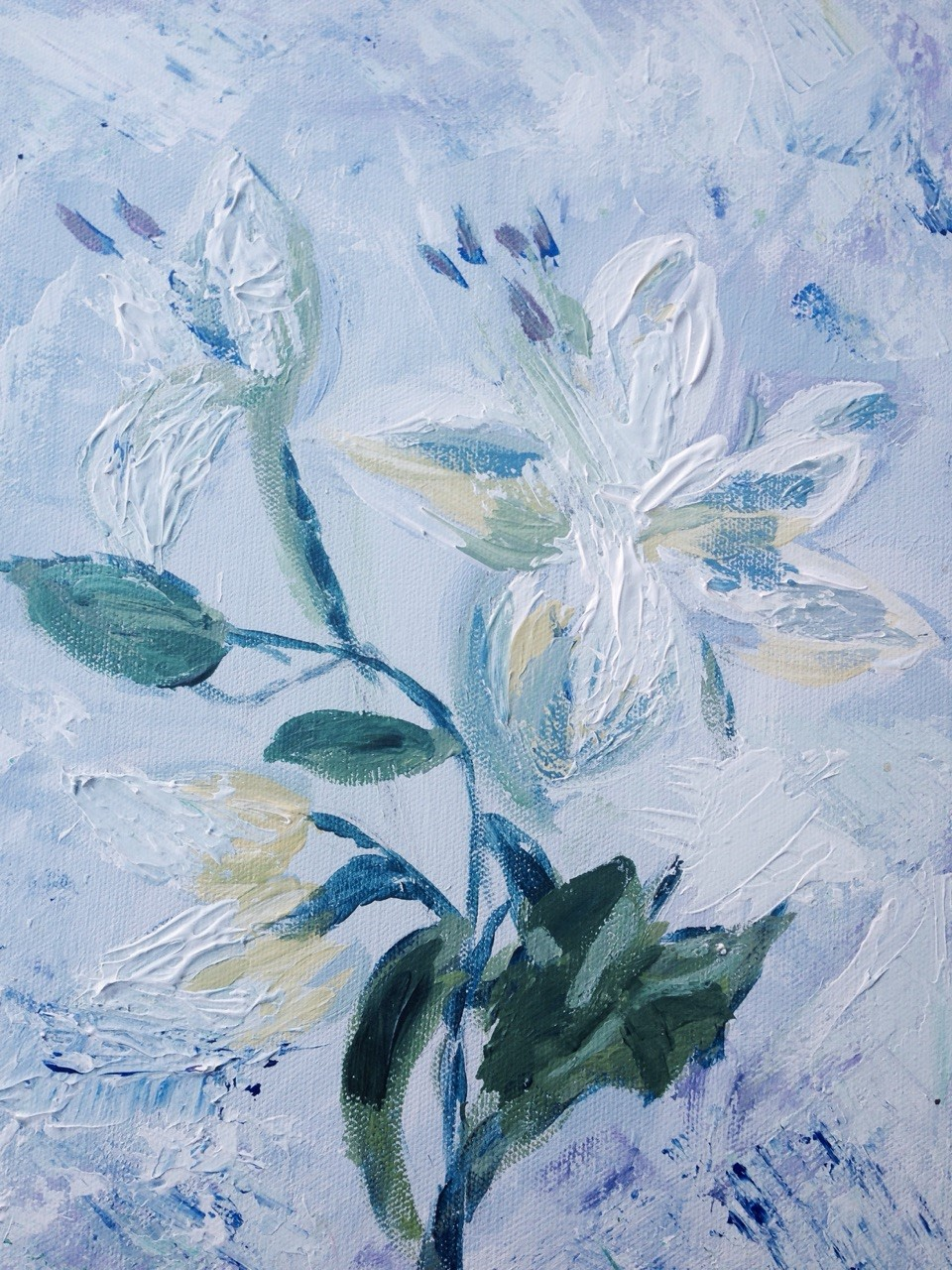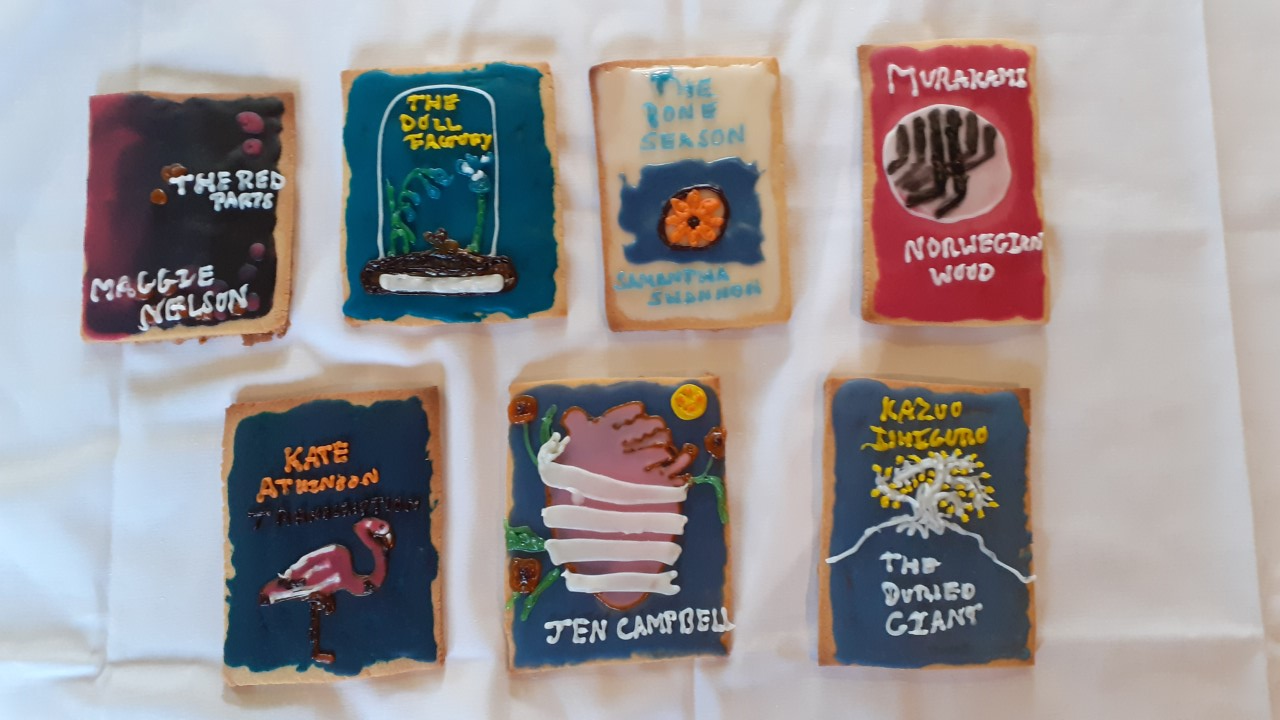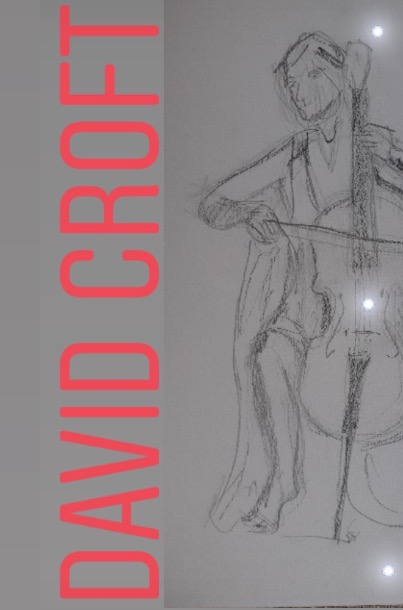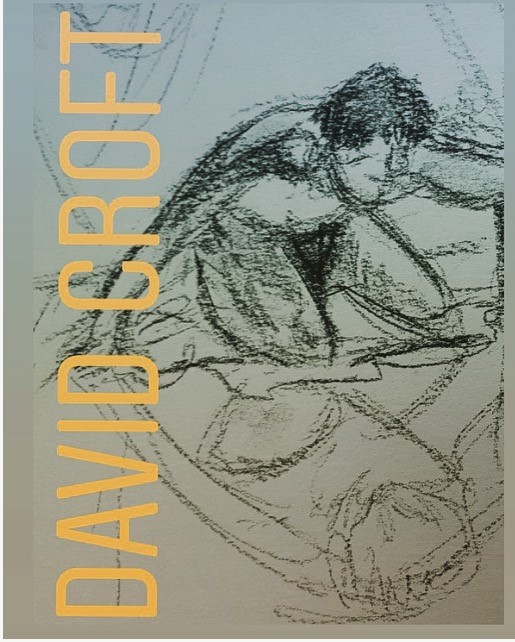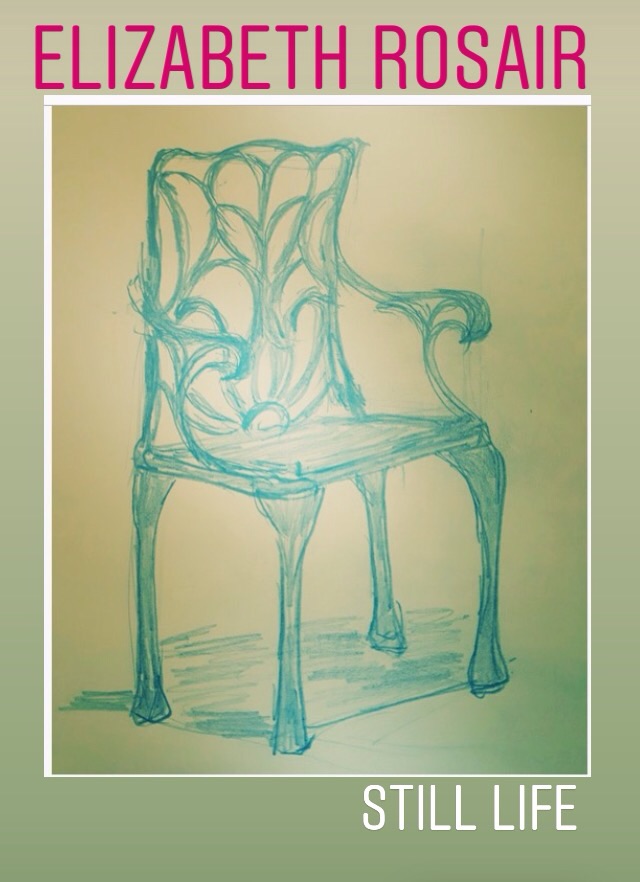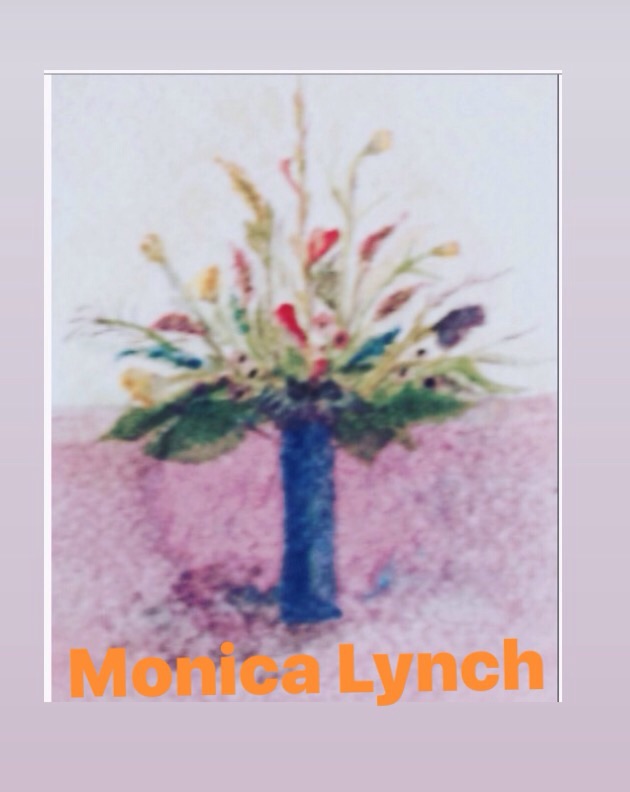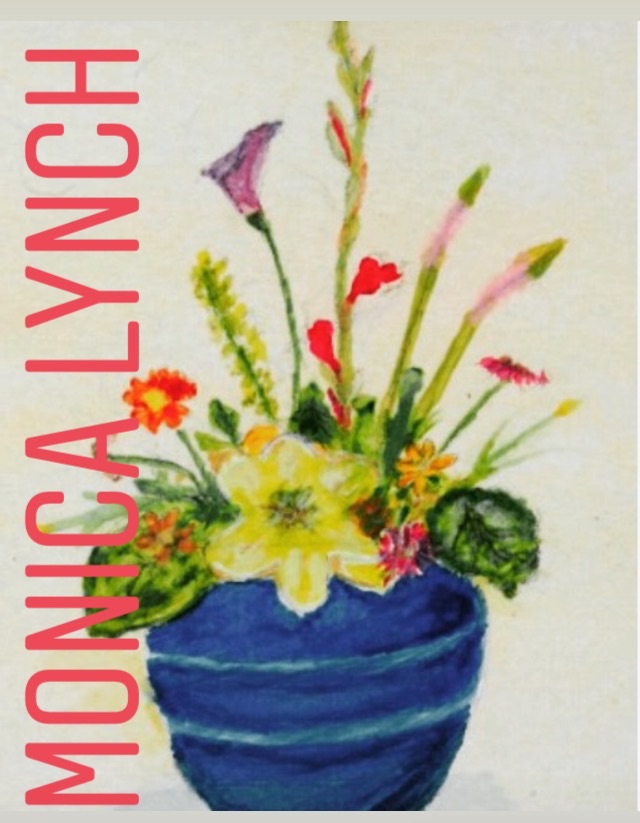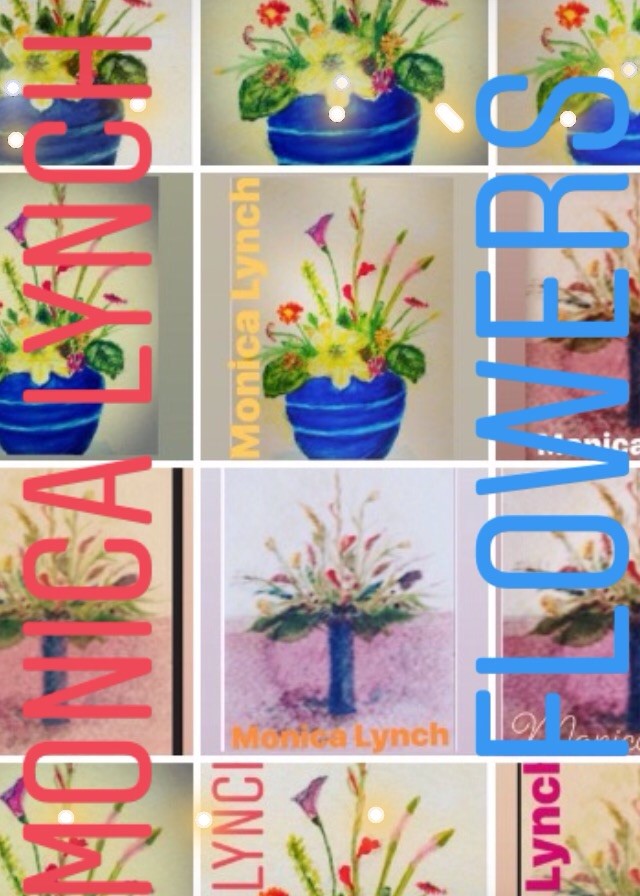NEW!! SENIOR PARISH ART CLUB (S.P.A Club)
Professional art tuition for Senior Parish members. Meet every Wednesday of the month in the Upper Room of the Windhill Churches Centre.
Learn how to draw, paint and print using all mediums. Exclusive classes for all levels- beginners will love it!
Started on Wednesday 18th October 2017 at 10.30am Entrance donation £5, all materials provided.
Our first group of Artists produced some amazing art work …..
The Artist, image of God the Creator
‘None can sense more deeply than you artists, ingenious creators of beauty that you are, something of the pathos with which God at the dawn of creation looked upon the work of his hands. A glimmer of that feeling has shone so often in your eyes when – like the artists of every age- captivated by the hidden power of sounds and words, colours and shapes, you have admired the work of your inspiration, sensing in it some echo of the mystery of creation with which God, the sole creator of all things, has wished in some way to associate you.
That is why artists, the more conscious they are of their ‘ gift’, are led all the more to see themselves and the whole of creation with eyes able to contemplate and give thanks, and to raise to God a hymn of praise. This is the only way for them to come to a full understanding of themselves, their vocation and their mission’.
Pope John Paul II, Letter to Artists, 1999
Week 2 – Some more fabulous creations !!
Week 3 and more Amazing pieces !!
Thoughts from Monica Jacobs….
“A favourite film of mine is about an elderly man who travels several American counties on a lawn mower to visit his dying brother who he fell out with years prior . It is a tale of ‘ let it begin with me’ , and forgiveness ‘ .
The film is called ‘The Straight Story’ a true story about Alvin Straight .
A memorable scene among many is when Alvin stops for respite to be greeted road side by a tour of young cyclists .
In between eating burgers and playing ball , one lad unaware of his tactless remark , much to the cringing reactions of his sensitive friend , says ..In a loud southern drawl …’ hey Alvin ! What’s the worst thing about getting old ? ‘
To which Alvin flatly replies with irritation and seniority…..
‘ remembering be young !
Our chat today in the art club was about perceptions of age , to conclude , like Mr Straight ,
No one in the art room is OUT OF DATE.
God is ageless . And so are his creations .
The most attractive truth for catholics should be that we are promised eternal life ! New life , not end of the road life . This is a deal breaker of a truth for me Christ died for me to keep me young and alive forever in Paradise .
If BOOTS the chemist made a cream with that endorsement everyone would be buying that truth .
Beauty and vision is ageless .
Gods dynamism waiting in us can never be old or useless or un- fit for purpose . Unless we let it . Despite the condition of our outwards self .
‘HE looked at the world ‘ , he had created and ‘saw it was GOOD’. …..
Benedictine monks don’t care much about how a person is feeling ( not because they are insensitive) but do care much more about what a person is doing’ !
SPA members get their act together and commit .
They let go of ‘self’ doubts and fears and to let ‘GOD’ . ……..
‘Learn the Art of serenity through the act of trusting .
The senior members of the parish have led me through this advent to the crib scene at st Joseph’s and I am grateful for their ageless and youthful Company .
God bless the SPA members each and every one.
God is with us all this day and every day x
…… and Tiny Tim lol x ”
Our talented SPA Club Artists provided the beautiful back drop to our Nativity this year at St Josephs…
The Wise Men followed the star, and thus came to Jesus, to the great Light which enlightens everyone coming into this world (Jn 1:9). As pilgrims of faith, the Wise Men themselves became stars shining in the firmament of history and they show us the way. The saints are God’s true constellations, which light up the nights of this world, serving as our guides. Saint Paul, in his Letter to the Philippians, told his faithful that they must shine like stars in the world (cf. 2:15).pope Benedict xv1
At the same time, the Epiphany shows to us God who in turn is on pilgrimage, a pilgrimage to man. There is not only the pilgrimage of man towards God; God himself has set out towards us: who is Jesus, in fact, if not God who has, so to speak, come out of himself to meet humanity? It was out of love that he made himself history in our history; out of love that he came to bring us the seed of new life (cf. Jn 3: 3-6) and sow it in the furrows of our earth so that it might sprout, flower and bear fruit.
“To be an artist is to believe in life.” Henry Moore
“If people knew how hard I worked to get my mastery, it wouldn’t seem so wonderful at all.” Michelangelo
“The aim of art is to represent not the outward appearance of things, but their inward significance.” Aristotle .
“No great artist ever sees things as they really are. If he did, he would cease to be an artist.” Oscar Wilde
“I saw the angel in the marble and carved until I set him free” Michelangelo
“Painting is the grandchild of nature. It is related to God.” Rembrandt
Pope Francis wrote…
“Architects and painters, sculptors and musicians, filmmakers and writers, photographers and poets, artists of every discipline, are called to shine beauty especially where darkness or gray dominates everyday life,”
They “are the custodians of beauty, heralds and witnesses of hope for humanity.”
“I invite you, therefore,” he emphasized, “to cherish beauty, and beauty will heal the many wounds that mark the hearts and souls of the men and women of our day.”
The end of the Summer Term .. yet more fabulous creations !
100th Anniversary of Armistice Day
To mark the 100th anniversary of Armistice Day on 11 November 2018, Bishop’s Stortford Town Council is planning to add some elements to the Remembrance Day celebrations this year to make the event extra special.
The Senior Parish Art Group has been invited to participate in designing and creating poppy related artwork to be displayed around the town, including the barrier baskets enroute to the Bishop’s Stortford War Memorial. This has been a great honour and all credit to Monica and the team who have done an amazing job !!
The Senior Parish Art Group at St Joseph and the English Martyrs remembers in their hearts and prayers the families of those who served in WW1.
‘We have produced these paintings from a place of great love and sadness for those courageous men and women who served ‘ God, Queen and Country’.
We remember also the Children evacuated and Mothers who bravely entrusted them to strangers.
Everyone during this time, served through their actions of unity and we thank them for their bravery.
Our people served under the most trying of circumstances’
‘We hope that our display informs the viewer and reflects our feelings of heartfelt gratitude’
Contributing artists:
Vanessa Calladine
Edward Irons
Elizabeth Rosair
Joan Stalley
Anne McLean
Robert McLean
Mary Pontin
Monica Lynch
David Croft
Karen Benskin
Sincere thanks to Fr Peter for supporting the SPA Club and Jacqueline Gething ( Tourist Information Centre)
Bread of life – grain grows to a field of wheat
Sombre for lives lost
Peace of life lost.
Bread of life, of hope and peace;
Peace of life,
Bread of life.
Sweeties for the children,
Smiles of the villagers; kindness meted out.
Bread of life.
Afghanistan 2009
Fabulous work including that created by the SPA group also displayed in the window of the Bishop’s Stortford Tourist Information Office this week…..
Beautiful Advent display on the English Martyrs Altar at St Joseph’s 2018
Thank you very much to Monica for all of her hard work, time and dedication putting such a creative display together and to the members of the Art group for generously donating some of their wonderful pictures. Simply stunning!
A Fabulous start to 2019 !! More beautiful SPA Group Art work on display at the Bishop’s Stortford Tourist Information Office …
A few words from Monica….
‘The start of lent and another collaborative project between the tourist board and the SPA club . The monthly theme of Trails and walks ties in with the start of lent . A chance to reflect on nature and what god has created for us .The work on display is energised and gentle at the same time . Like nature quietly storing up its necessary food under the cold rough ground before revealing its spring time flowers and colour .I feel the work on display identifies with the inner quietness and focus of the artists ‘ who painted them ….. Waiting , looking and being mindful of the beauty all around ‘
Lent and Easter 2020
Monica has kindly given permission for her paintings to be shared on our web site which are absolutely beautiful!
Whilst at the time of writing this post ( 21st April 2020) the country is still on ‘ lock down’ due to the COVID-19 epidemic and our Churches remain closed. Mass is celebrated behind closed doors and we join our fellow Parishioners sitting on ‘ virtual pews’ via our Live stream service. Having the Livestream has meant that we now have a new ‘online community’ of Parishioner friends from across the country and in fact across the globe.
One of our new ‘ On line friends’ is Christopher Basson who is an 81 years old Artist from Worsley in Manchester. Christopher joined our livestream Mass one day and sent a lovely ‘ Thank you’ message to Father, accompanied by some fabulous pictures that he had created and is happy to share with us all.
We welcome Christopher as a visiting guest member of our SPA Club. Thank you for sharing your wonderful paintings and cartoons with us!
Christopher said: ‘The Lion is, Jesus the lion of Judah. If you look at it more closely it secretly shows the Purple cross (Royalty) in the cornfield .The moon is a reference to ‘as fair as the moon‘ Song of Solomon six verse 10 the symbol of the Church’
A Note from Monica Jacobs during Covid-19 lockdown..
From day one, the club have produced beautiful work . They have studied pigment and colour values . New paint techniques have been practised and mastered over many terms the challenges of producing good art . As their tutor I’m just thrilled at the confidence and originality of each members work . The groups ability to act on instructions with dedication and focus is quite incredible .
I hope you enjoy this mini gallery of diverse and stunning art work …
Anne McLean. Colourist and incredible! Scottish Artist
Karen Benskin …contemporary colourist and striking painter , nurturer of friendships.
Edward Irons.. Master Painter.
Giovanna expressive and moving …..
Great gesture painter , who has a natural way of expressing and catching the moment .
Sunflowers by Vanessa Calladine , an artist who absorbs the subtitles in colour and the delicacy and drama of nature .
Amen x
In memory of Mary Pontin RIP
Stunning botanical painting by Joan Zurenkas . Artist , amazing cook , incredible friend and woman of prayer . X
The SPA Club present… David Croft..
Margaret Morgan colourist, gardener , mother , grandmother , writer and friend .
Evening song Margaret Morgan
Essex Plains by Elizabeth Rosair
Elizabeth Rosair landscape artist , PRAY – ER ! contemplative and generous grandmother who takes all her family and friends to prayer each day .
Our Lady Queen of the snows …Monica Jacobs
Monica Jacobs – Talented Artist and Teacher Extraordinaire .. Loving Mother.. Daughter.. Sister.. Friend.. Generous, Beautiful, Faithful and Kind Prayer Giver..
Monica Lynch acrylic on Canvass highland landscape . ..
Friend , rock and daughter of our blessed mother , Sacristan and Eucharist minister to the dying and the housebound Plus a wonderful artist !
A Beautiful flower by Heather Scadding, a visiting local Artist and friend, who has kindly shared her talent with us.
Creativity comes in a variety of forms .. including edible ones! See these fabulous biscuit books made by Susannah Croft..
Communing Beyond Communion— Bishop Hugh O.S.B– forwarded to our Oblates of Pluscaden by the oblatemaster, May 2020 during “lockdown”
FULL TEXT—-
I read this the other day: “‘Communion’ is indeed the normal permanent condition of ‘live’ Christians, whose duty it is to cherish it. All their lives are lived in a spirit of communion, and it bursts into flame every time the sacrifice is completed with the reception of the ‘body and blood’” (J. A. Jungmann, The Place of Christ in Liturgical Prayer, ET 1965, p.258). We can say the same thing the other way round: ‘Holy Communion’ leads to communing. It is given us for that. The Eucharist is celebrated so as to be lived. At this time, when Communion has gone ‘virtual’, I’d like to explore these wider dimensions, these Eucharistic echoes and repercussions in daily life and focus on that “normal permanent” communion / communing Holy Communion makes possible for us. The Eucharist as it translates into daily life.
Three forms of this communing come to my mind.
But let me lay a foundation first. We are in the Easter season. There is a tradition that, when he rose from the dead, Jesus appeared first, privately as it were, to his mother. The Gospels don’t say he did, but they don’t say he didn’t. We can accept this, or not, as we wish. However, an Austrian poet who died almost a century ago, Rainer Maria Rilke, dedicated a memorable poem to an imagined Easter meeting of Jesus and Mary. It is called the Quietening of Mary. Jesus comes to his mother and, in a gesture of reassurance, puts his hand on her shoulder. Then, goes the poem:
“They began,
quiet as trees in spring,
infinitely and at once,
their season
of utmost communing”.
It’s hard to catch the beauty of the original, but the point lies in the last two lines, and especially the final phrase: “utmost communing”. This mother and son always had a unique relationship, but after the shared horror of Calvary and its reversal in the Resurrection, this relationship must have gone still further. It must have moved into an ultimate intimacy, the beginning of their relationship in heaven. It’s worth pausing on this post-Resurrection union of Jesus and Mary. It fits well at the beginning of our Easter season. It underpins it. It symbolises the relationship between Christ and the Church opened for us by Easter and Pentecost. It evokes that “normal permanent condition” I began with. The whole New Testament is a song to the new “communion” the New Covenant has made possible. Take St Paul, for example: “now that we have been justified by faith, we are at peace with God through our Lord Jesus Christ; it is through him, by faith, that we have been admitted into God’s favour in which we are living, and look forward exultantly to God’s glory” (Rom 5:1-2).
Eastertide – and lockdown – are an opportunity for appreciating a little more “the breadth and length and height and depth” (Eph 3:18) of what Christ and the Holy Spirit have made possible. Imagine you have been given the very best and latest PC, but have hardly begun to explore all it enables you to do. Or your great aunt has died and left you a chateau in the Loire Valley. You have the title deeds, you have the key, but you’ve only so far spent a single night there. You have yet to discover the treasures it holds. As Jesus said to the Samaritan woman, “If you but knew the gift of God!” (Jn 4:10).
So, how in lockdown, can “ultimate communing” be begun? How does Holy Communion morph into daily communing? How can our whole life be Eucharist?
I’d just mention three things – all close at hand, all for cherishing, all simple.
St Benedict wrote a rule for households – of monks. You could say he wrote for households in lockdown; he expected monks to be at home. And one of the many striking things his 6th c. Rule insists on is respect for things, material things, the objects around us, the objects we use on a daily basis. St Benedict’s monastery has two focal points: the oratory and the kitchen. It has two tables: the altar and the table in the refectory. They are both holy. The bread of both is holy. They both involve service, of the Lord and of the brethren. They are as connected as the two great commandments. There’s a flow between the two. So, he tells the monk in charge of the domestic economy: “Let him look upon the utensils of the monastery as upon the sacred vessels of the altar” (Rule 31:10). The pots and pans, the cutlery and crockery, the cupboards and chairs are sacred. So, “if anyone treat the things of the monastery in a slovenly or careless manner, let him be corrected” (32:4). Everything is to be kept clean and in good condition. If someone working in the kitchen or storeroom or bakery or garden breaks or loses something, he must go before the abbot and whole community and disclose it. He wants the cooking to be done well. “God walks among the pots and pans”, said St Teresa. St Benedict would have warmed to that. He expects respect for the paten and chalice, as it were, and the “sacramental matter”, of our daily life. He rather likes lists and inventories. He seems to enjoy mentioning things: items of clothing and socks and shoes and beds and bedding, needles and writing materials, belts and knives. We would have to add tablets, phones, cars. For St Benedict, daily household life is a kind of Eucharist. Christ is present there as well as in the church. The whole of life turns sacramental. Cherishing things is a way of cherishing the Lord and sensing his presence. What’s made can connect us with our Maker. We don’t have to turn our lives into a perpetual Japanese tea-party, certainly, but it is good to remember that things are not simply “ours”. “The Lord’s is the earth and its fullness”, says a Psalm. Our world tries to recycle, but it’s a battle. We live in a world of plastic wrapping and a throw-away culture, where everything can be replaced, where the only value of things is their cost. Things are not respected for being what they are: works of nature, works of art, works of God. St Benedcit was an ecologist, really. He would have shaken his head at the litter accumulating during lockdown, when waste collections are reduced. By contrast, like the prophet Zechariah, he would have us anticipate the day when “every pot in Jerusalem and Judah shall be sacred to the Lord of hosts” (Zech 14:21). Lockdown slows us down and slowing down can help us sense things we normally don’t.
2) Closer still is the “now”, the present moment. The “sacrament of the present moment” is a fine phrase attributed to a 17th / 18th c. French Jesuit, Jean Pierre de Caussade. He was an apostle, as it were, of a simple theme. We are called to commune with God, to live lives united to his will. This is holiness, this is grace. “Thy will be done.” But where do we find this will? “The word is very close to you”, de Caussade would say. God’s will comes to us in the ordinary events of daily life. It’s in front of our nose. It’s in our ordinary responsibilities. It’s in the ups and downs of every day. We do God’s will by doing what we have to do and undergoing what we undergo, the sorrows and joys. God is at work everywhere: “everything that takes place within us, around us or through us contains and conceals the divine action”, he wrote. He often wrote to nuns, whose lives in those days were indeed in permanent lockdown. And his message was, cherish the present moment: leave the past to God’s mercy and the future to his providence; don’t live in bitterness about the past or in fantasy about the future. Live in the now. That’s where Christ comes to us and we meet him. Life is simple. There is something very beautiful, sacramental, just in the shape of a day, with its sunrise and sunset, its phases, its rise and fall. Perhaps our current stillness can give us more sense of this: every day is a host we can offer to God on the basis of our baptismal priesthood. Unsurprisingly, de Caussade draws a comparison with the Eucharist. “How many people understand that every cross, every action, every attraction according to the designs of God, gives God to us in a way that nothing can better explain than a comparison with [the holy Eucharist]?…Don’t we know that by all things and people, and by every event the divine love desires to unite us to himself, that he has ordained, arranged or allows everything about us, everything that happens to us with a view to this union? …He uses the worst things and the best things for this, the most distressing events and the pleasantest ones…If this is true, every moment of our lives may be a kind of communion with the divine love, and this communion of every moment may do as much as that which we receive in the Communion of the Body and Blood of the Son of God. This latter, certainly, is effective sacramentally which the former isn’t, but on the other hand how much more frequently cannot it not be renewed?…O great feast! O perpetual festival?” (Abandonment to Divine Providence, Ch. 2, §VII). “All you who thirst”, he says, “learn that you have not far to go to find the fountain of living waters; it flows very close to you in the present moment; therefore hasten to find it” (Ch 2, §IX). It’s through the sacrament of ordinary life, the here and now, in the furnace of each day, that we really learn – heart-knowledge – of God, and can live at peace with him.
3) Lastly, very close again, part of the same thing and another dimension for “communing beyond Communion” is simply one another. If we’re not alone, it’s those we are locked-down with. We all know the challenging side of that; we’re good at being part of the challenge ourselves. But there’s an old monastic saying, “Your brother is your salvation”. We can say, your brother is your Easter, your cross and your resurrection. And for “brother” you can substitute wife, husband, child, parent, friend. “Whoever does not love his brother whom he can see cannot love God whom he cannot see” (1 Jn 4:20). My brother is my Easter.
There’s a story here from the life of St Benedict. As a young man, he became a hermit up-country away from Rome. He lived in a cave with minimal human contact. It was Easter, and the local parish priest, some miles away, was sitting down to a good meal to mark the end of Lent. Then the Voice spoke: here are you sitting down to your Easter meal while my servant [Benedict] is going hungry.” The priest was a good man. Up he got, put together a doggy bag and went off into the wilds to find our man. He had to climb cliffs, navigate valleys, cross ditches. Finally he found St Benedict. They sat down and talked about spiritual things. Then the priest said, “Let’s eat. It’s Easter.” So cut off, so locked-down, had the young Benedict been that he didn’t even know it was Easter. But he made a beautiful reply to the priest: “I have the grace of seeing you; so it must be Easter.” (Cf. Dialogues of Pope Gregory the Great, II, 1). Well, it will be good when we can see each other again, won’t it? But even now, those I do see are an Easter, and Easter, like the meeting of Jesus and Mary, is the beginning of our “season of ultimate communing”.
So, let’s cherish the things around us, cherish each day and its happenings, cherish one another.
This week the SPA club share the art work of Elizabeth Rosair and Monica Lynch .
A beautiful painting of ‘ Windfall Today’ by Chris Basson
